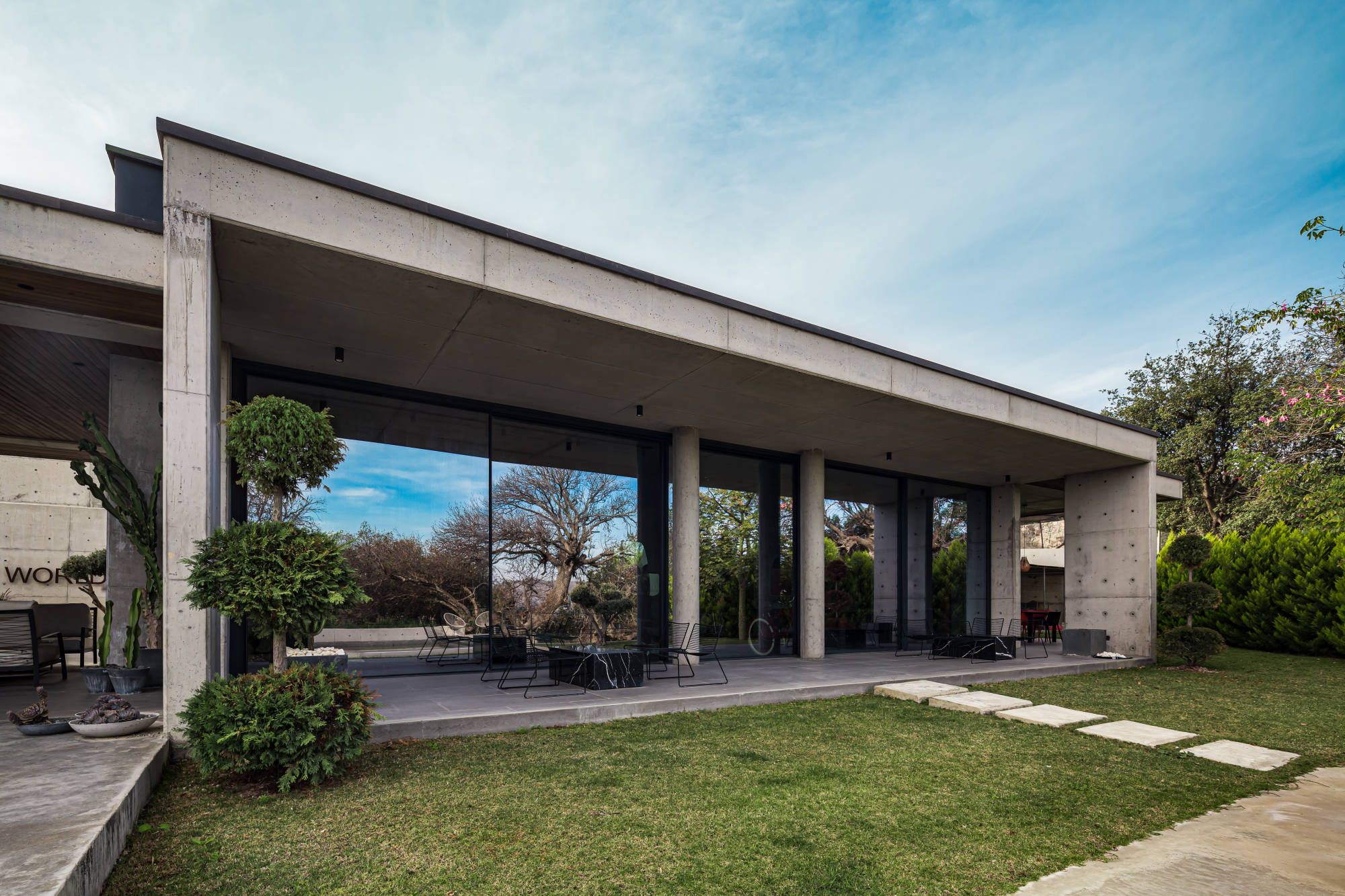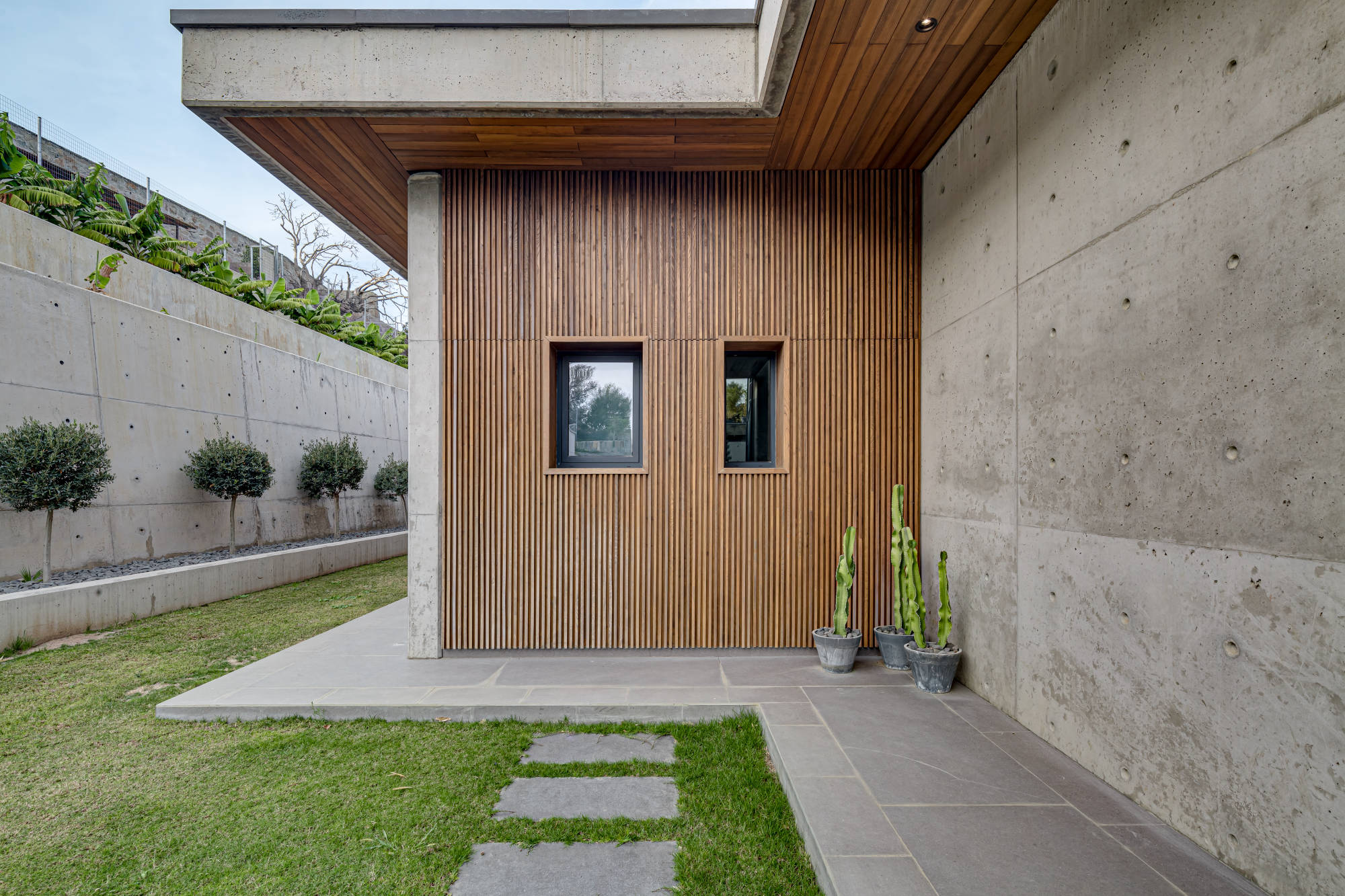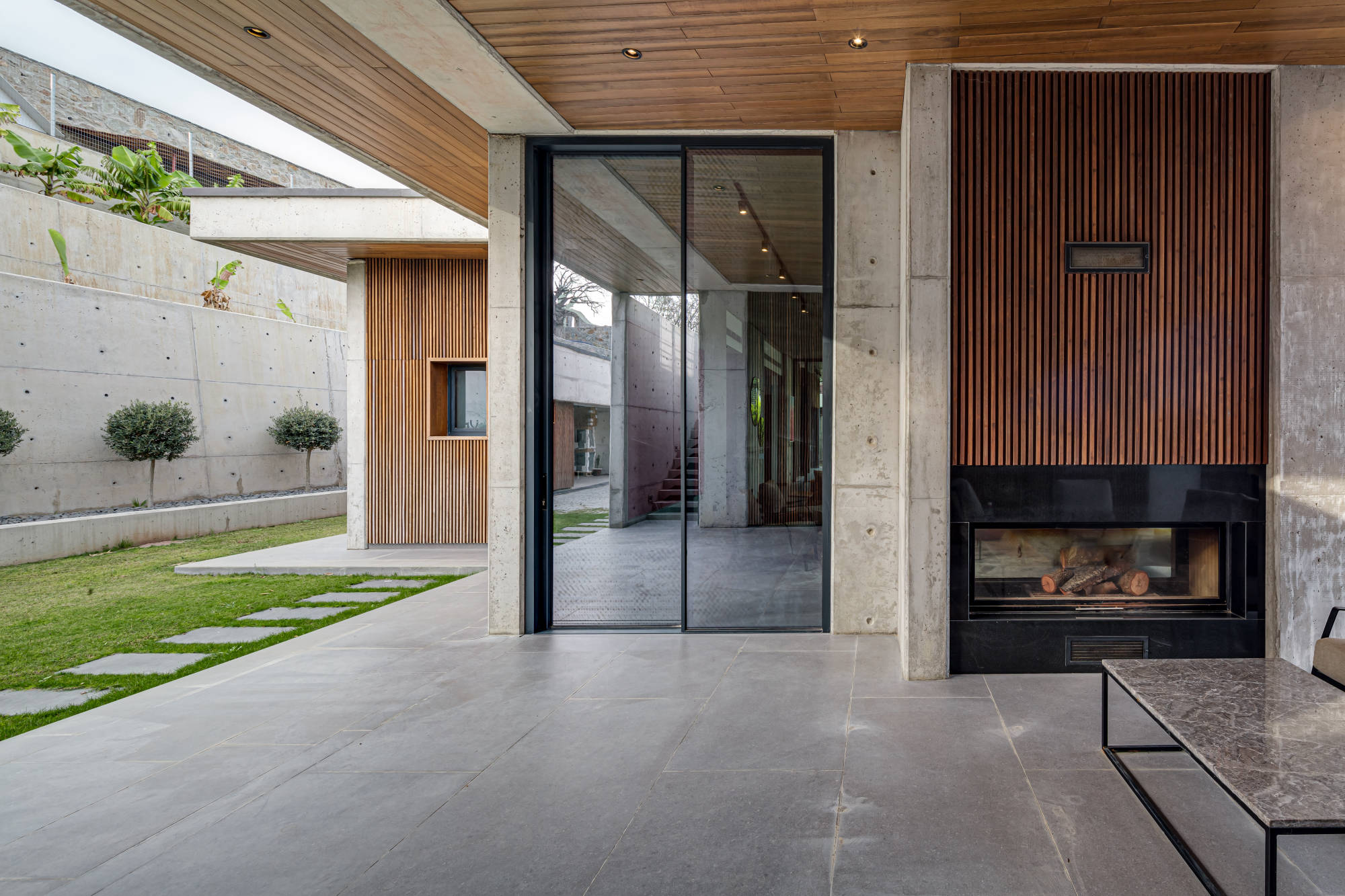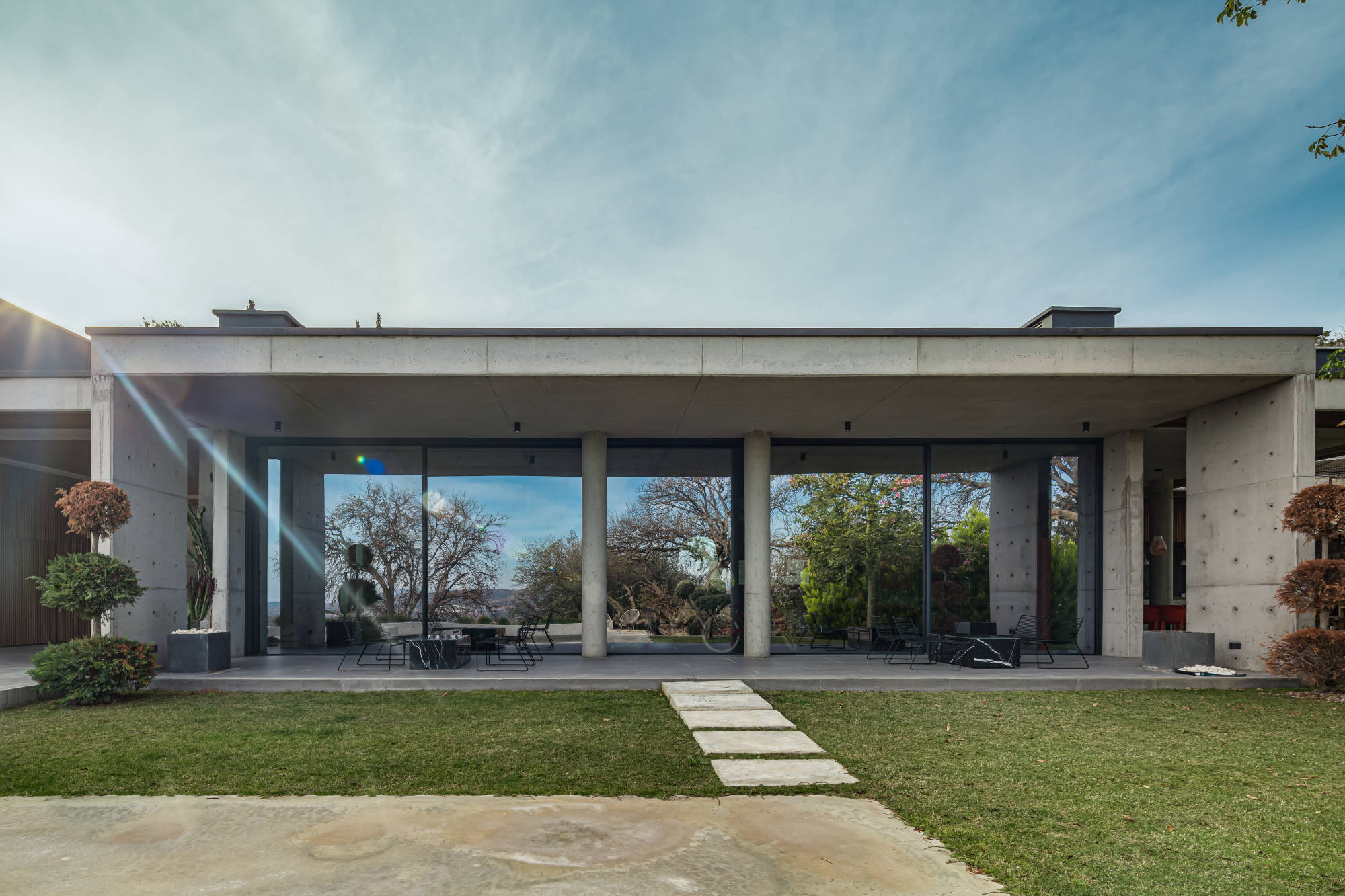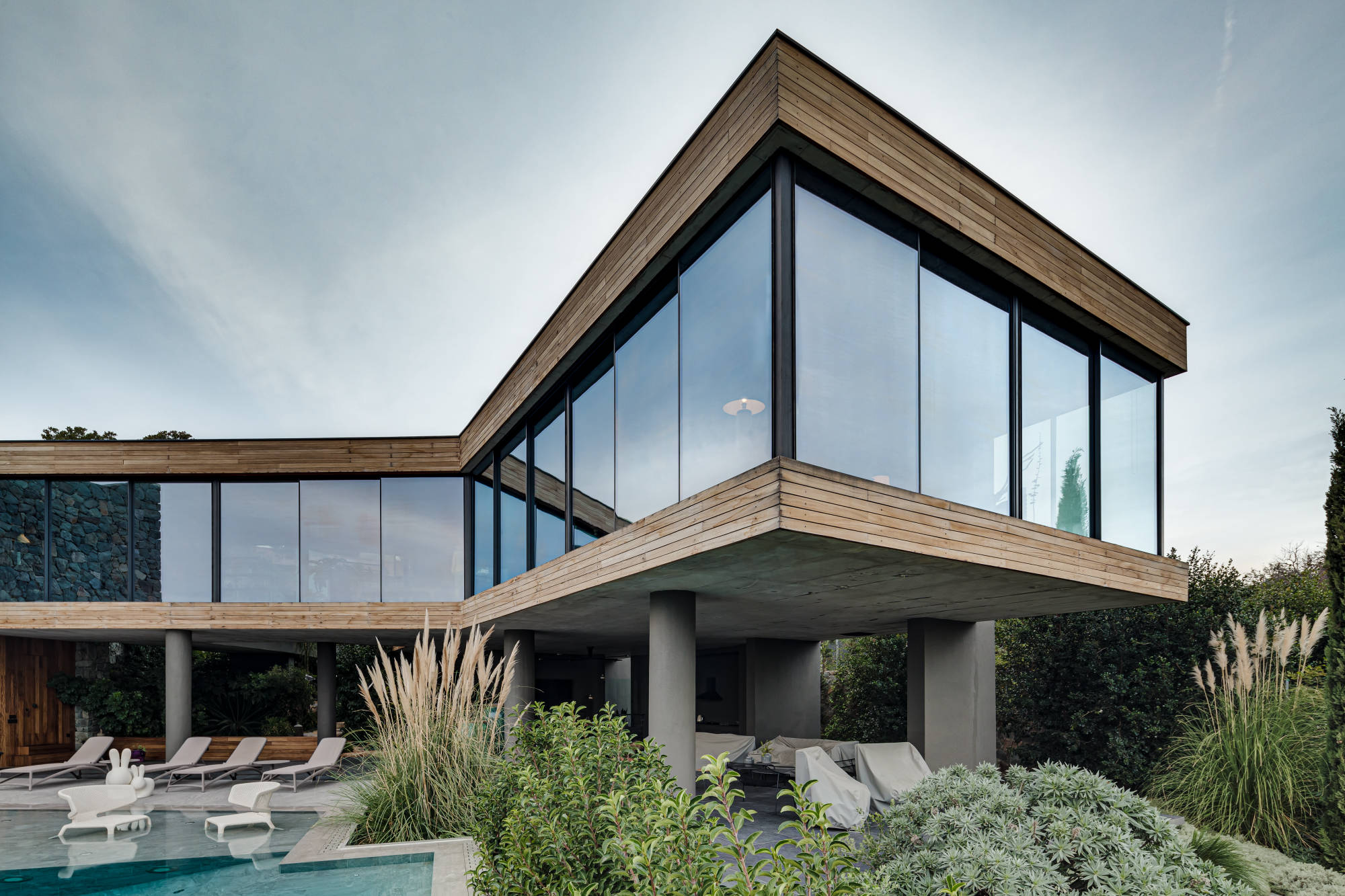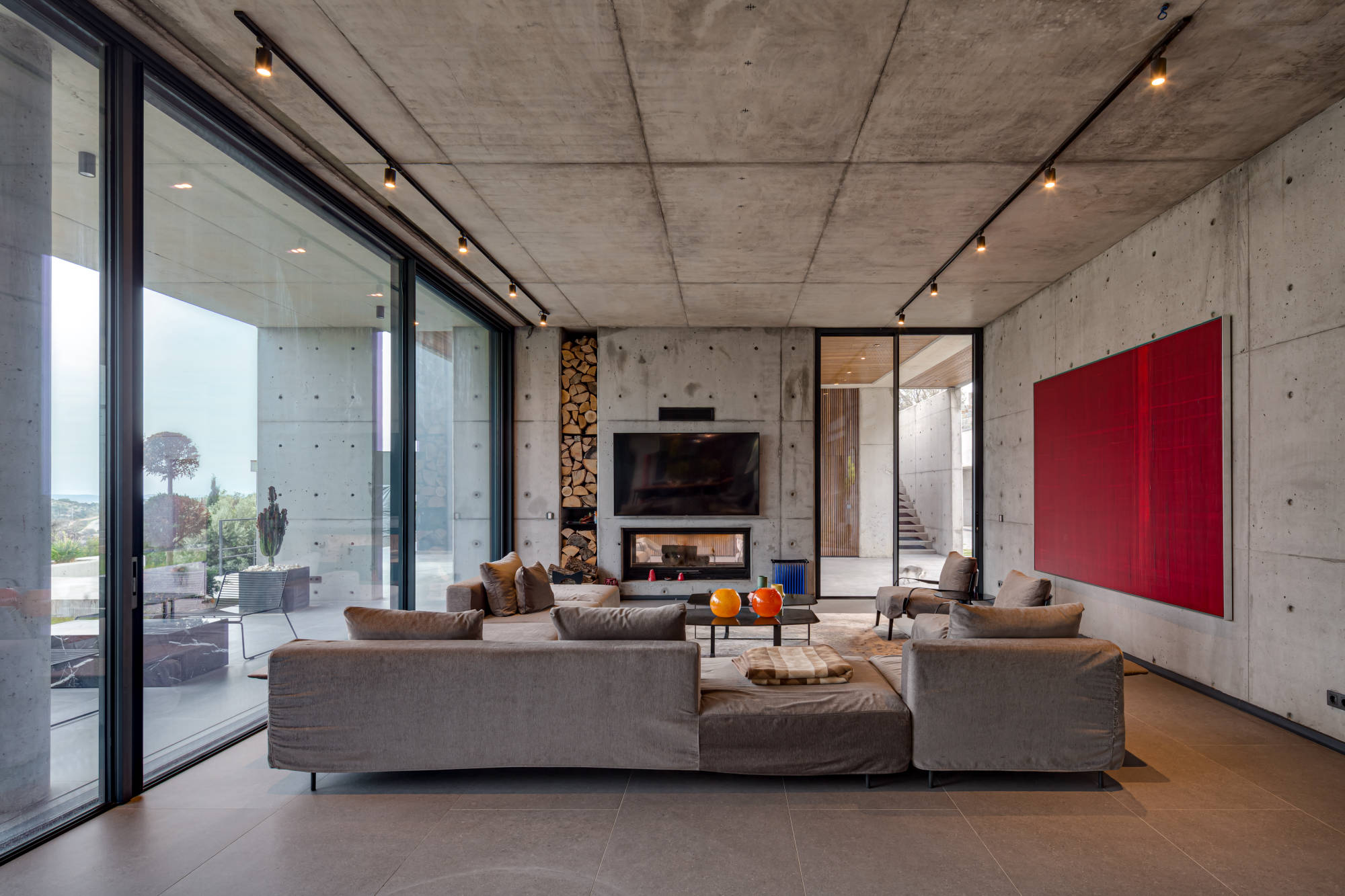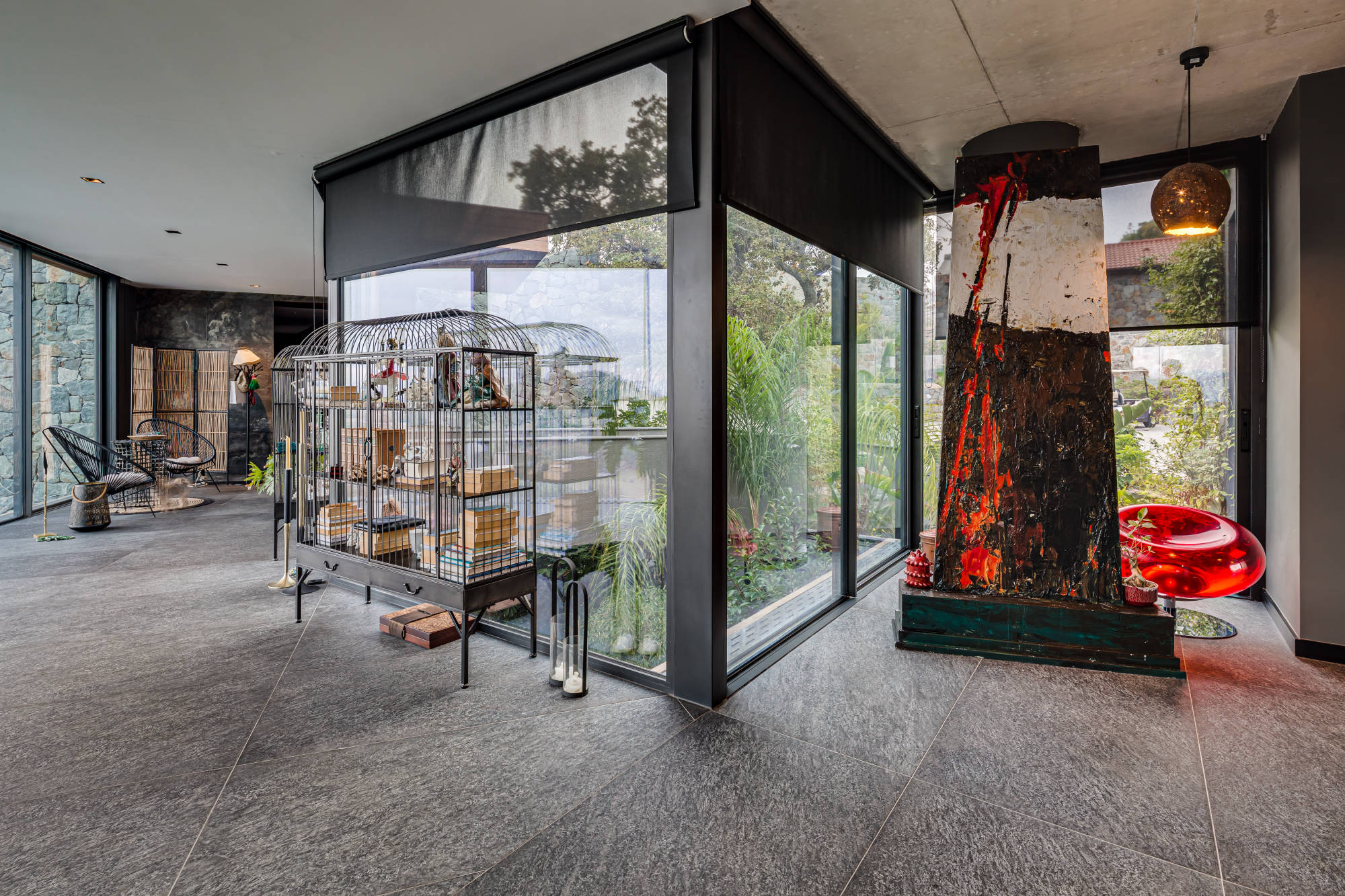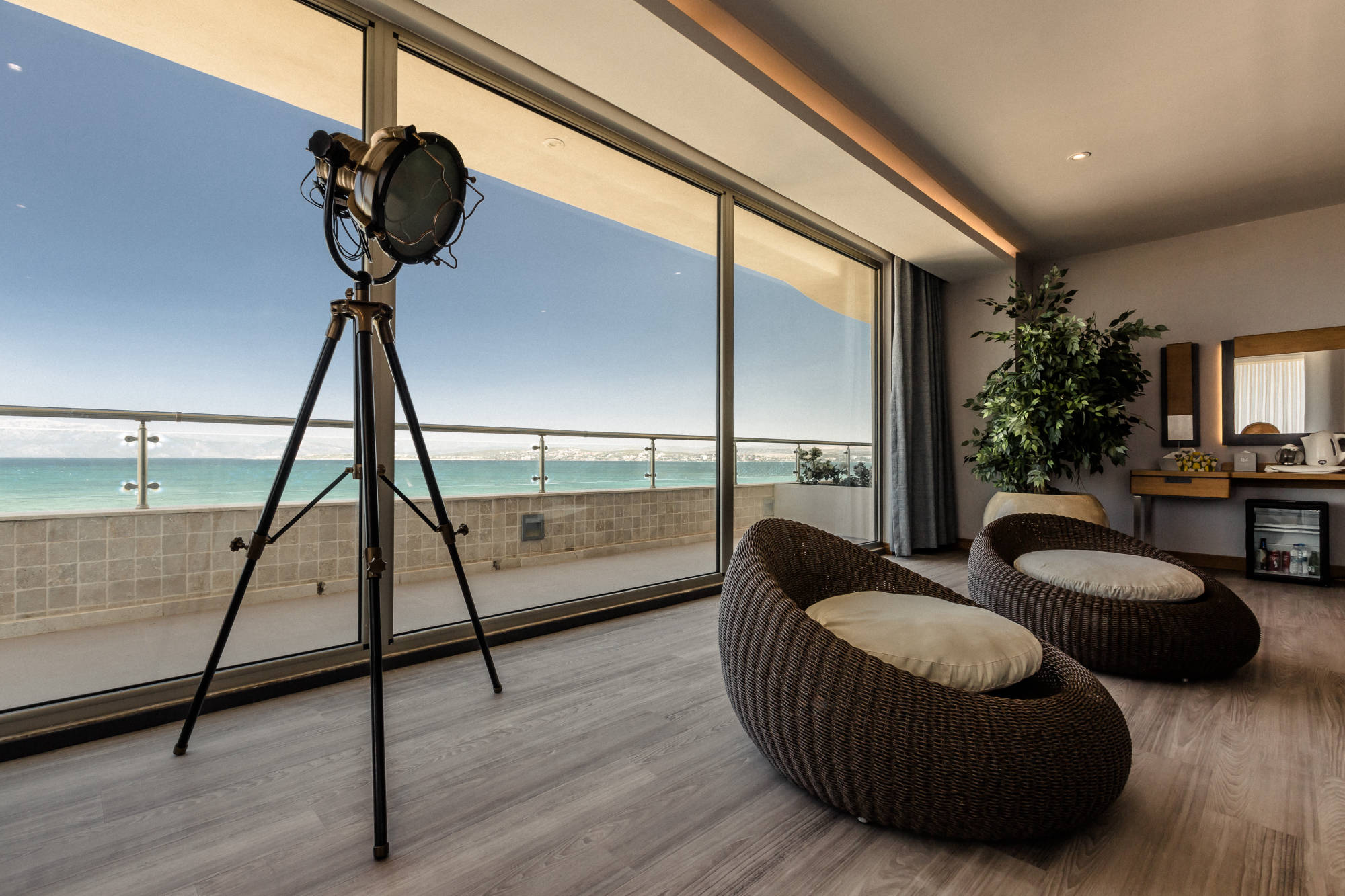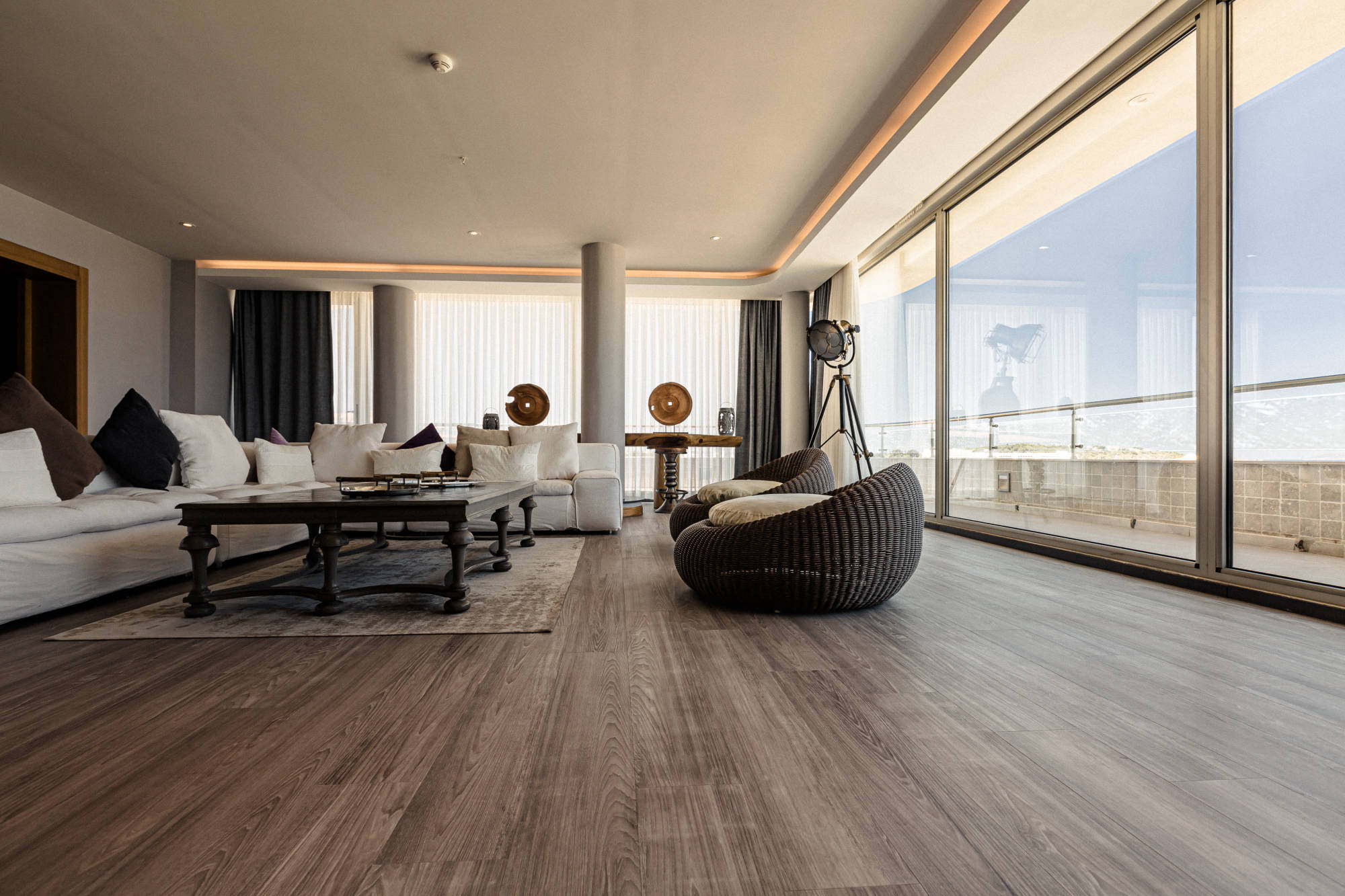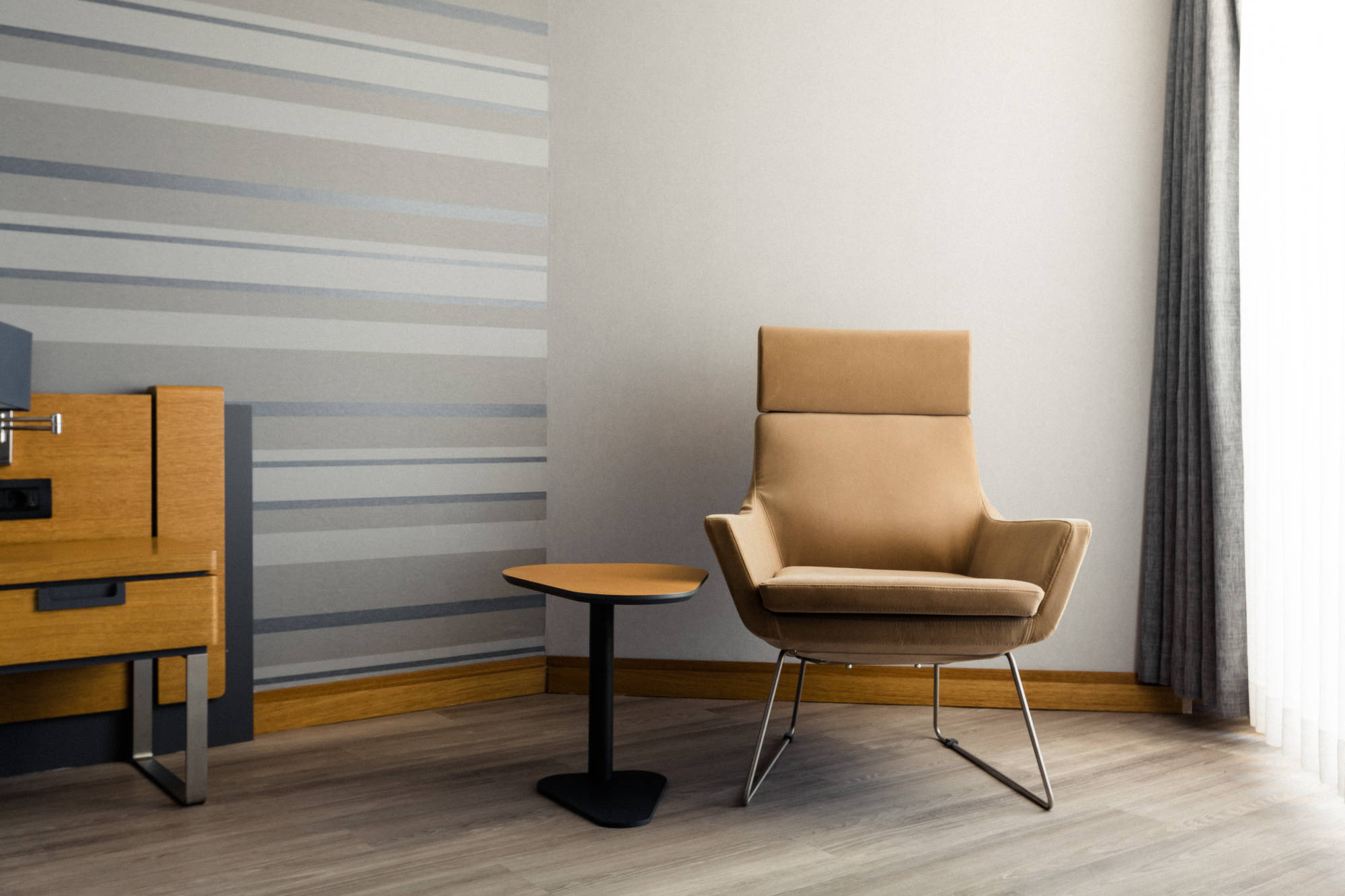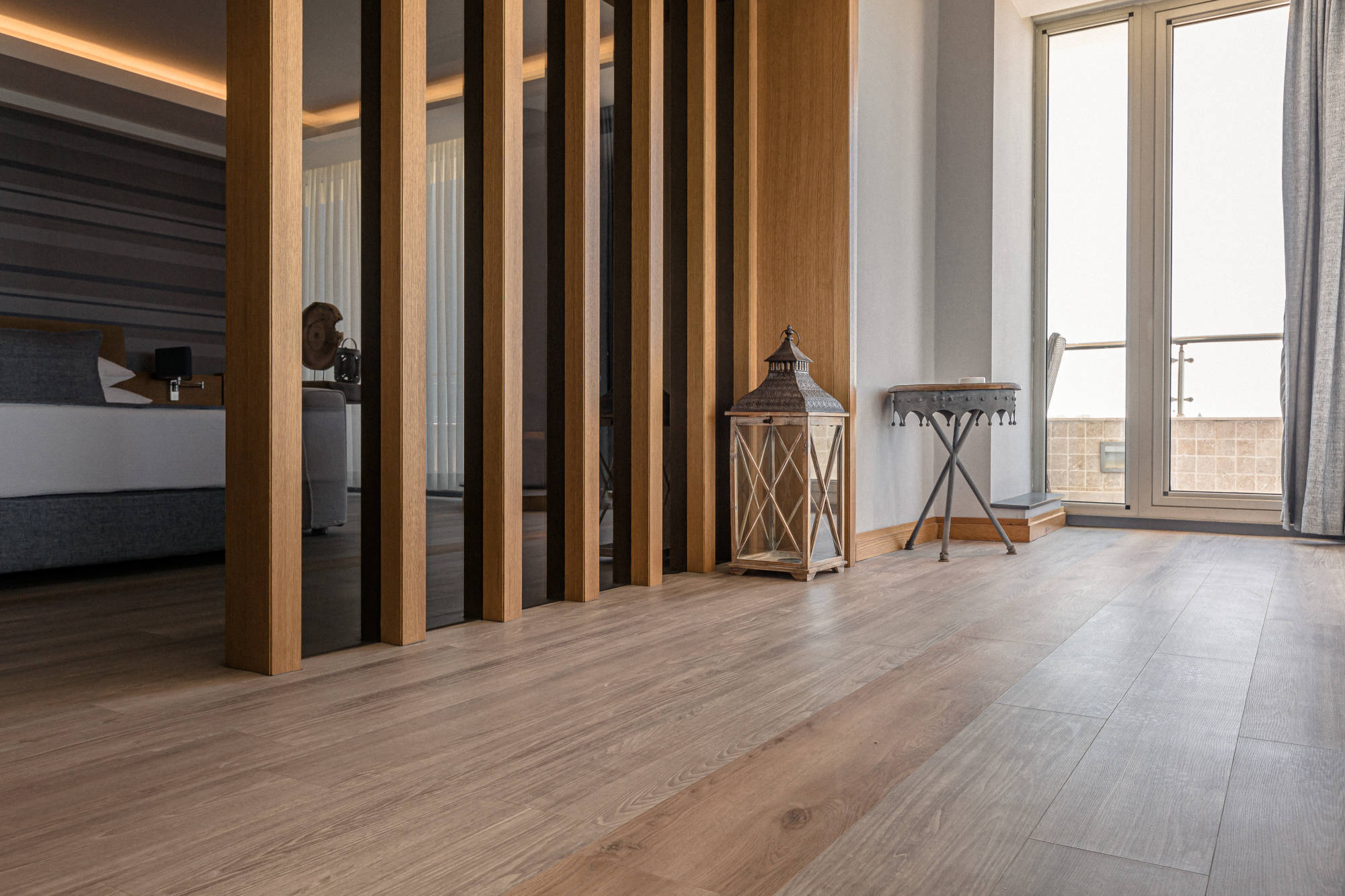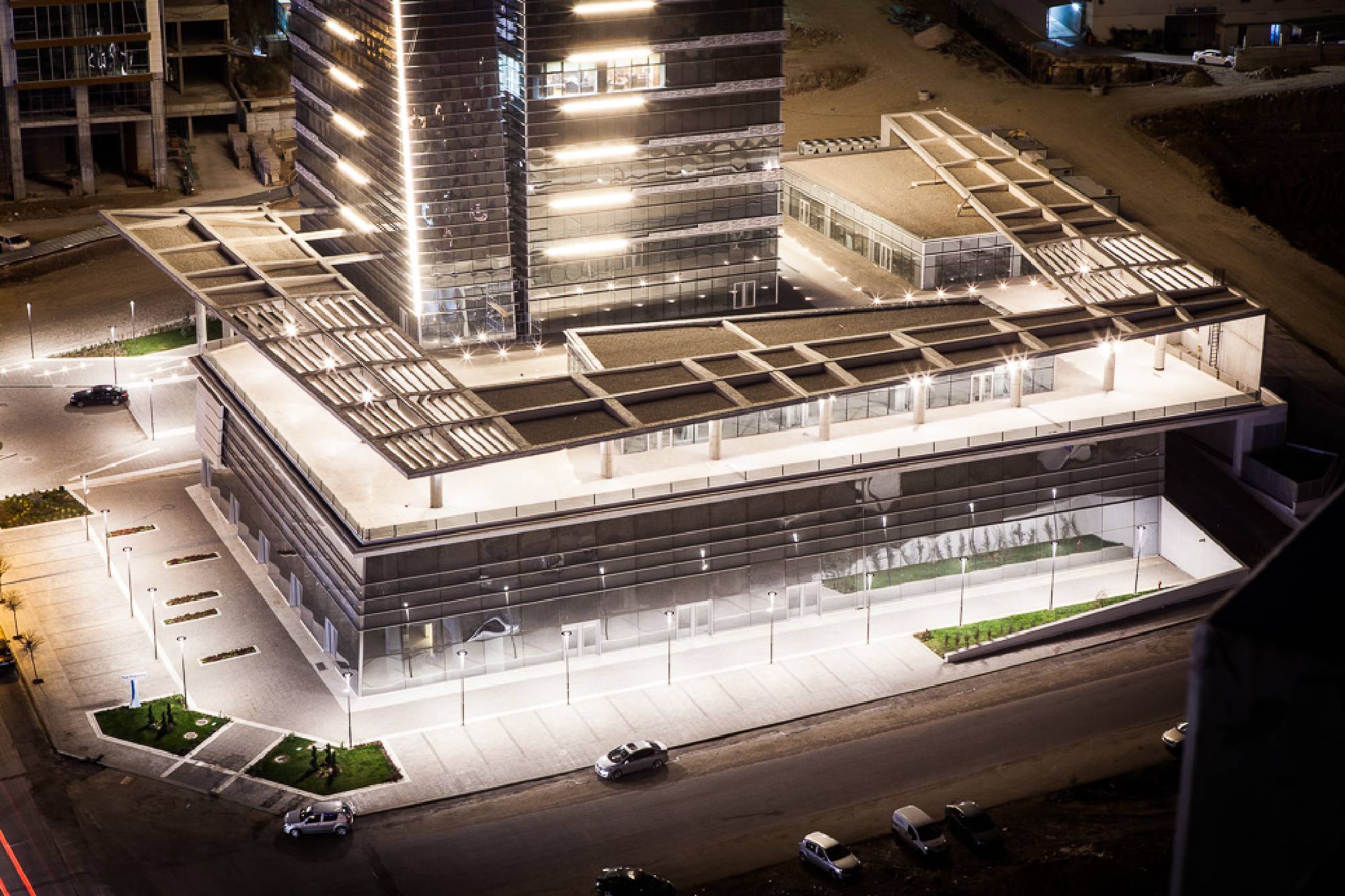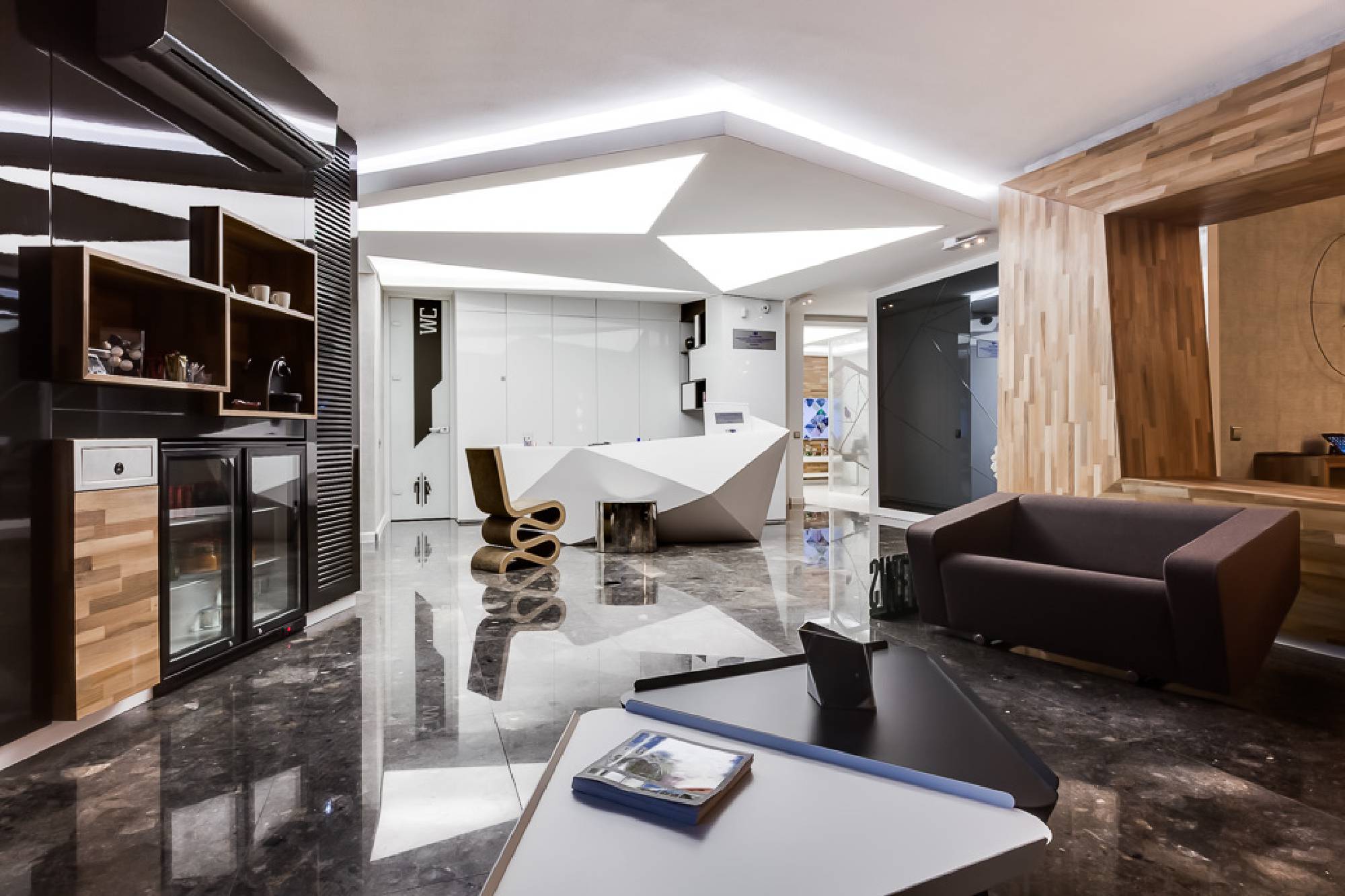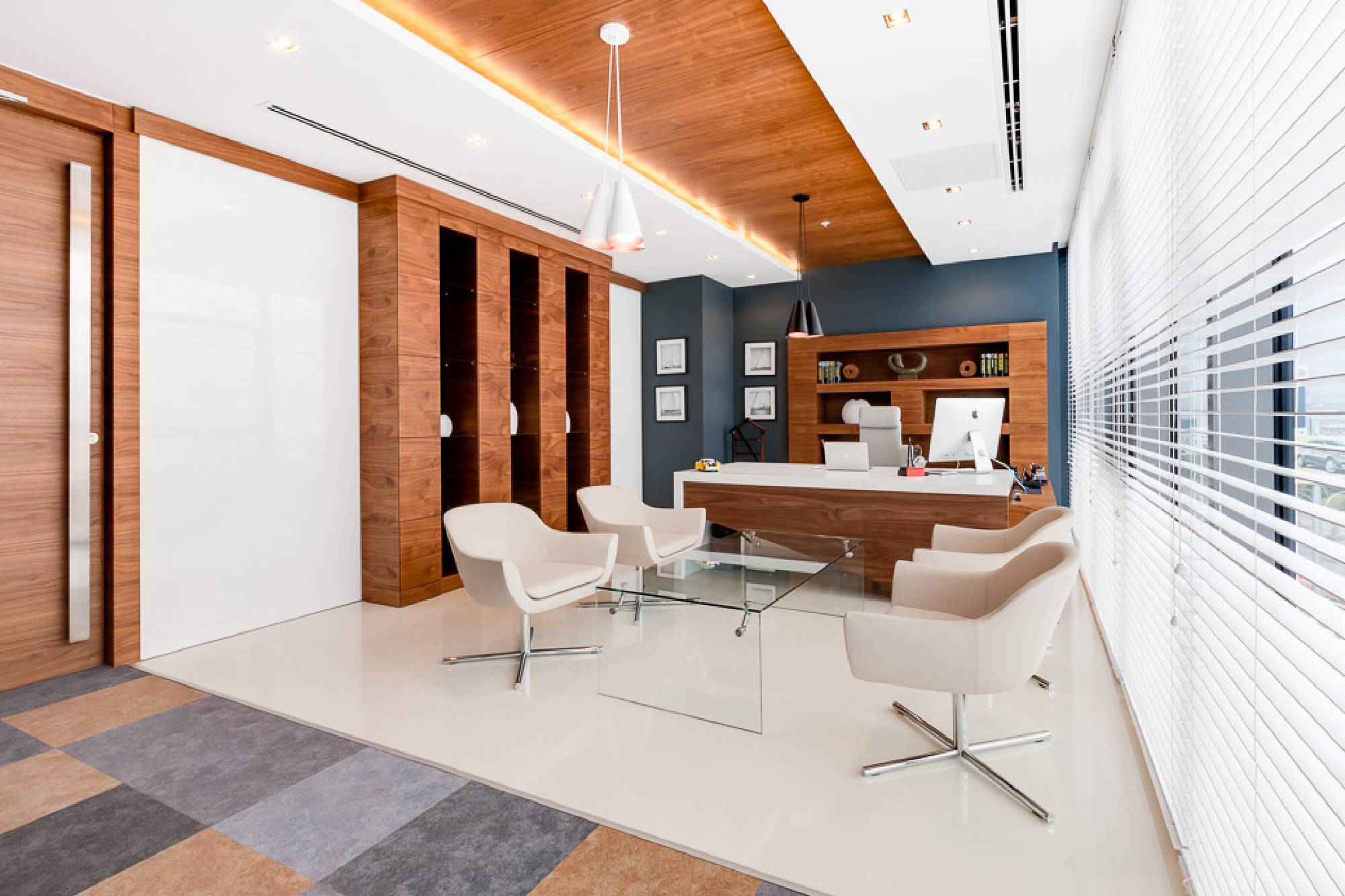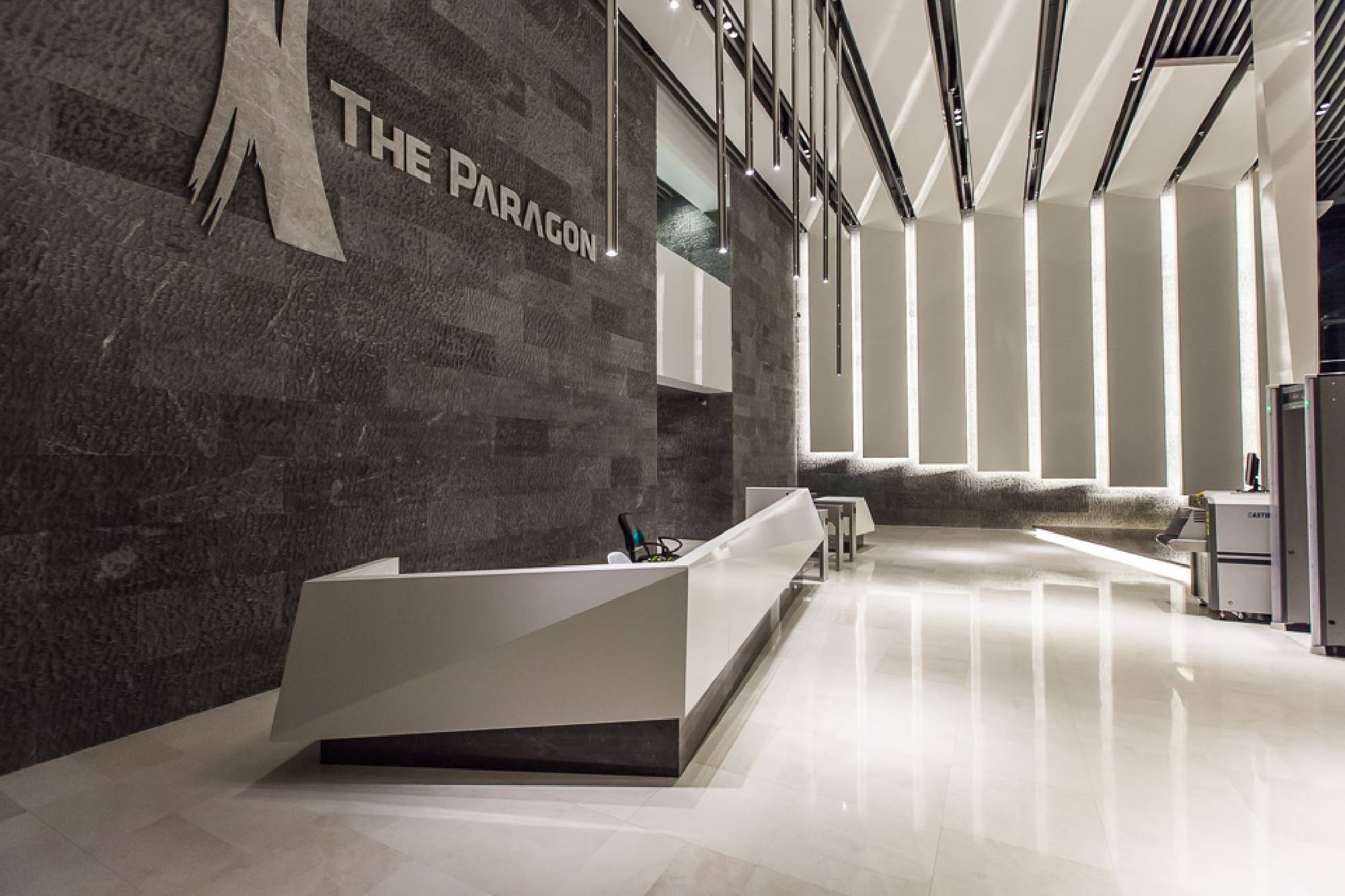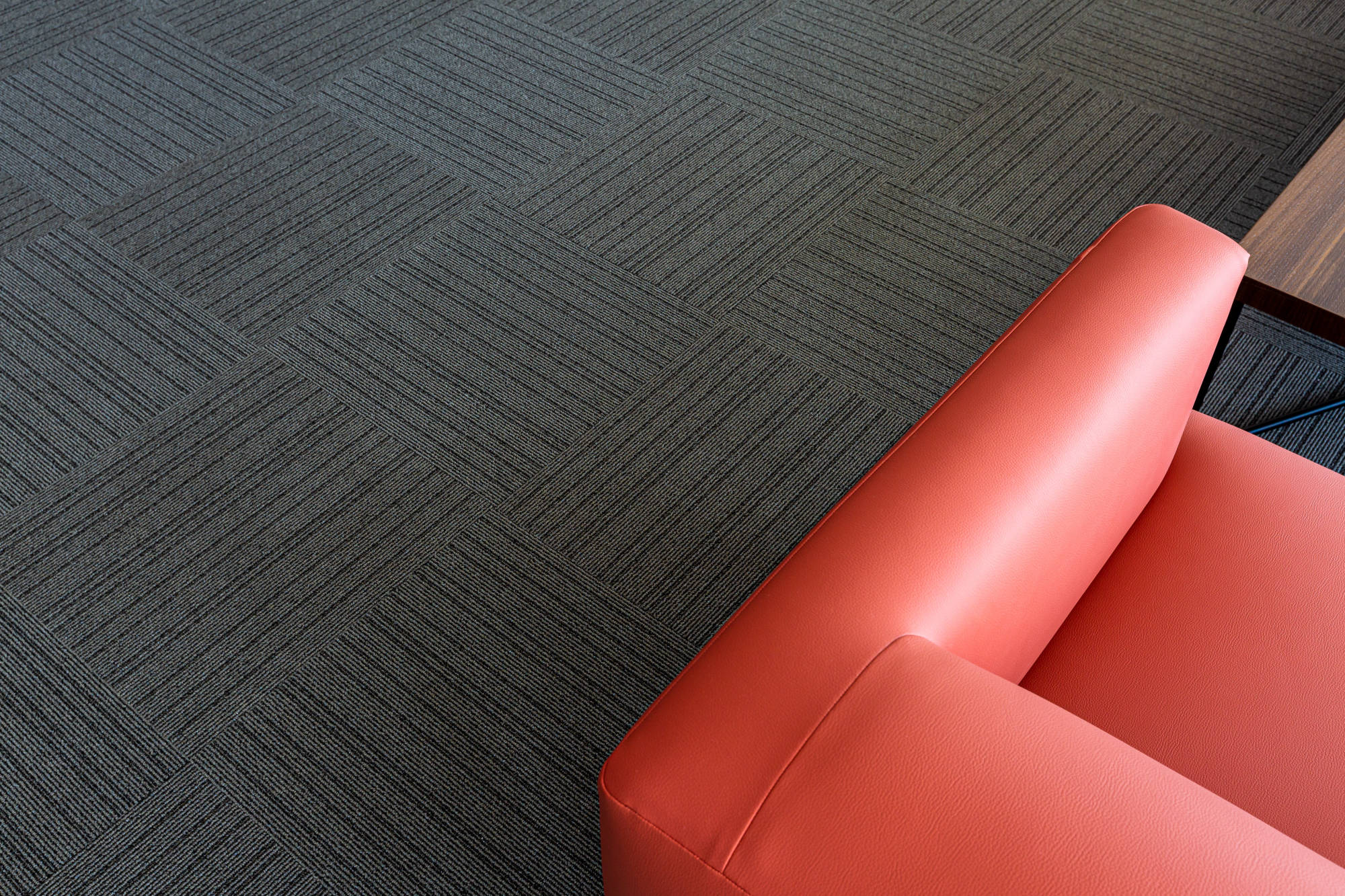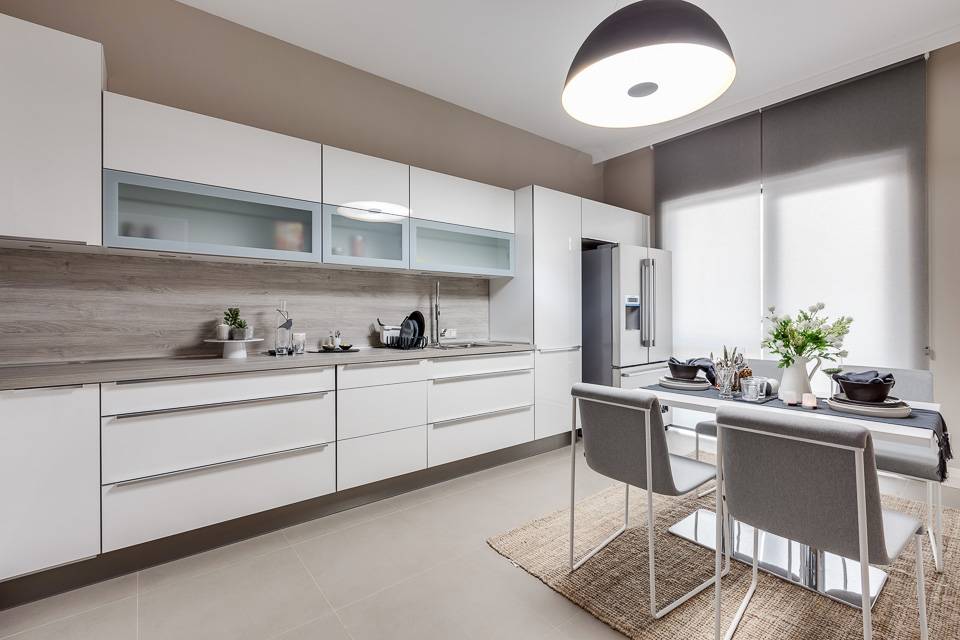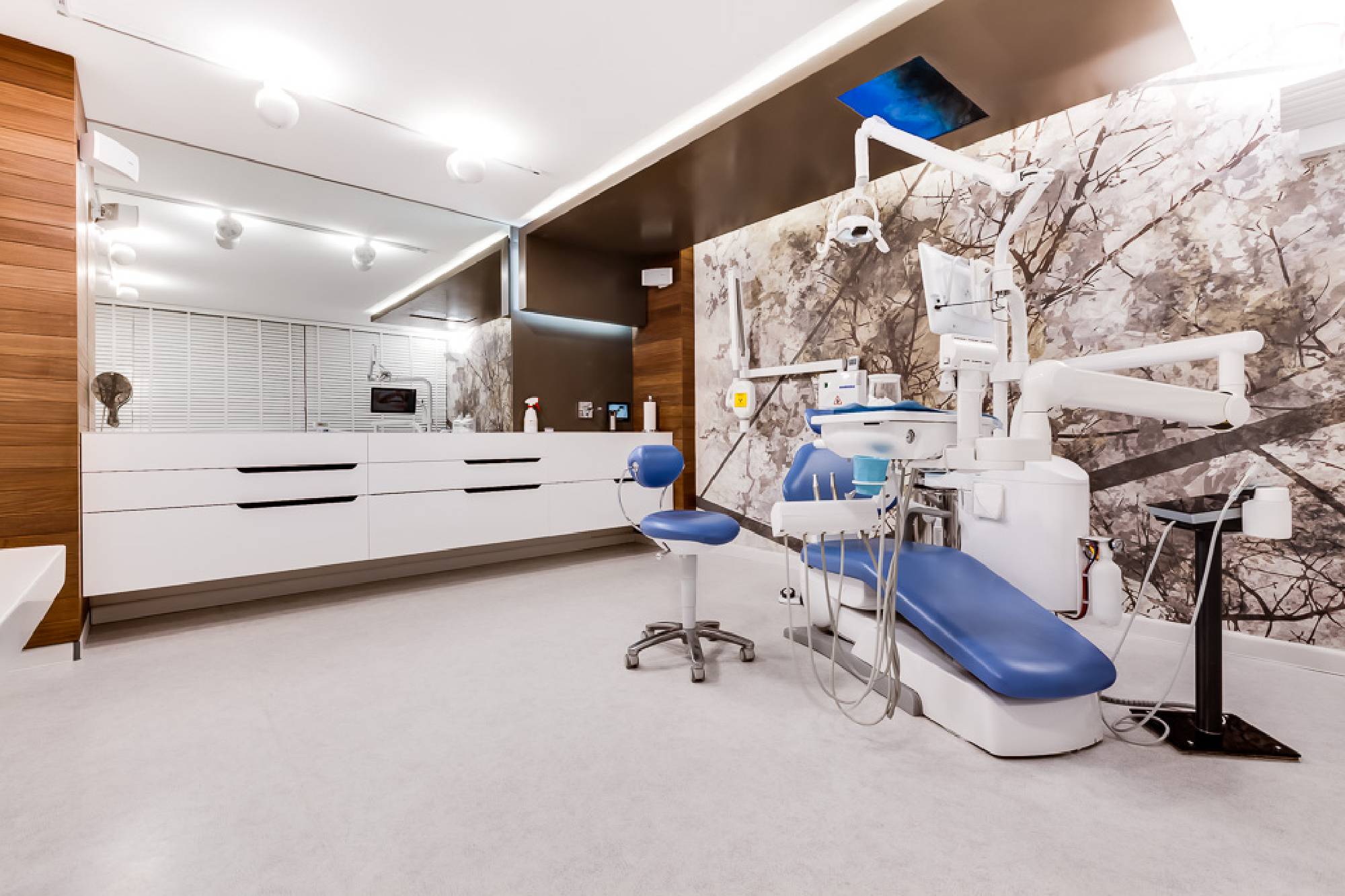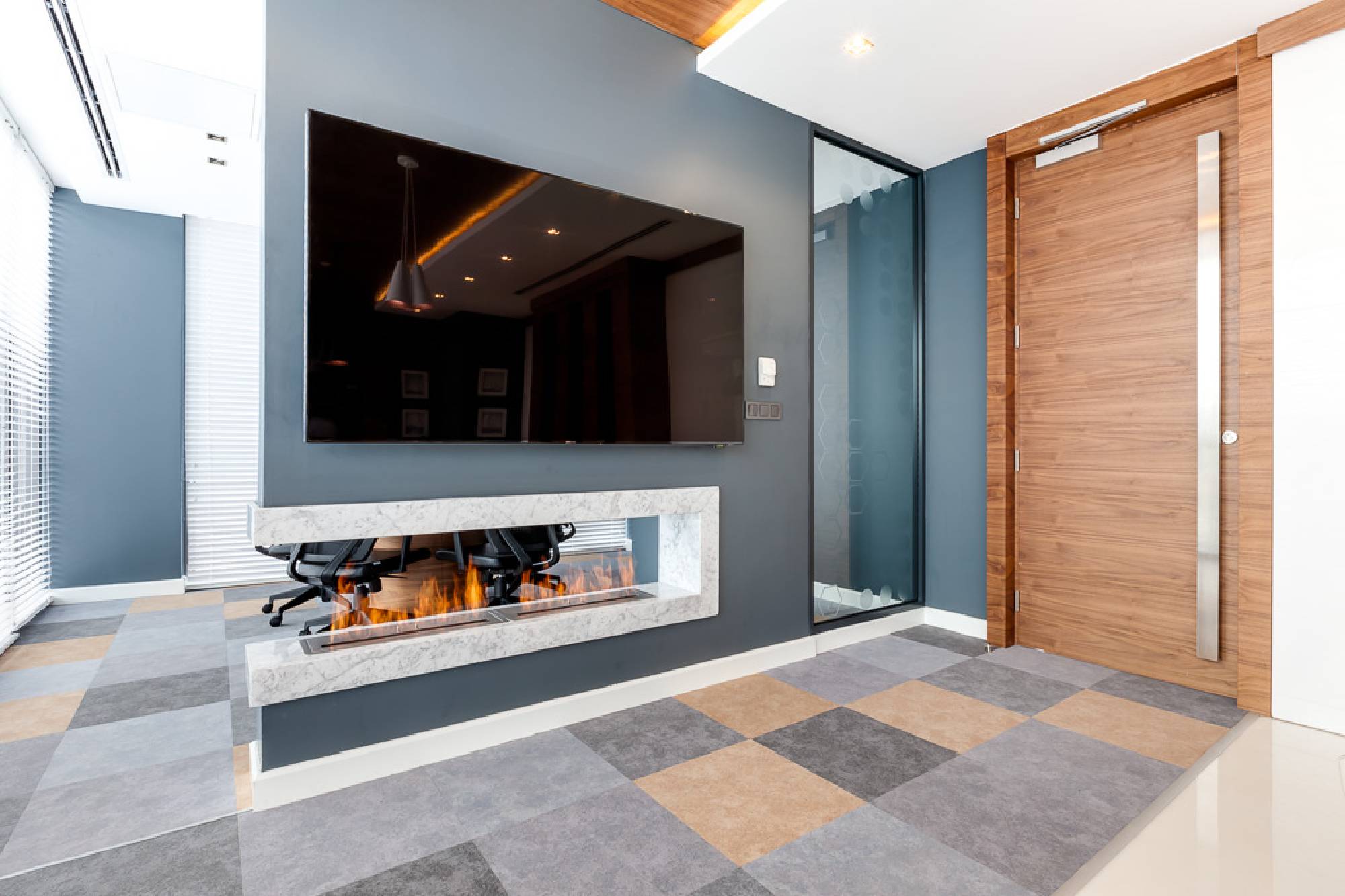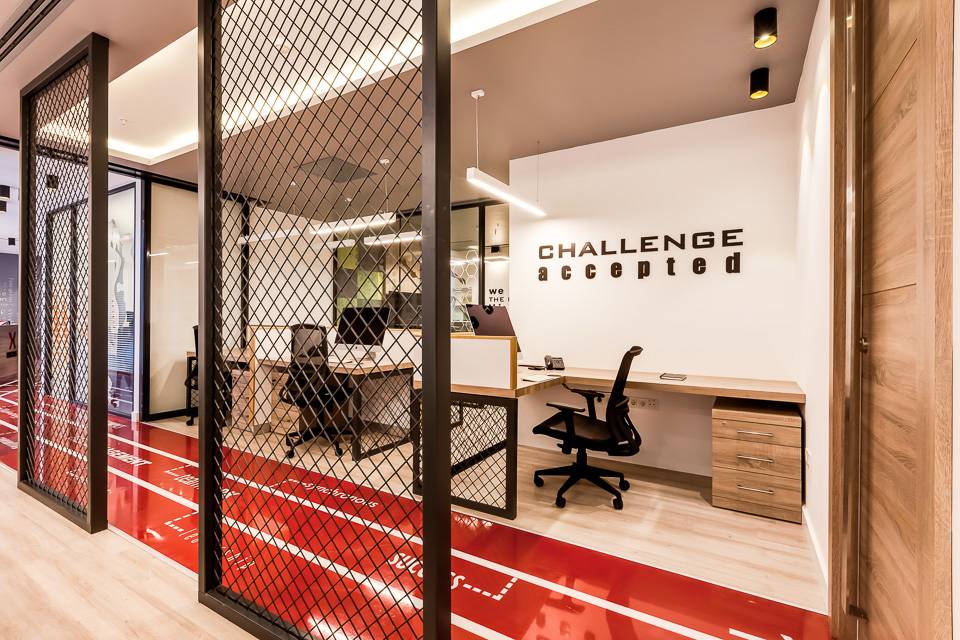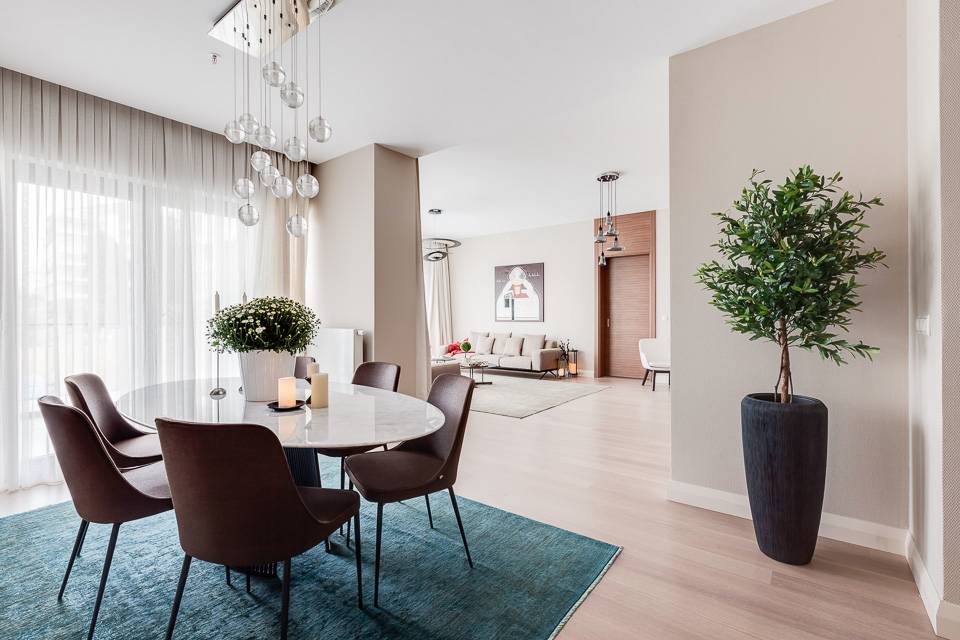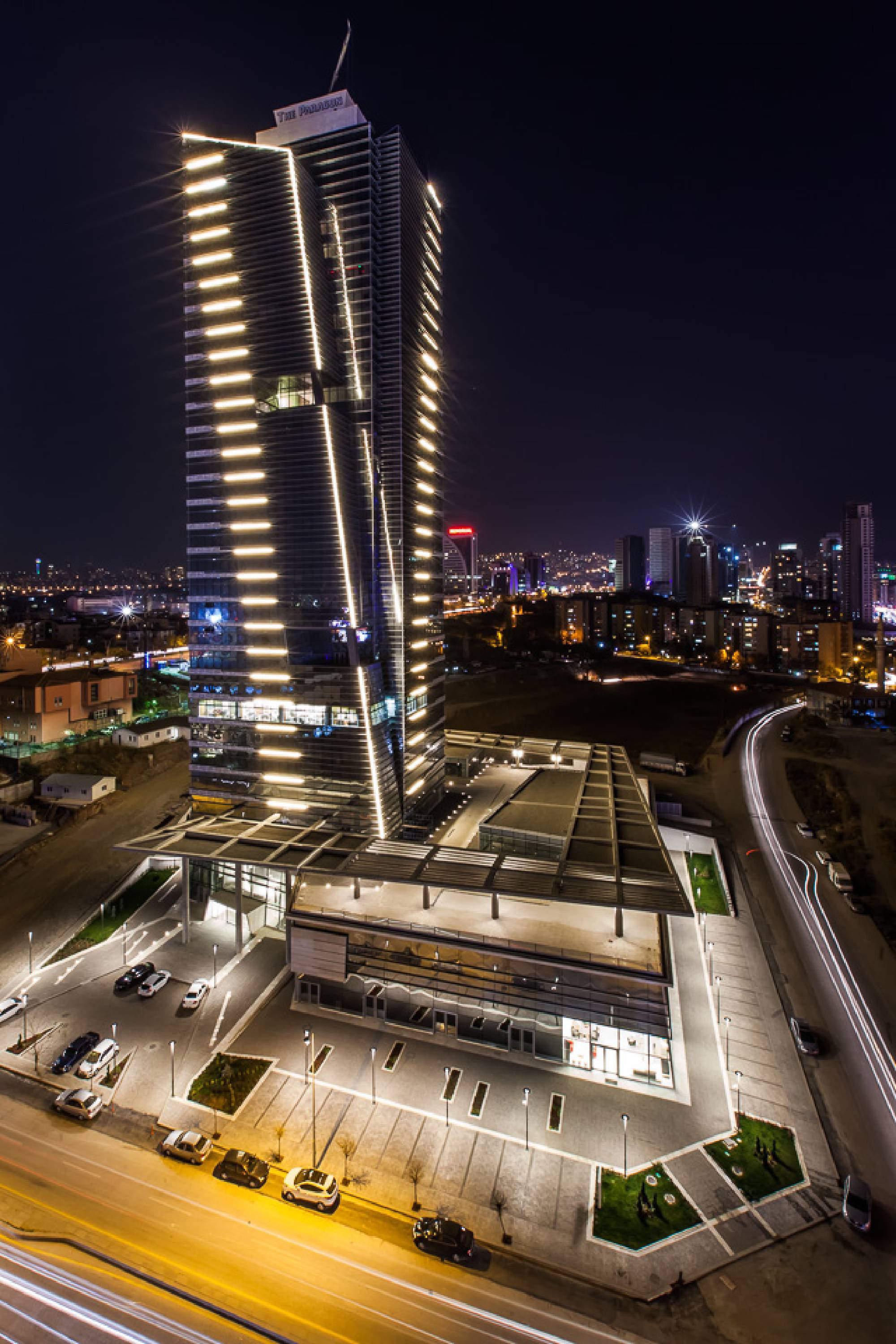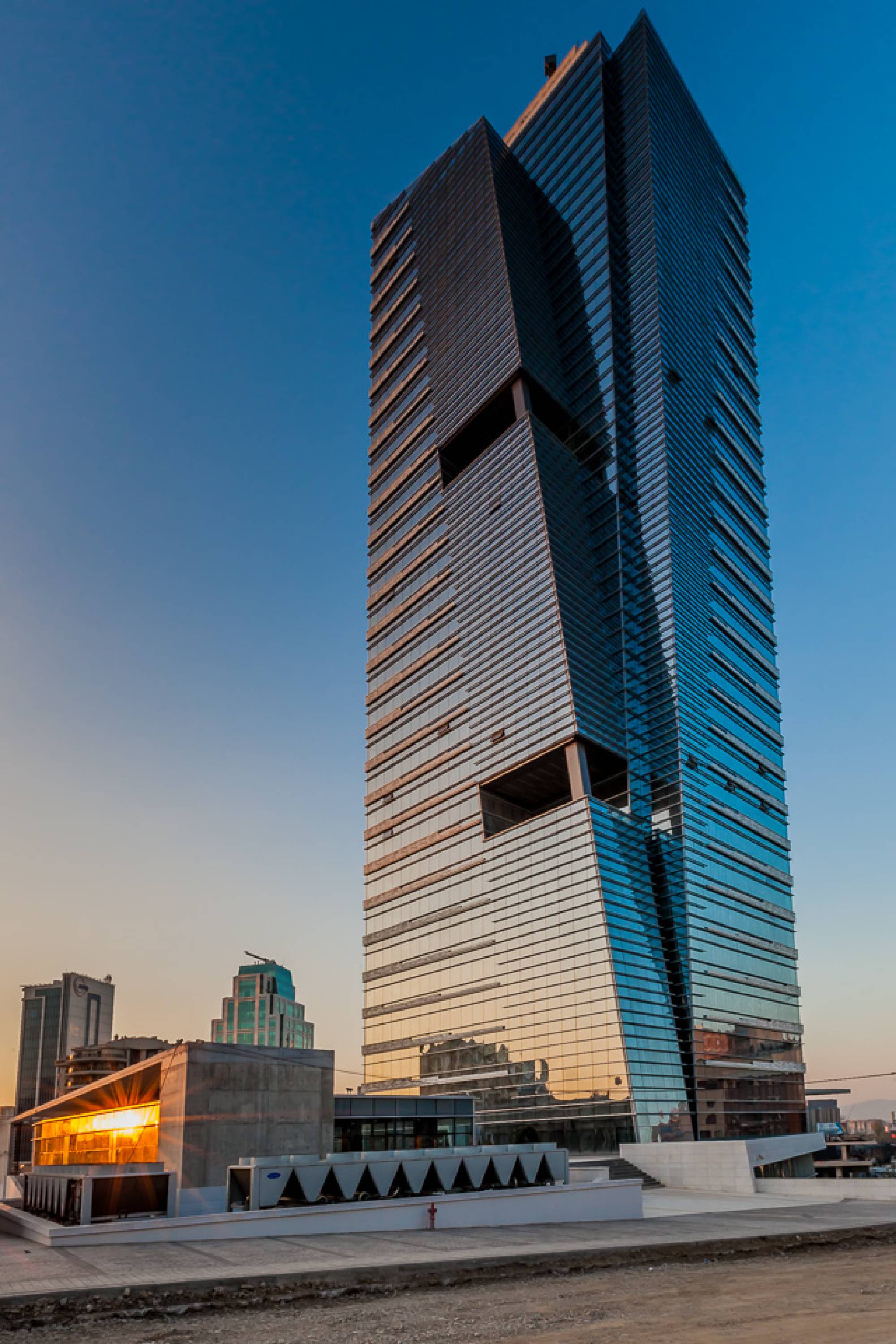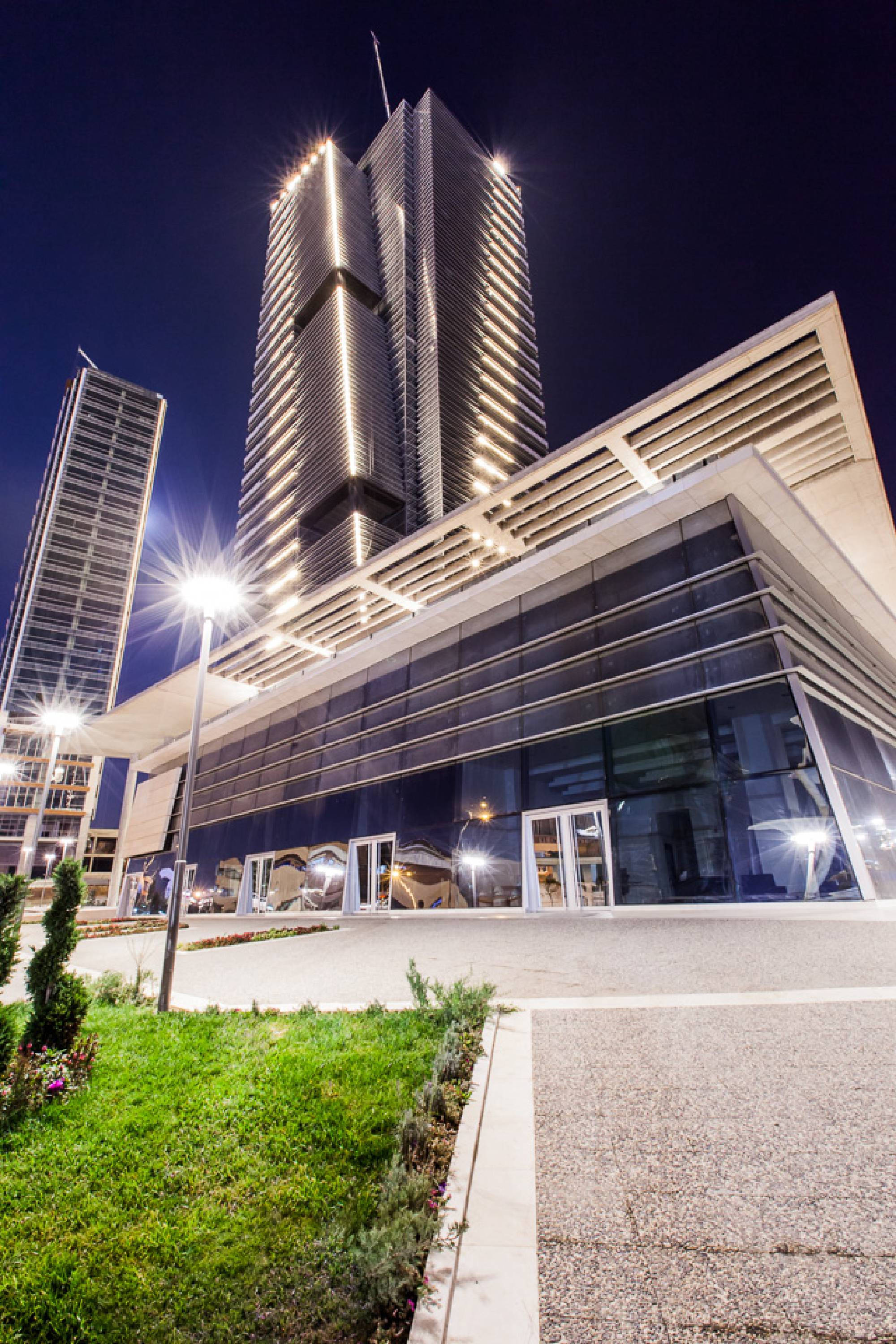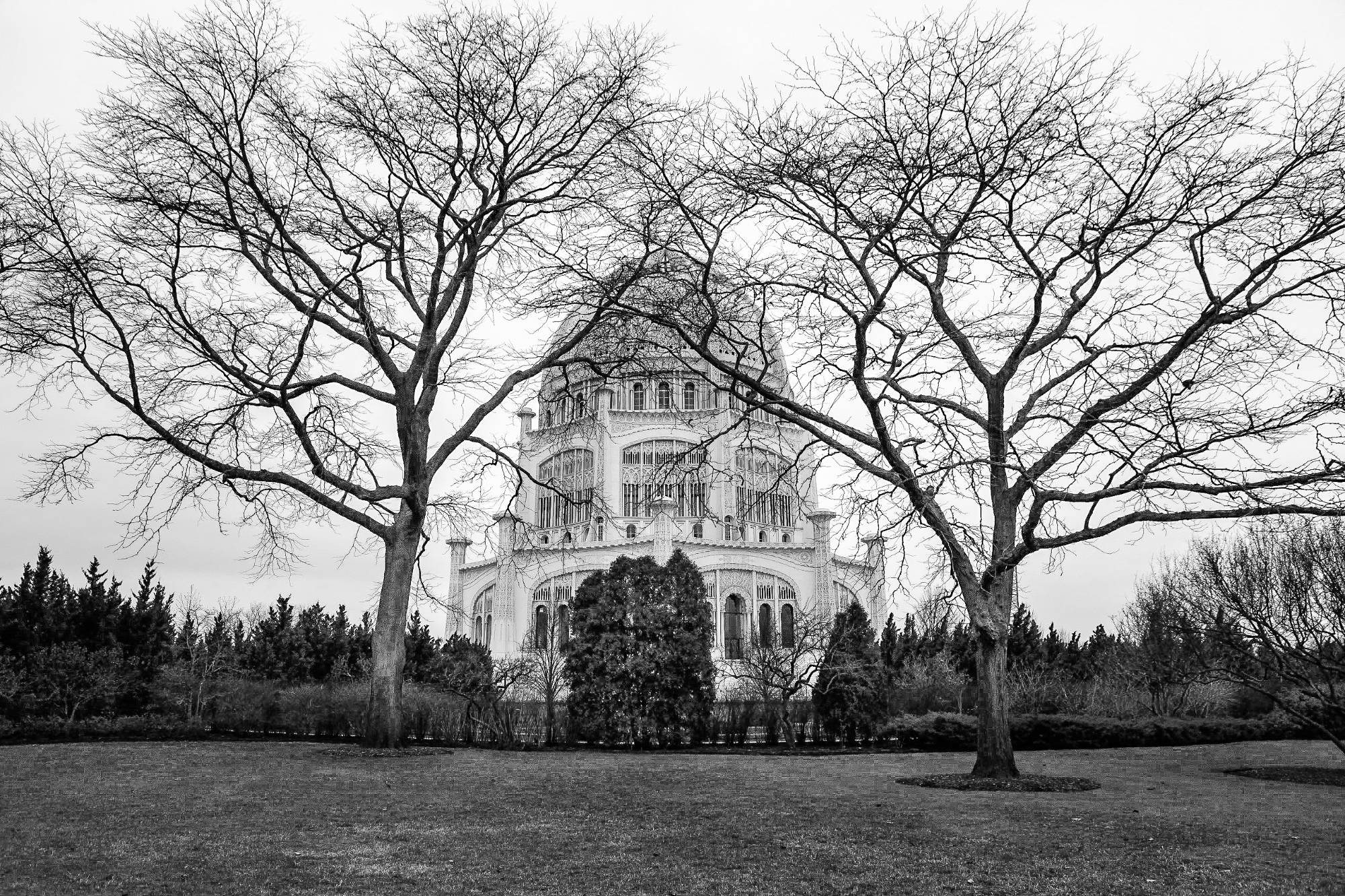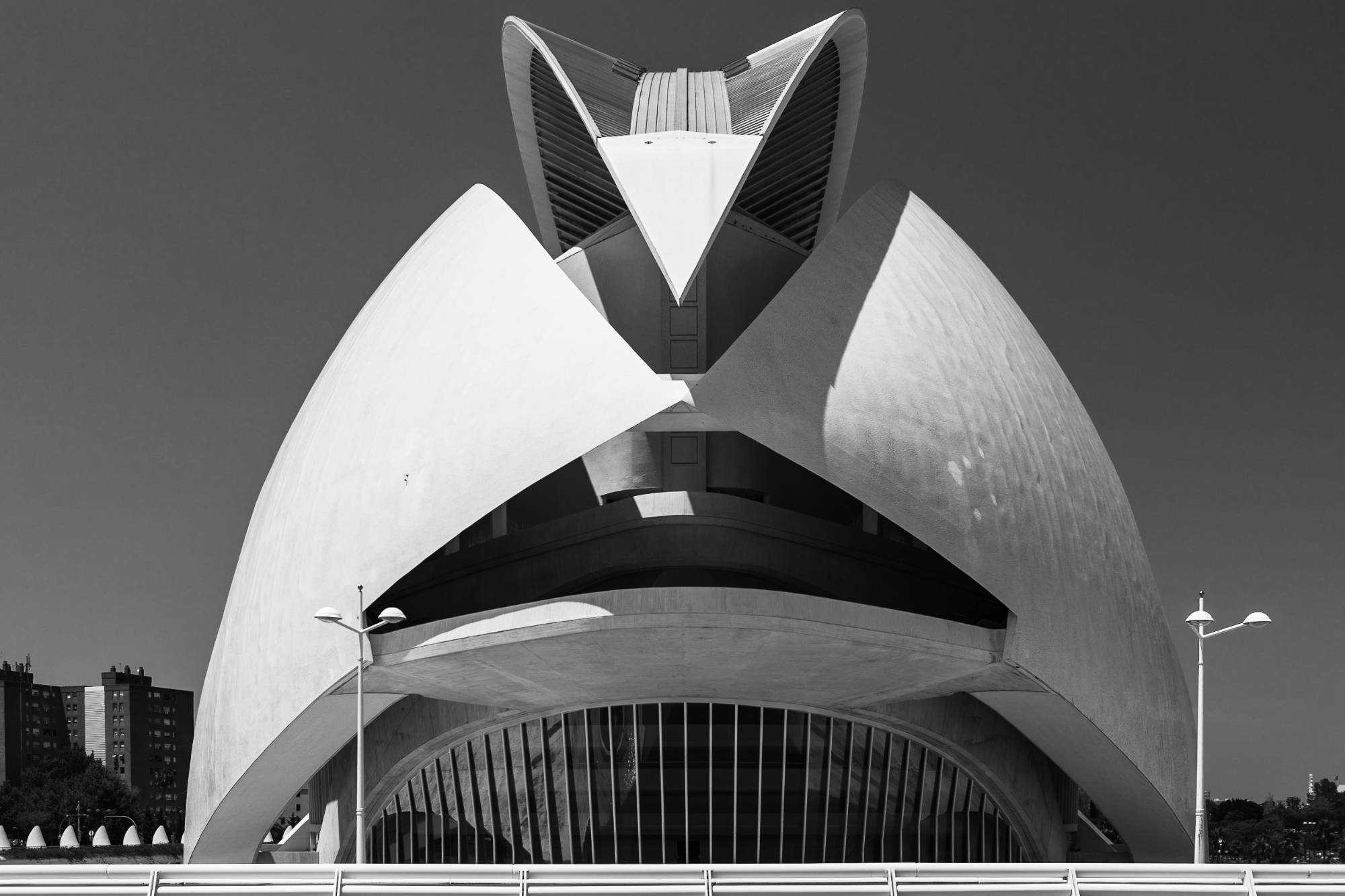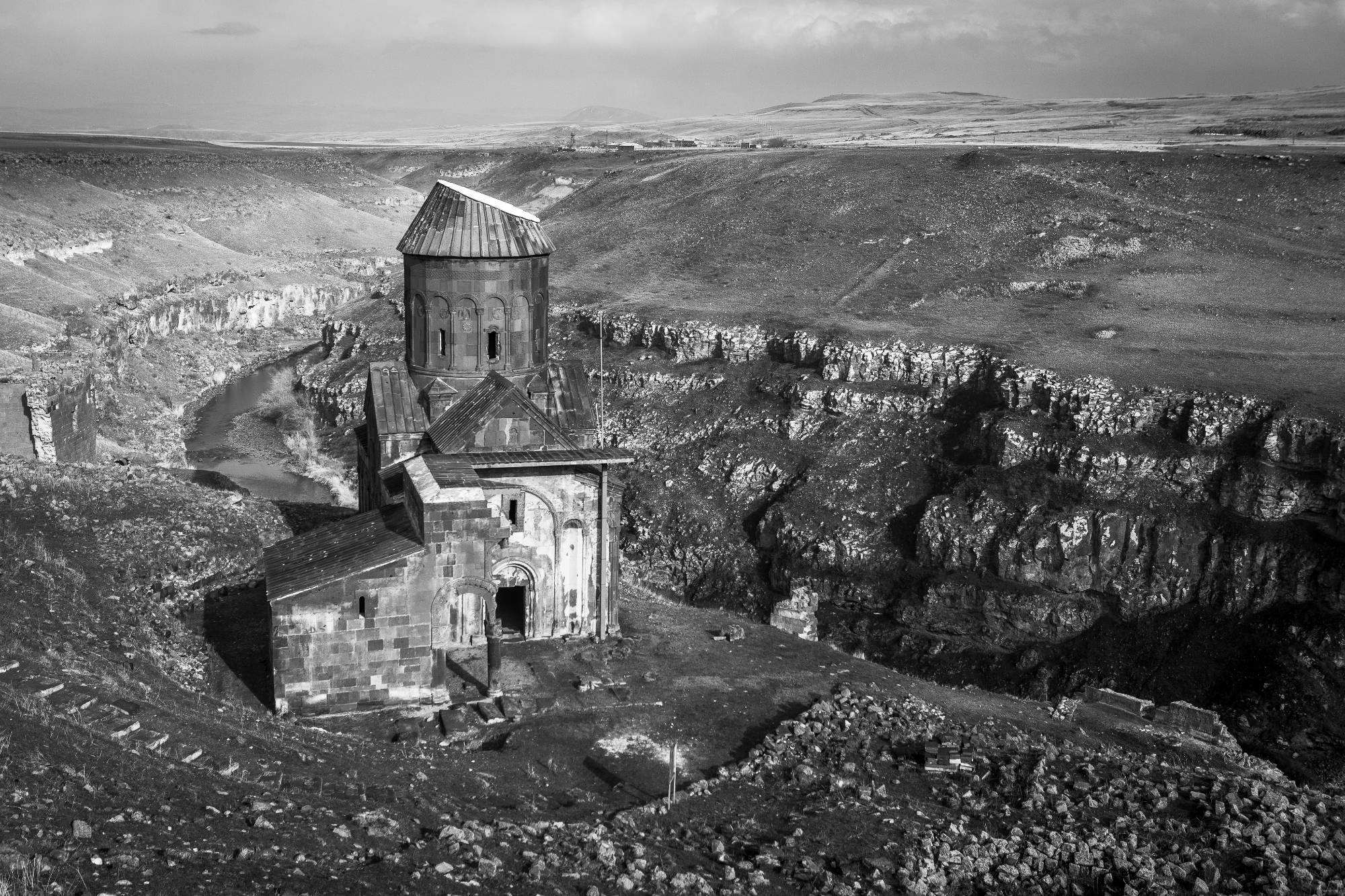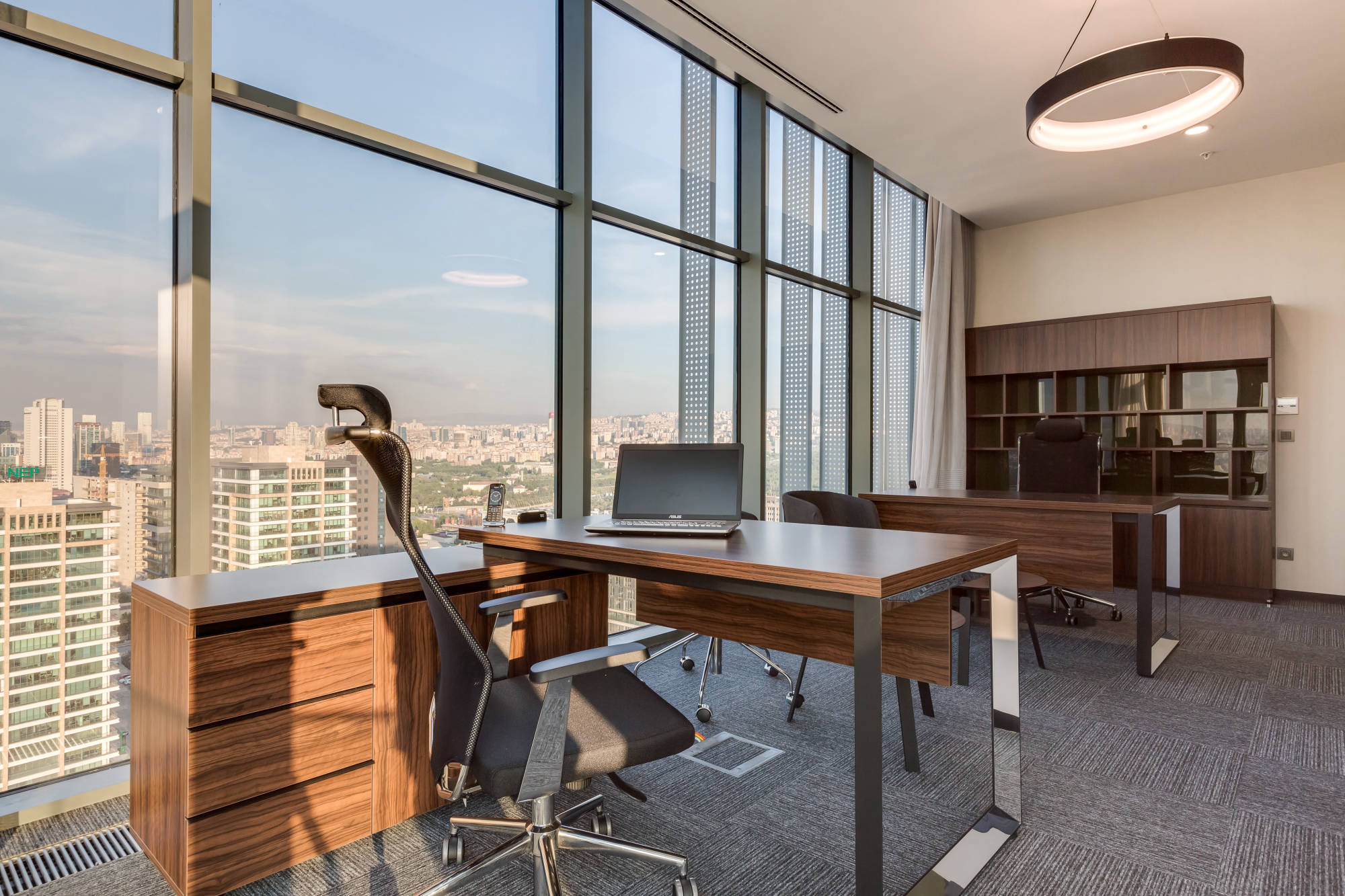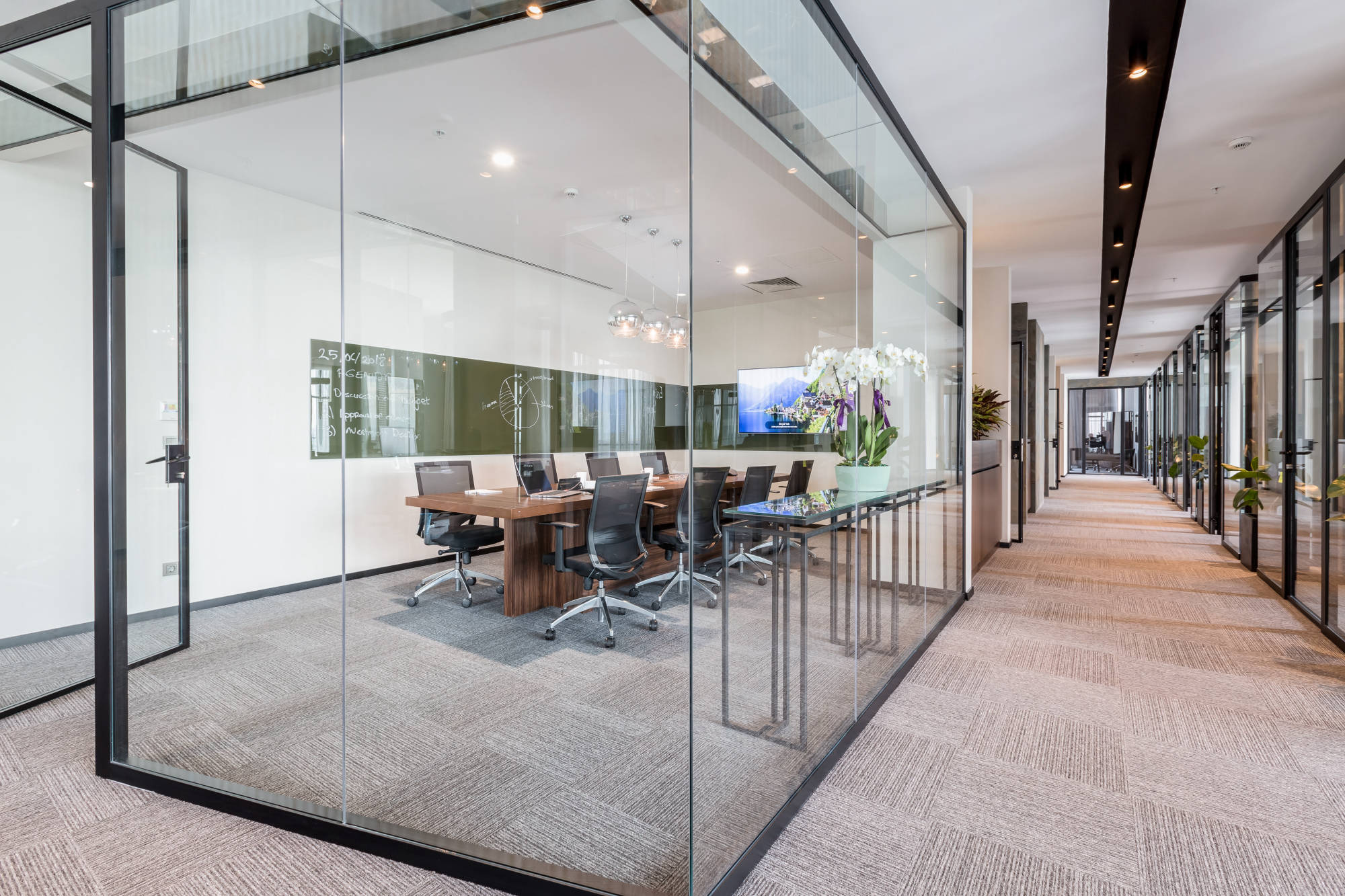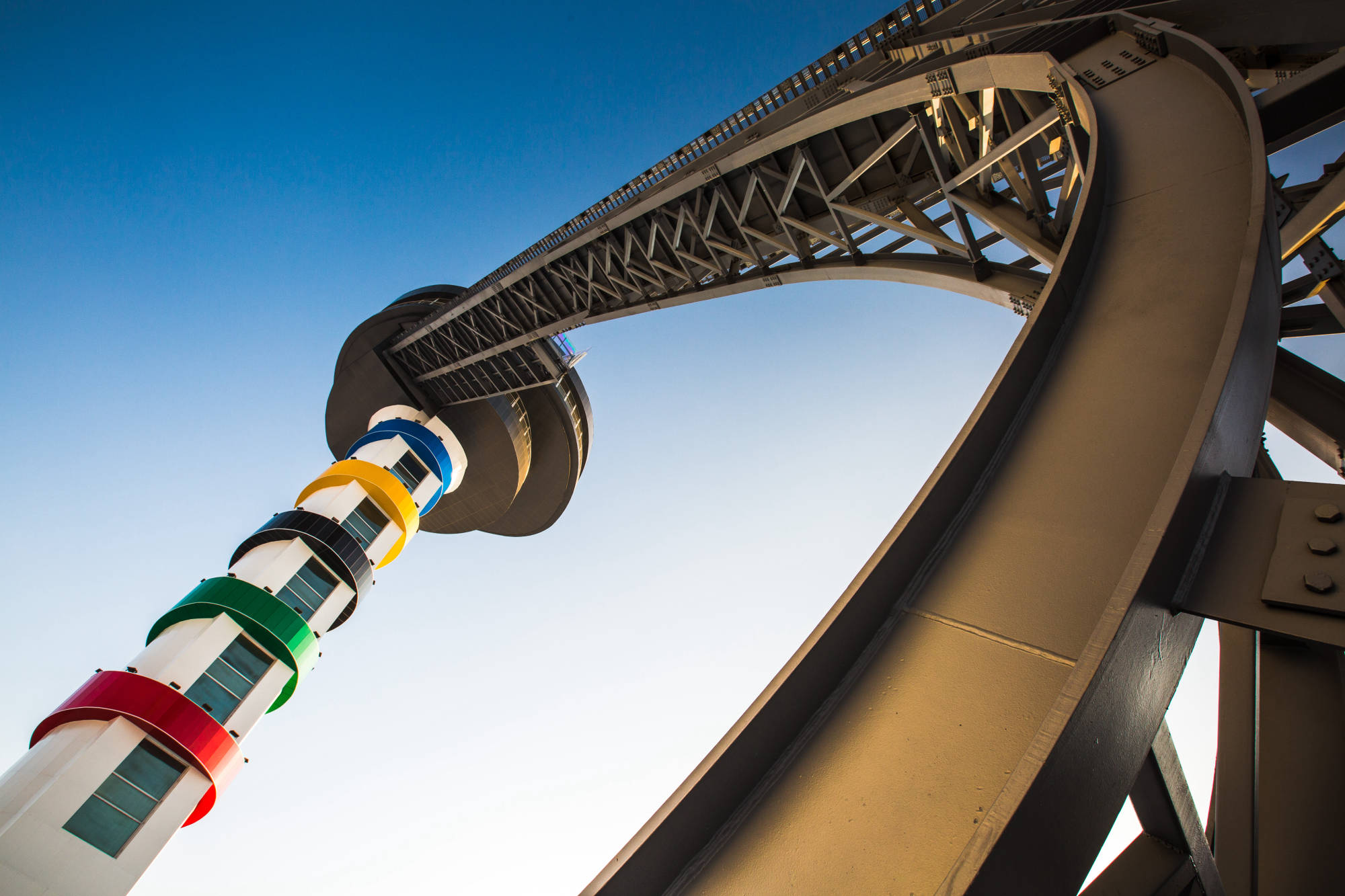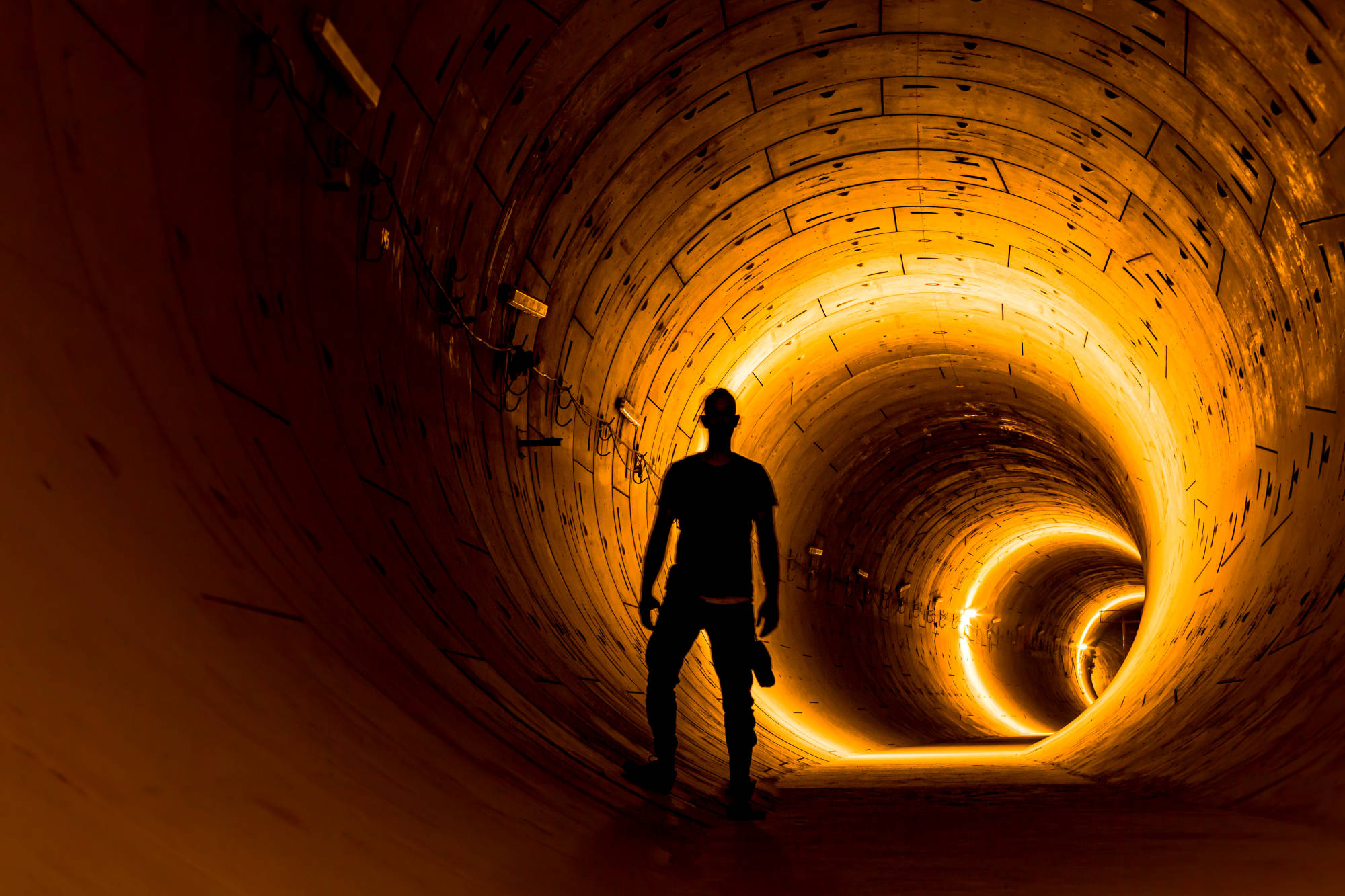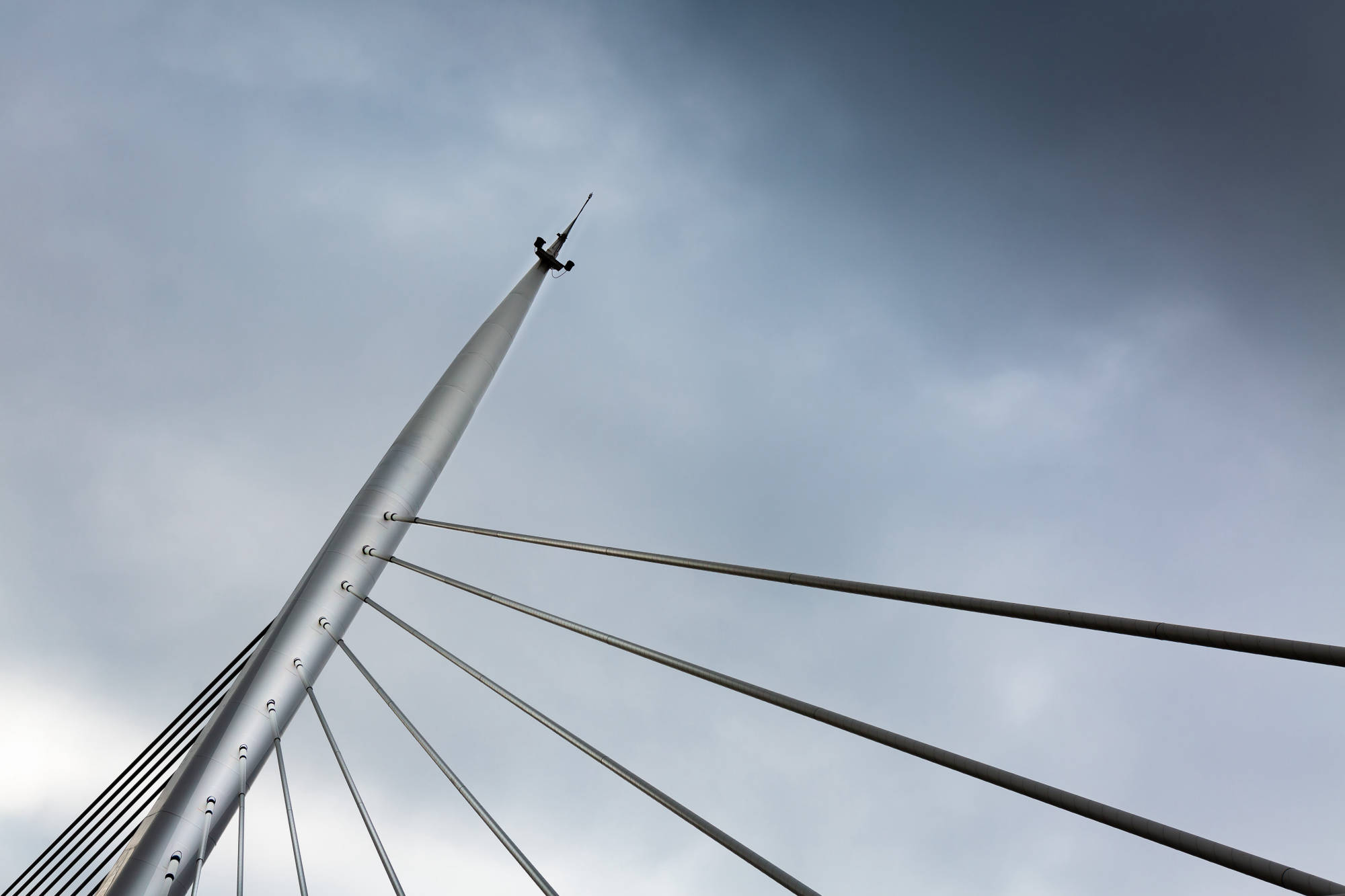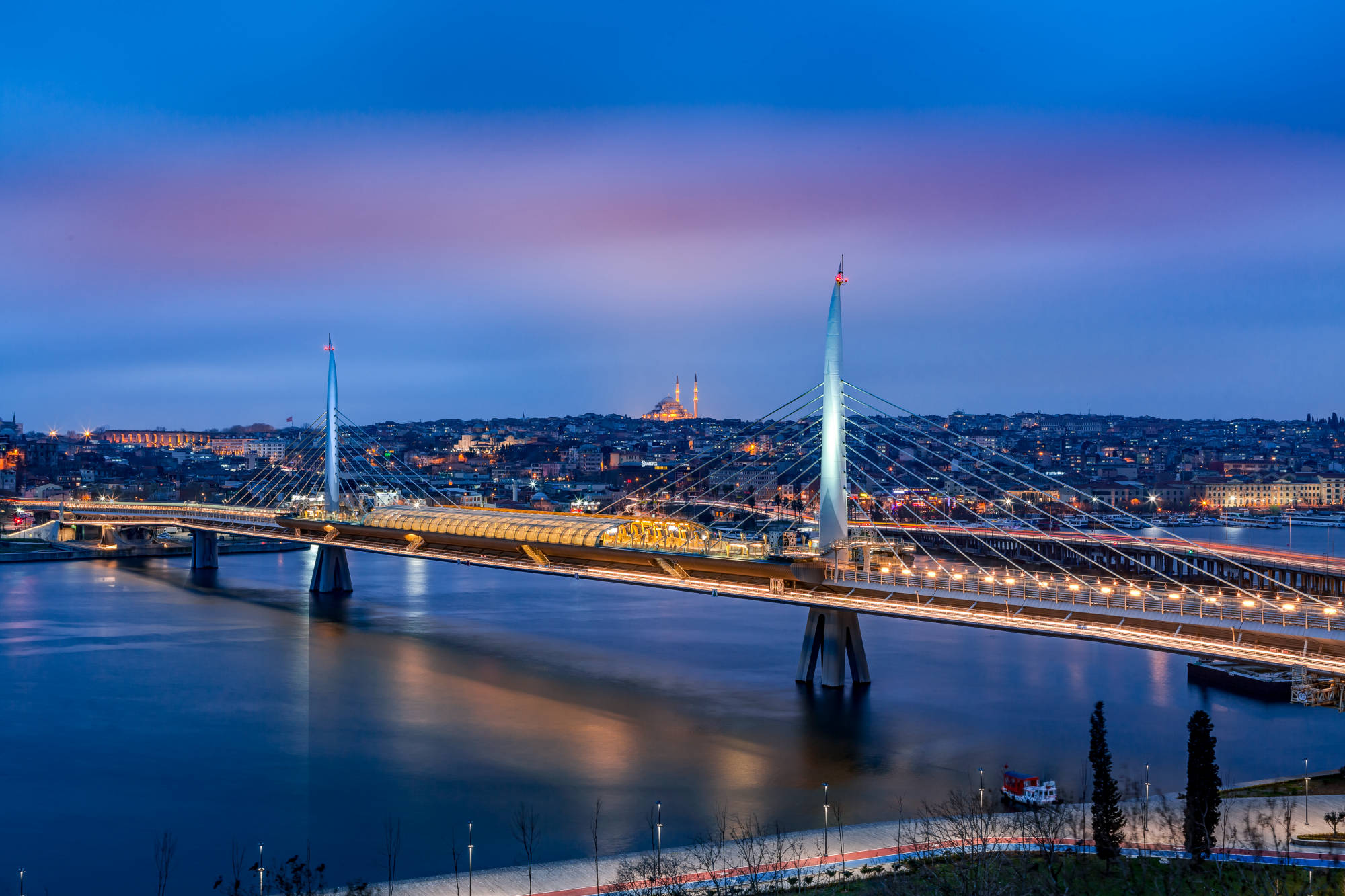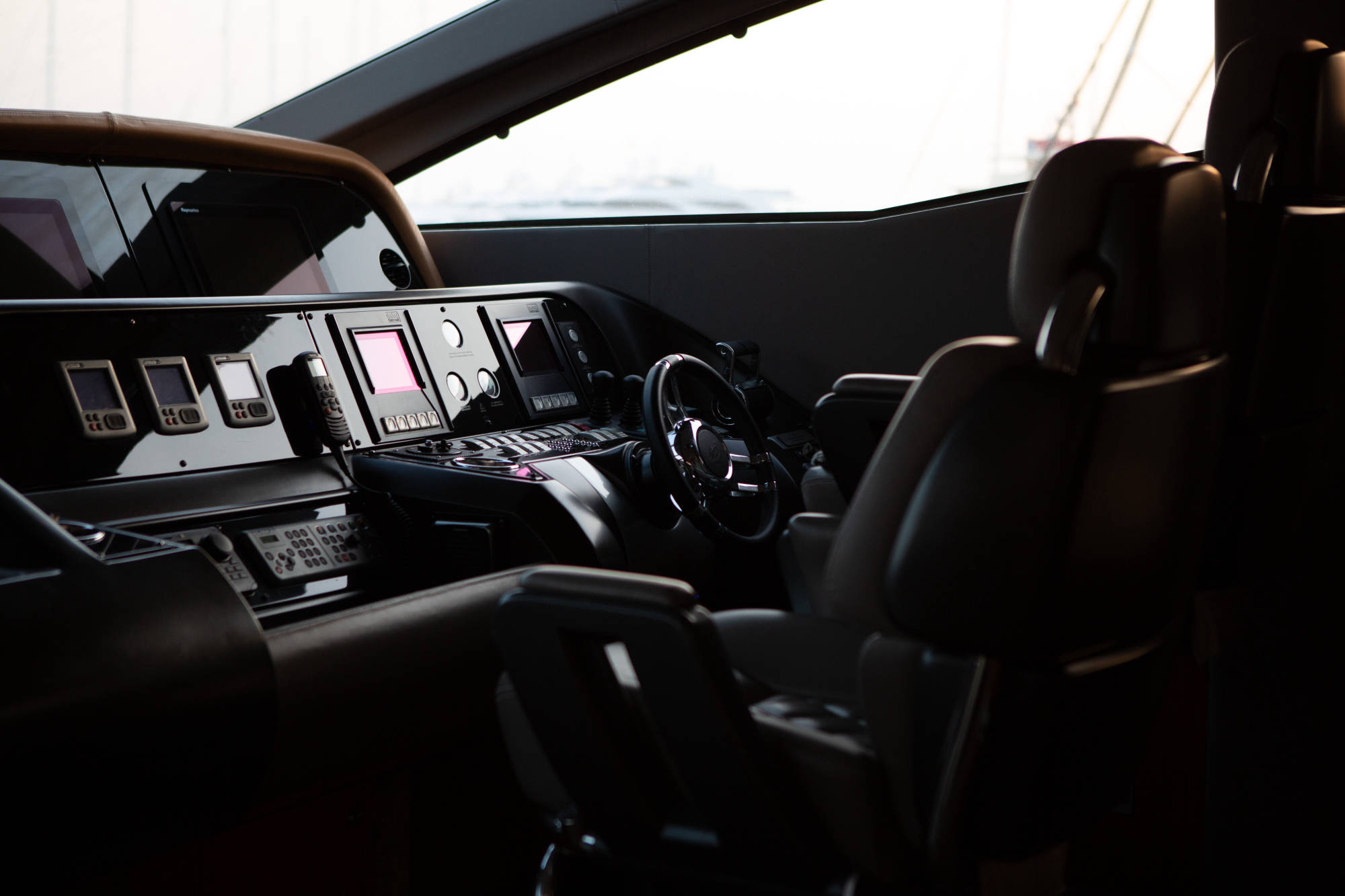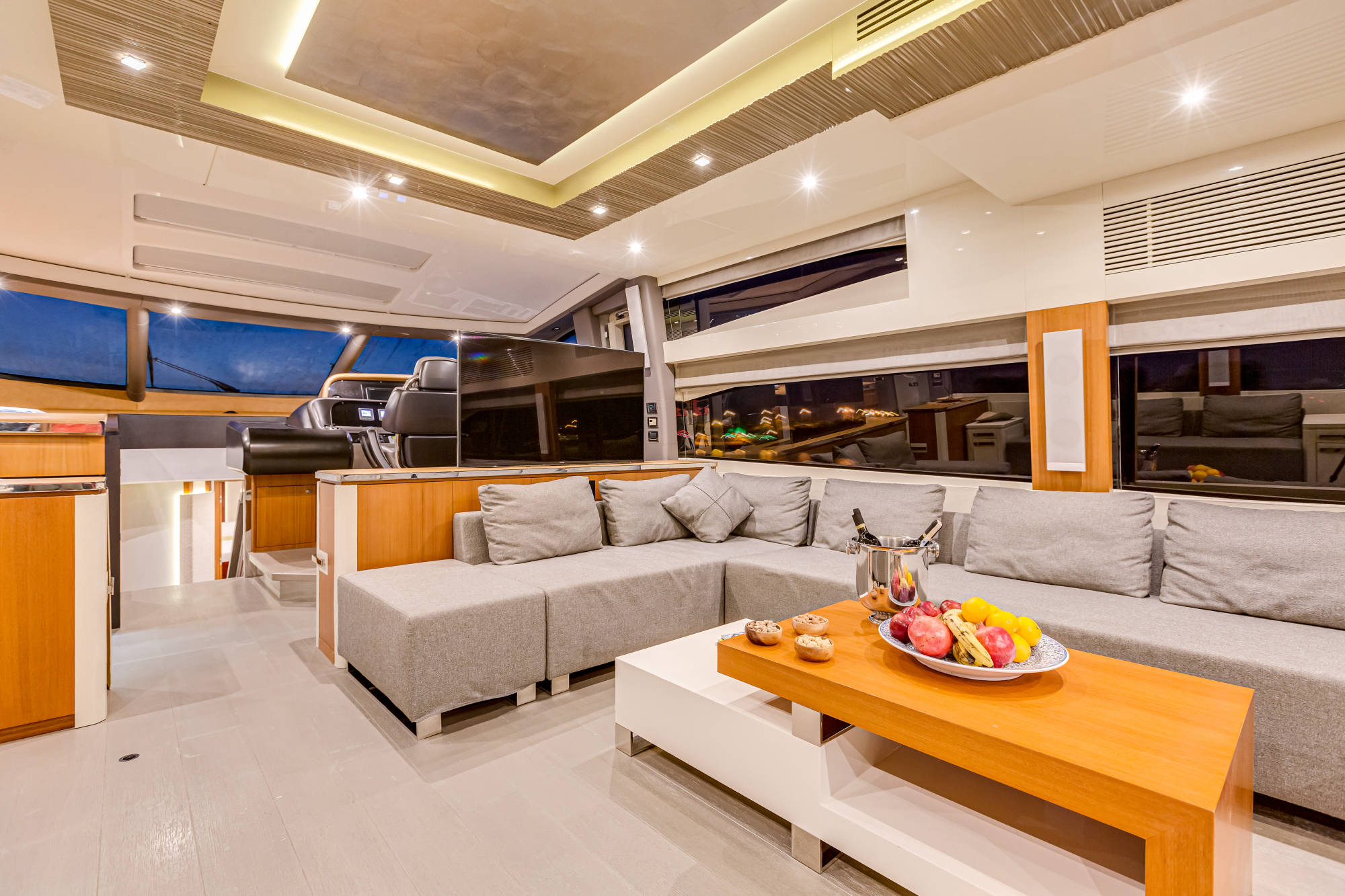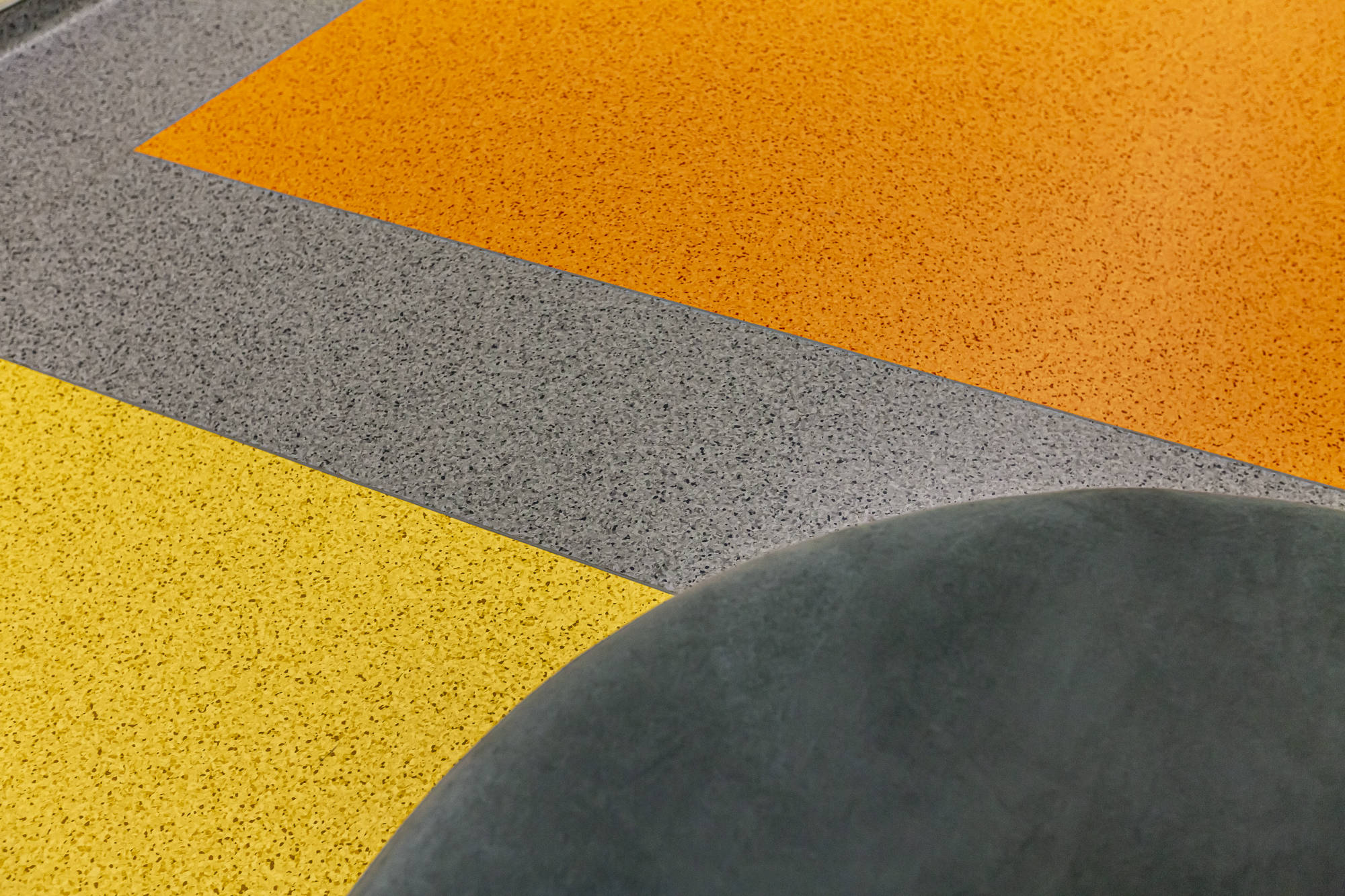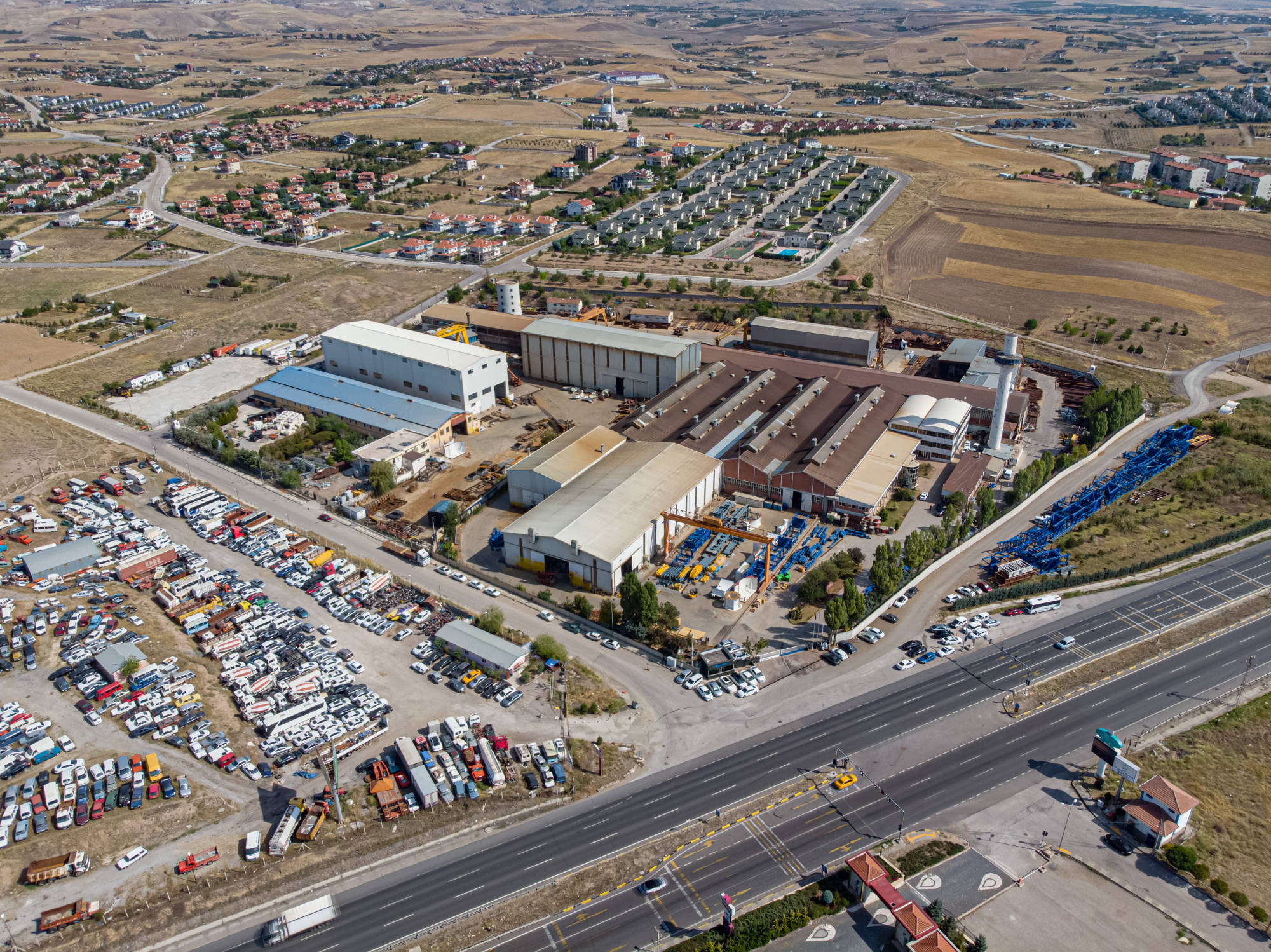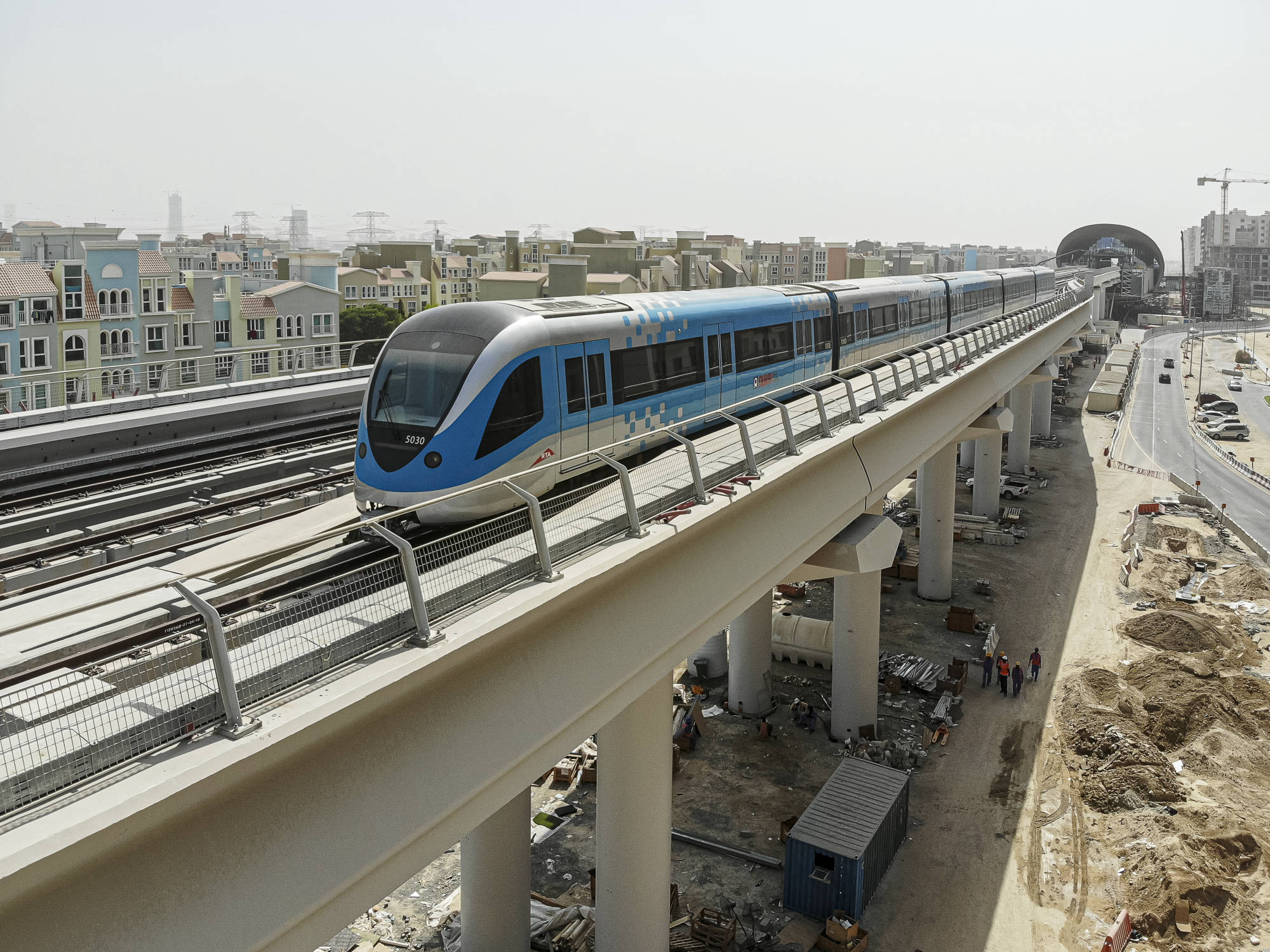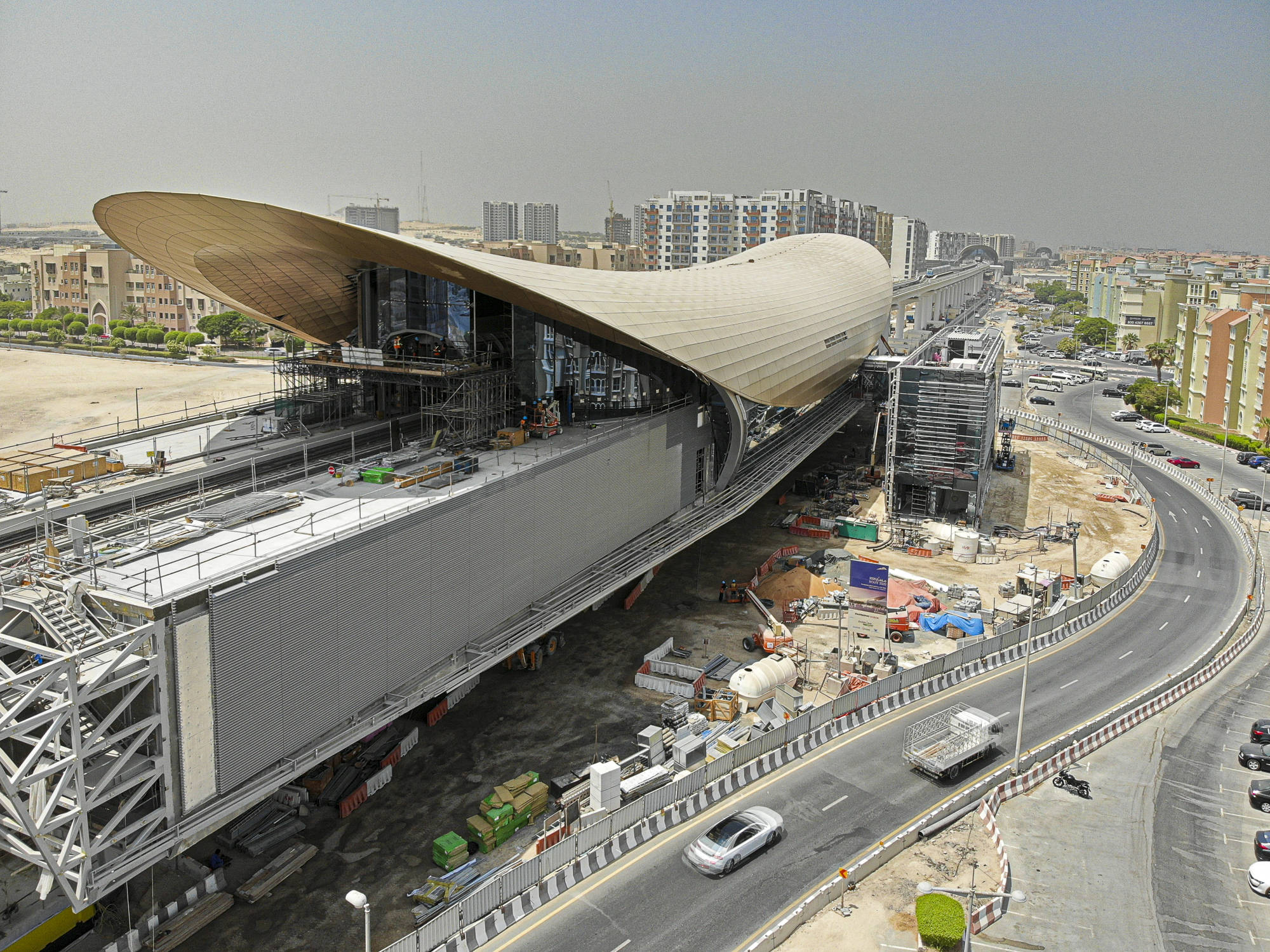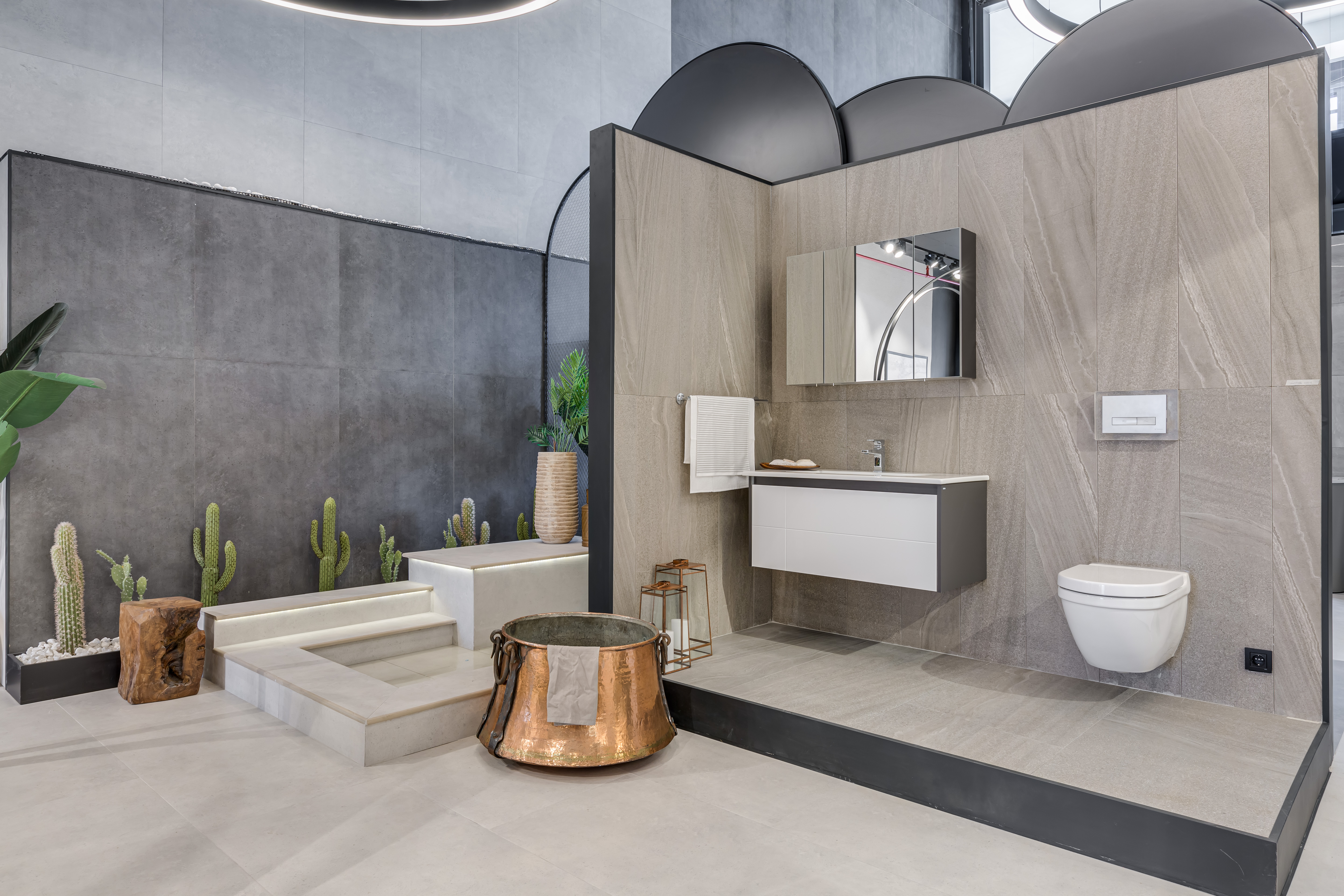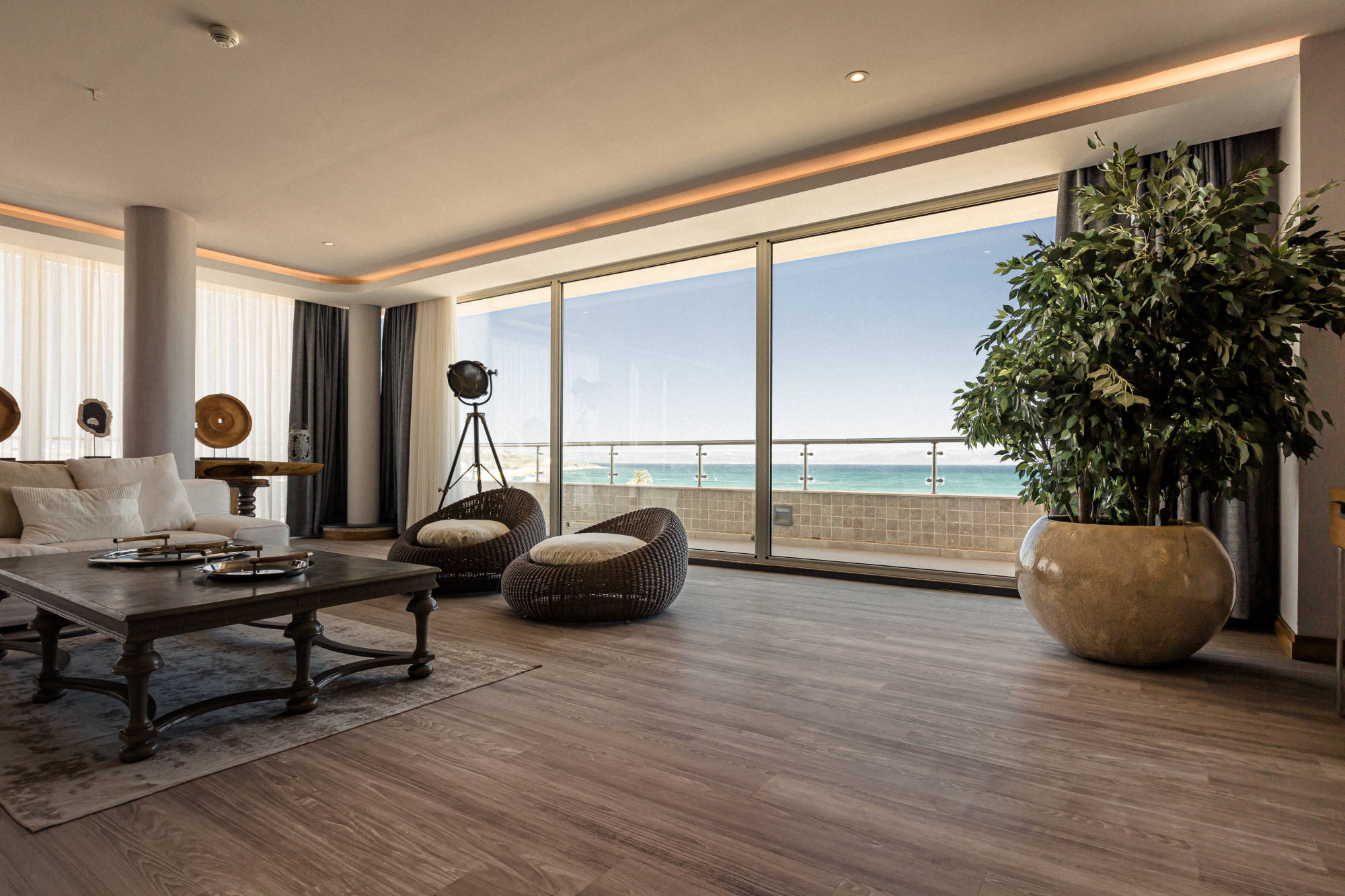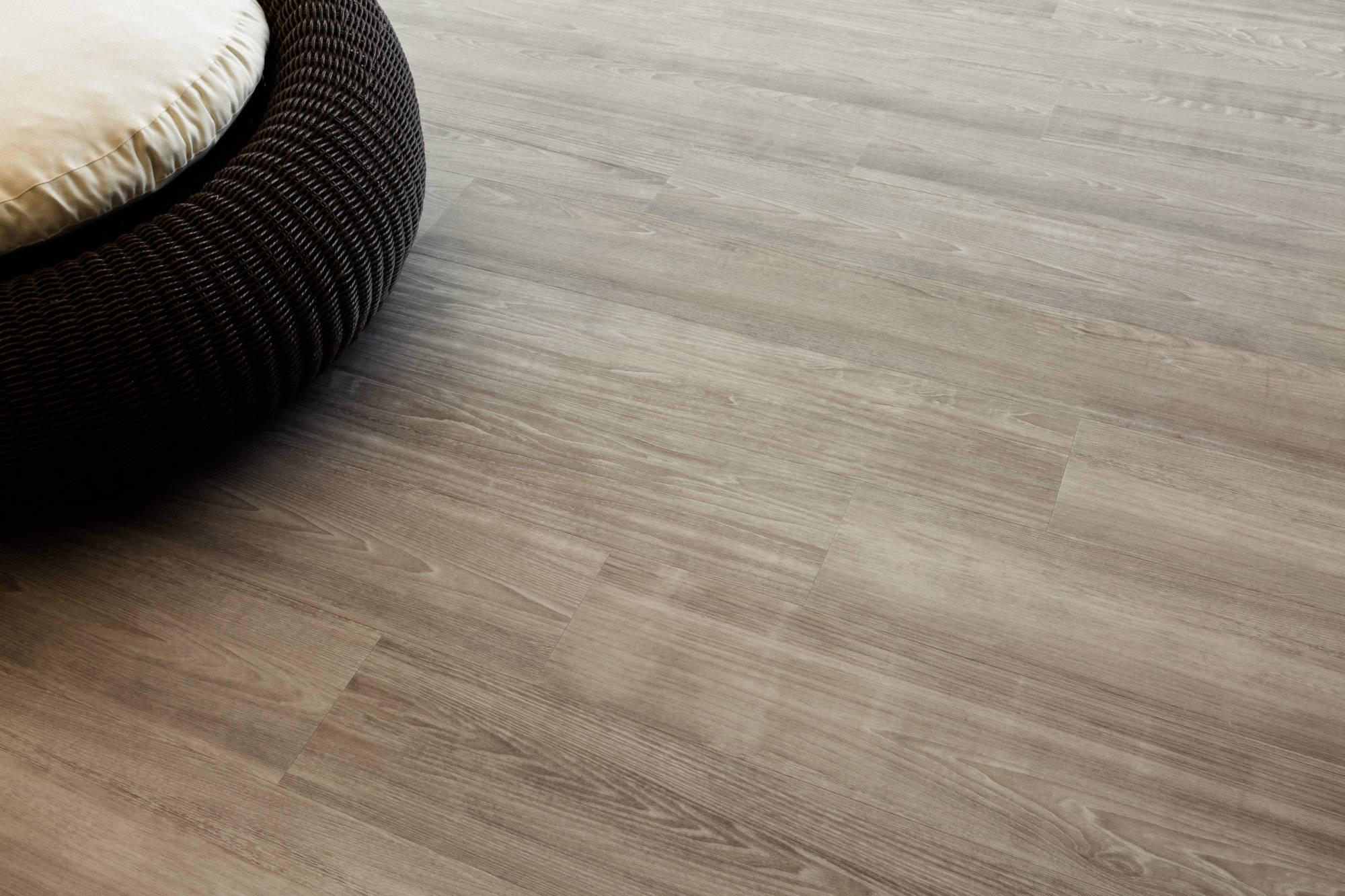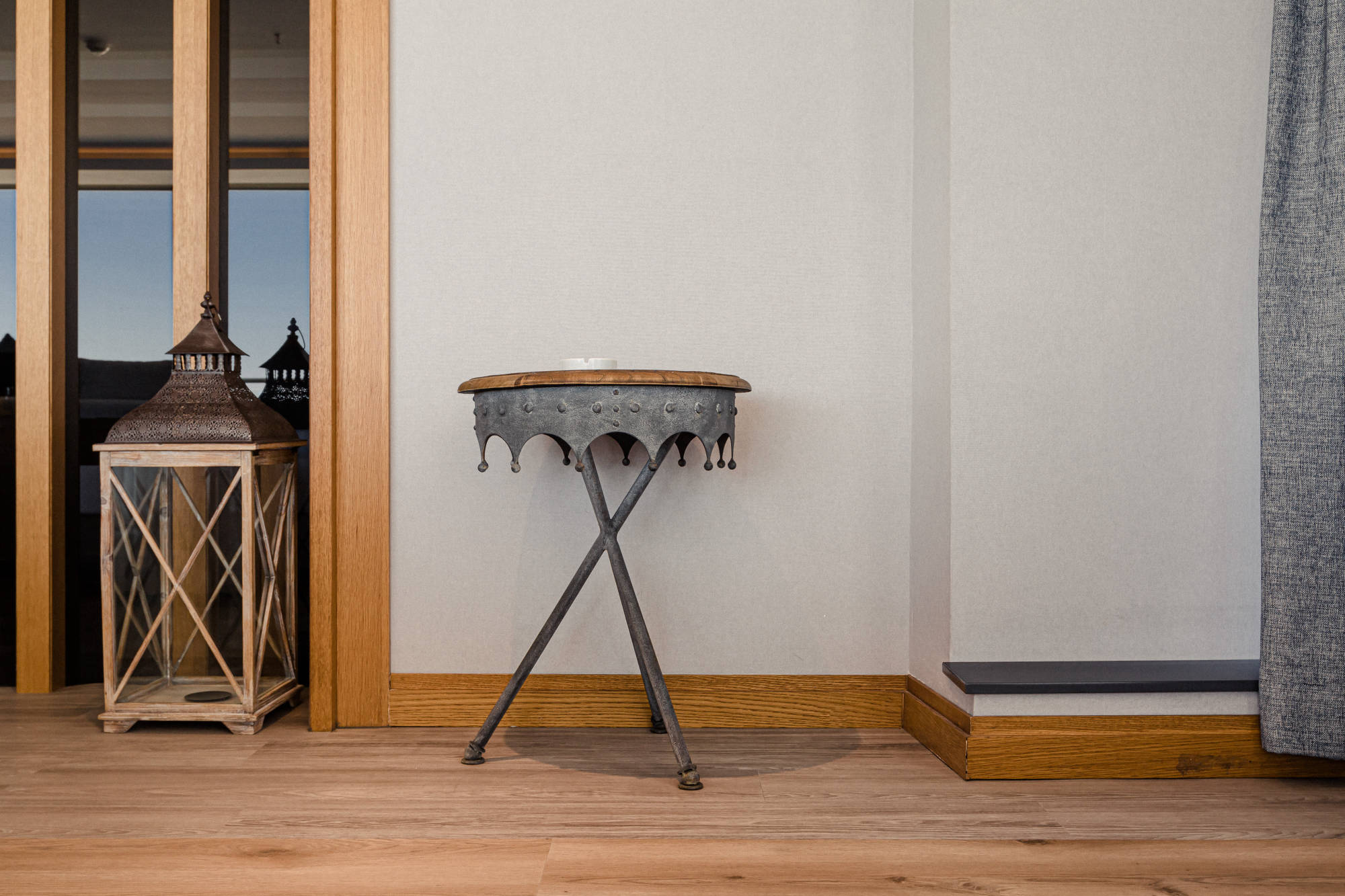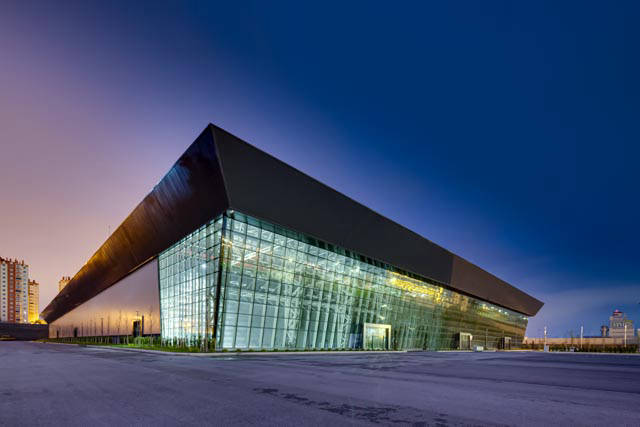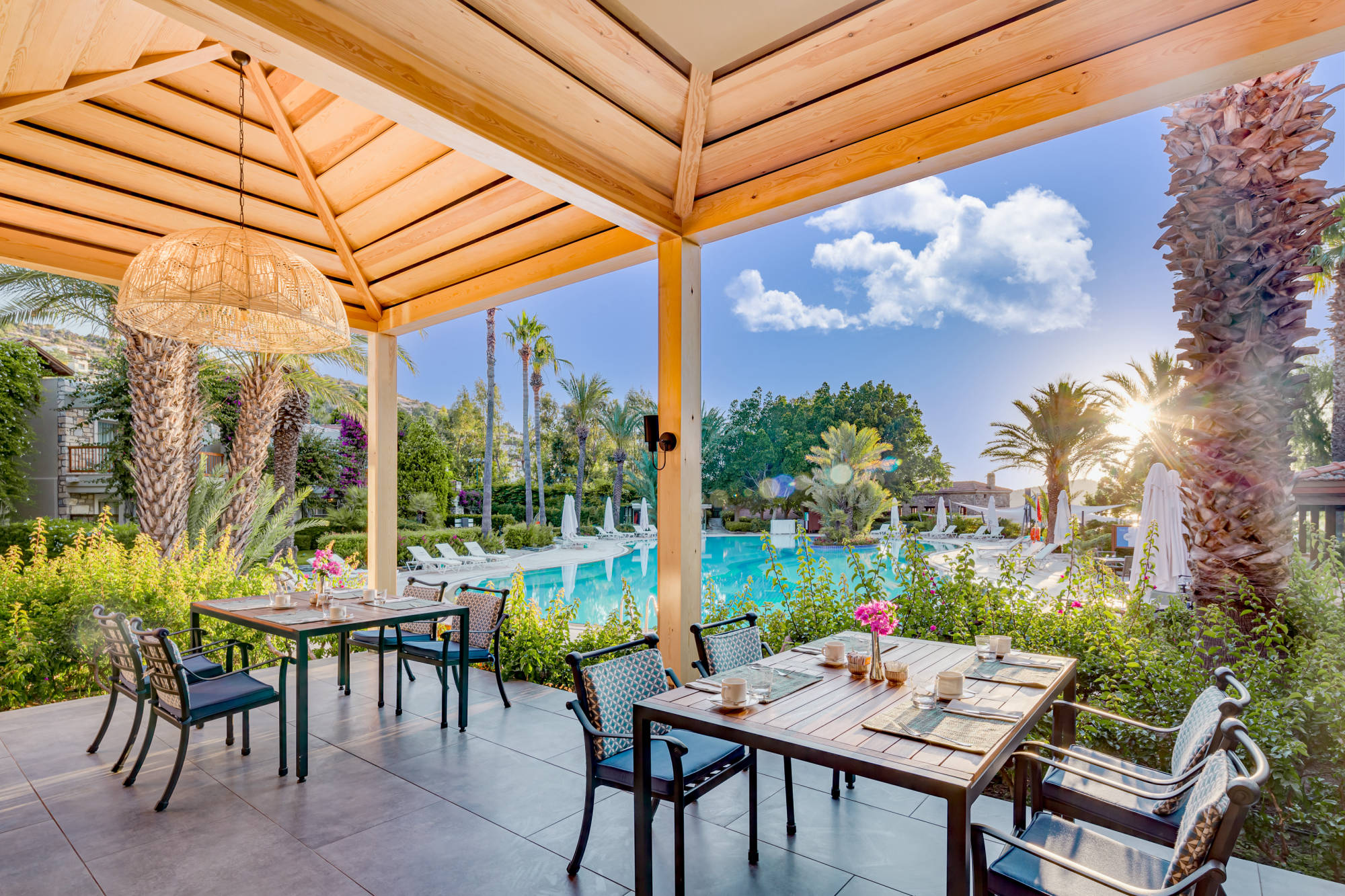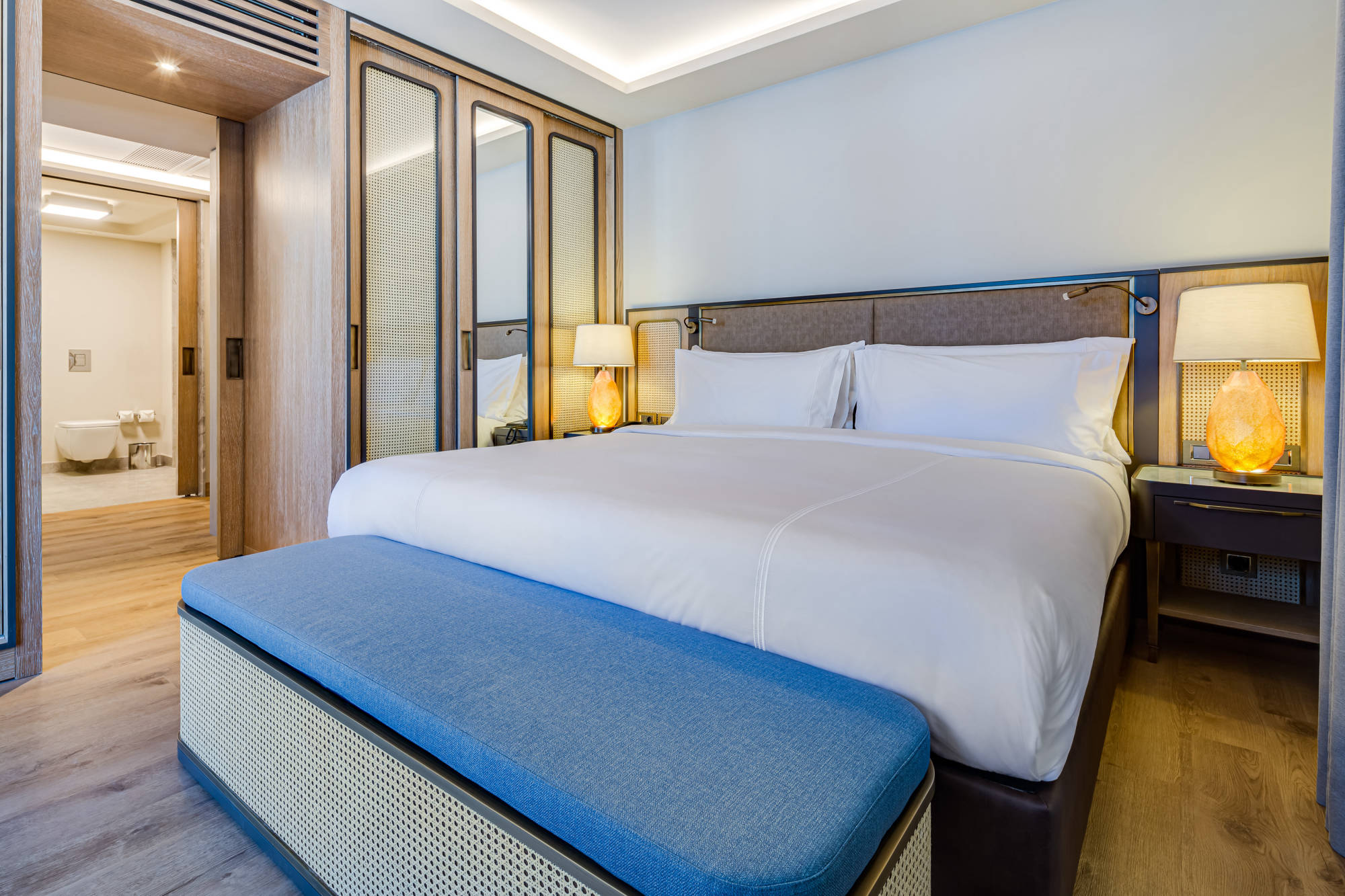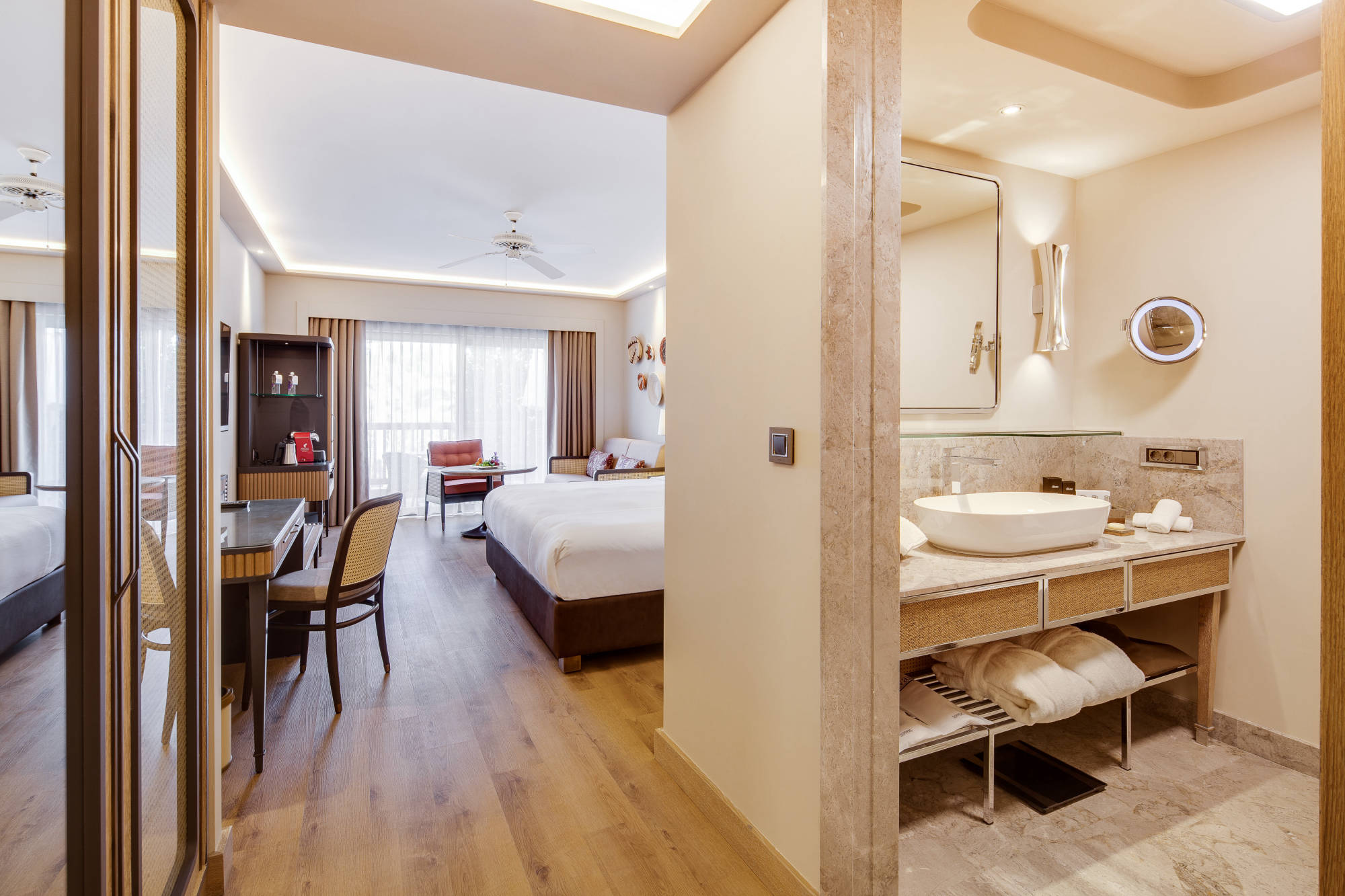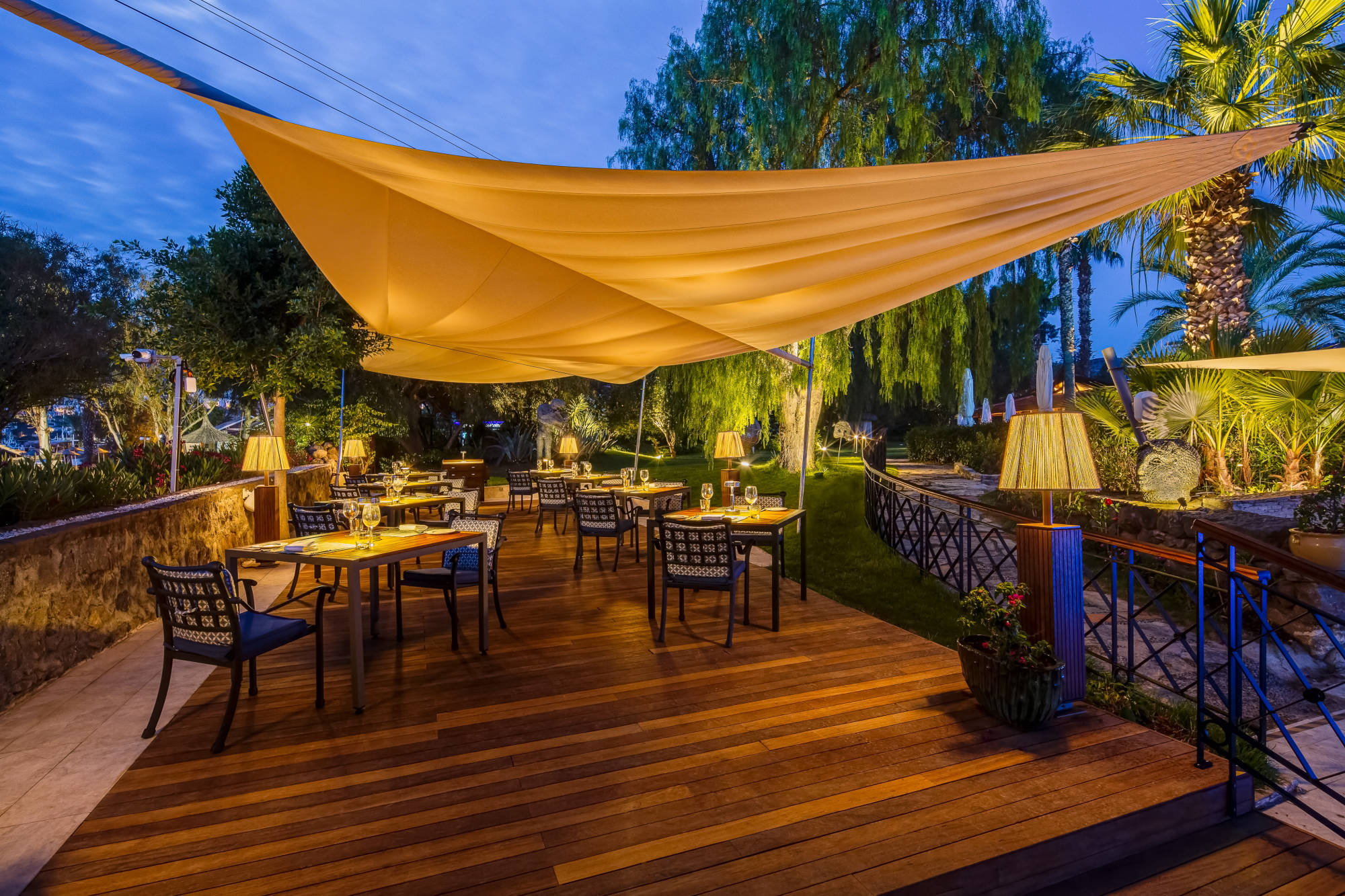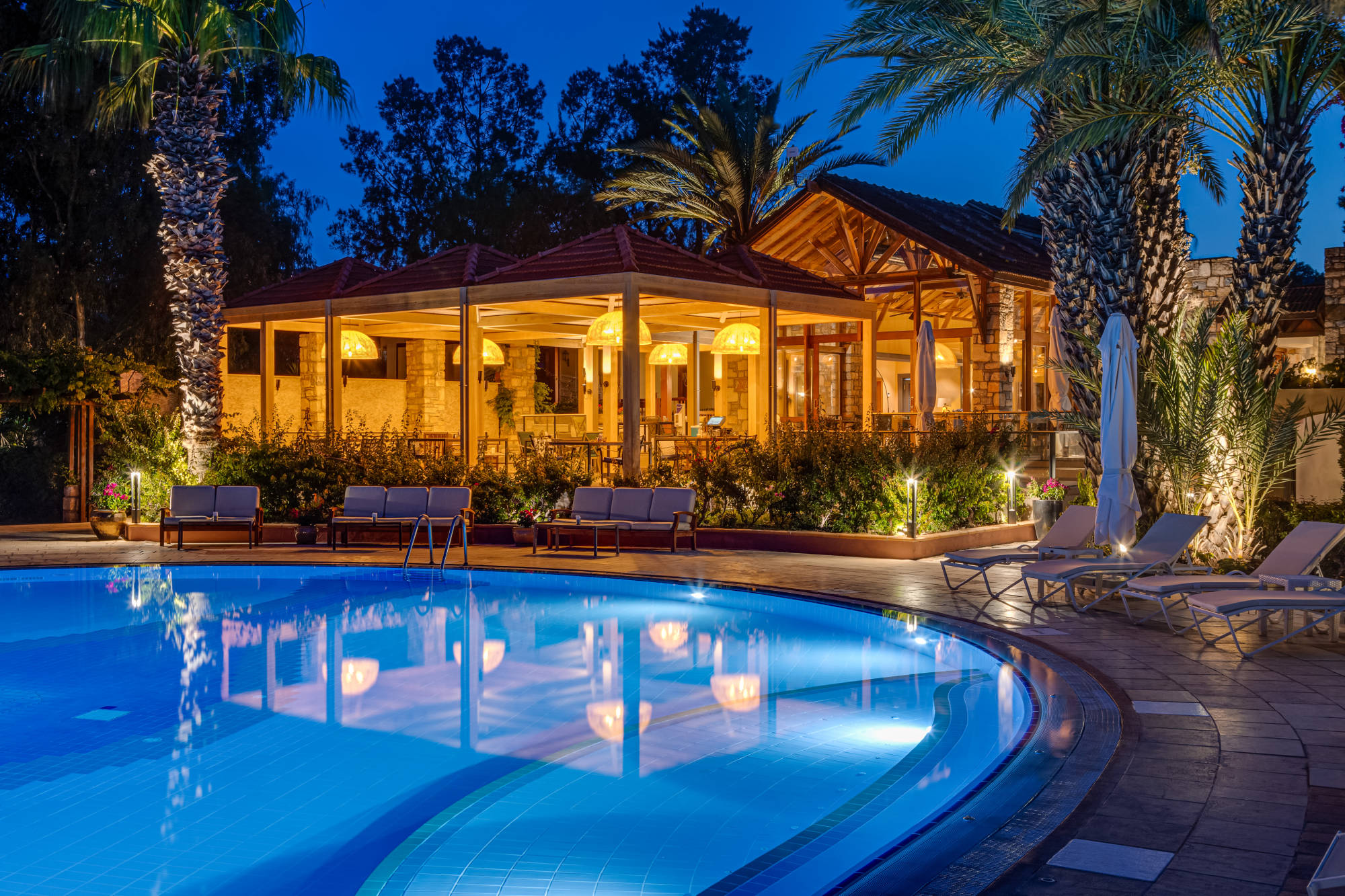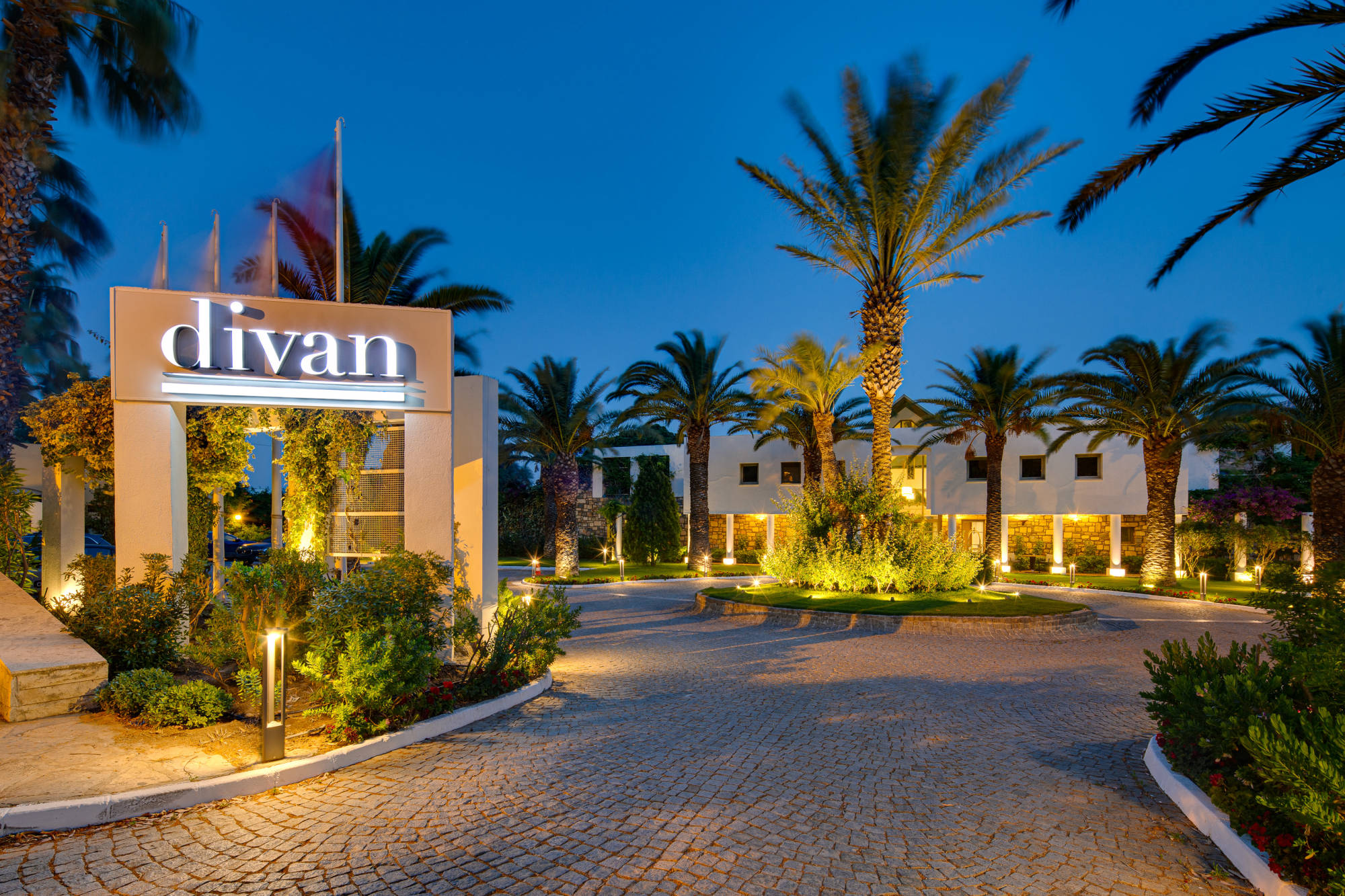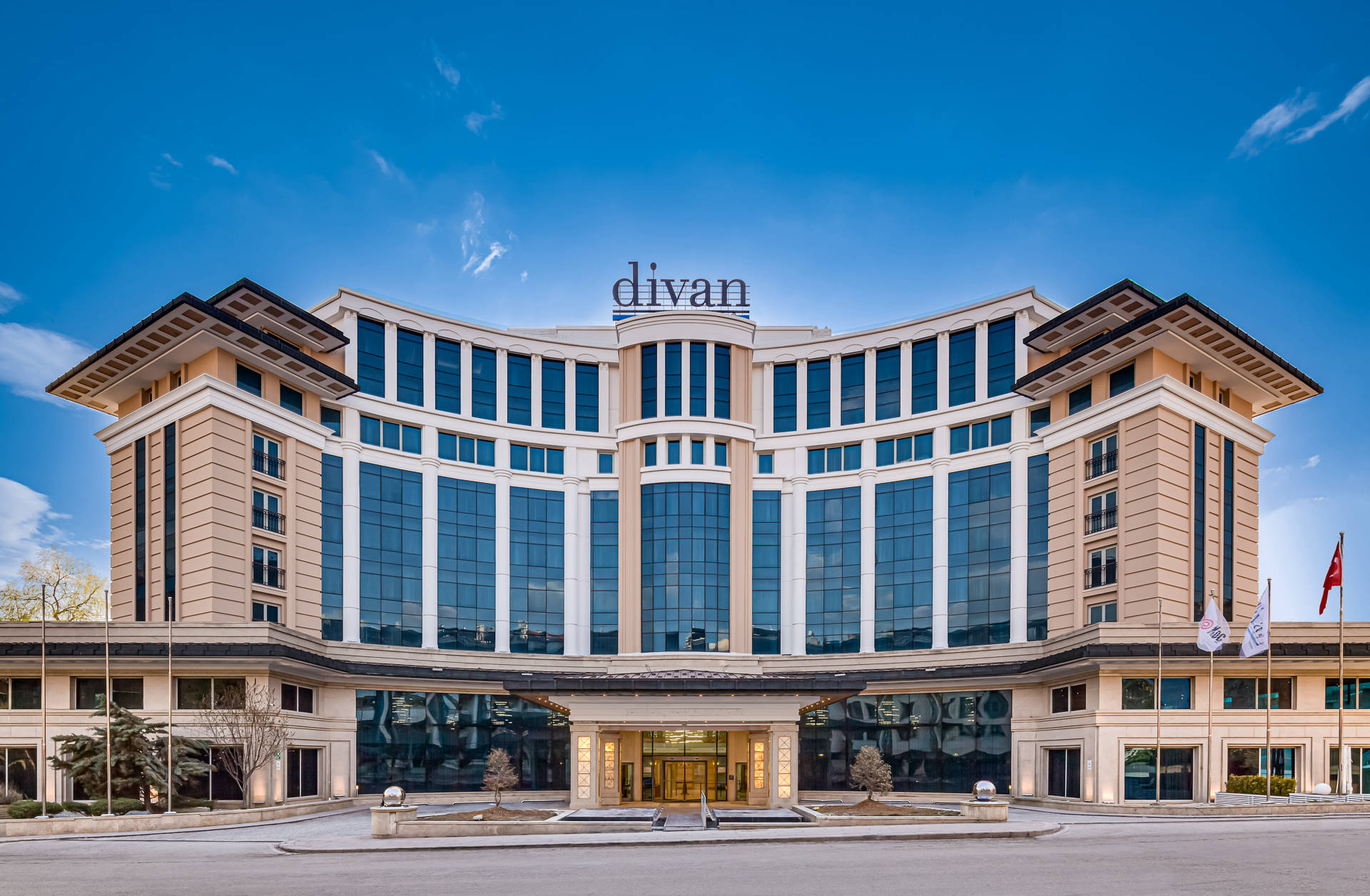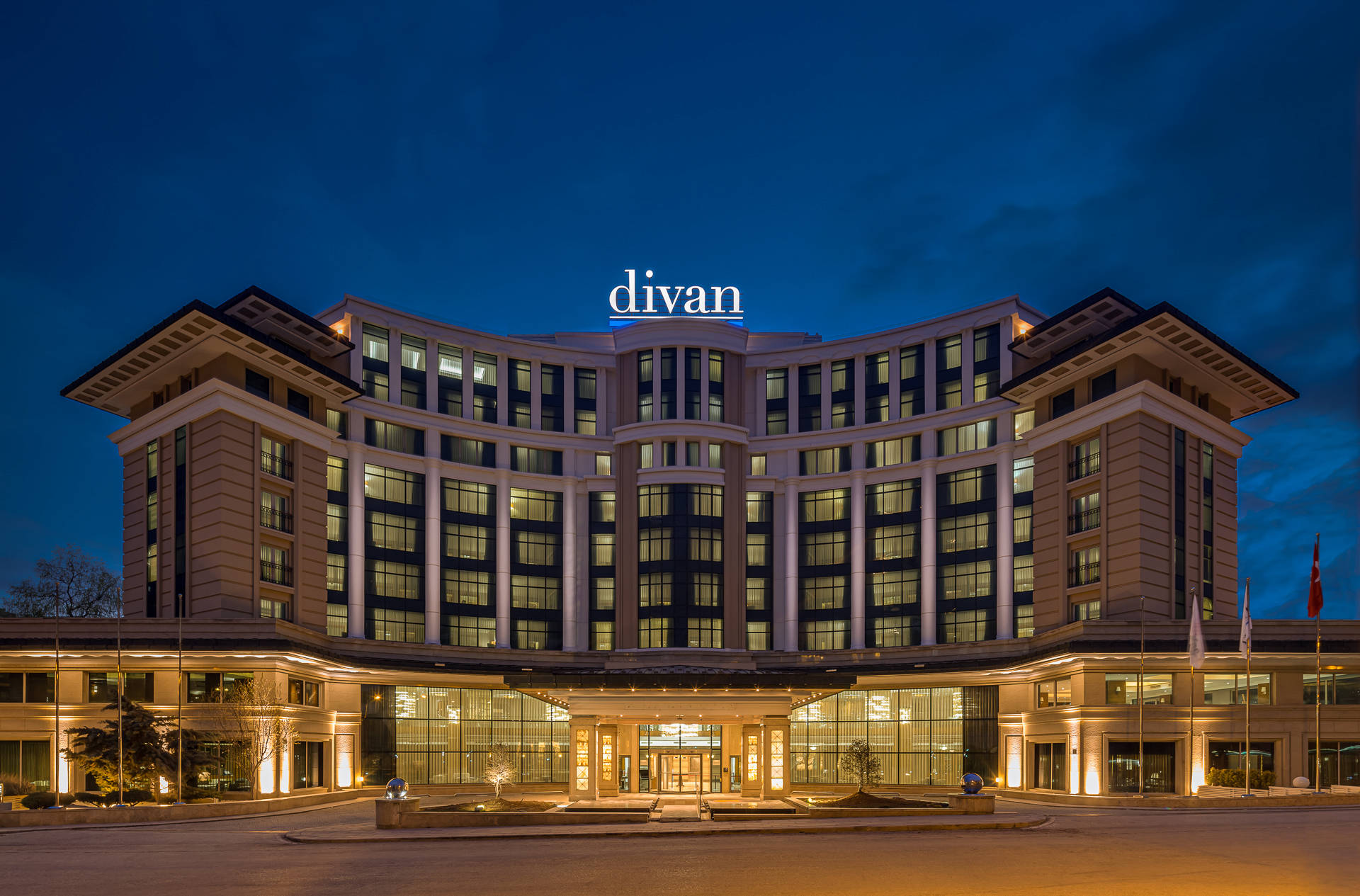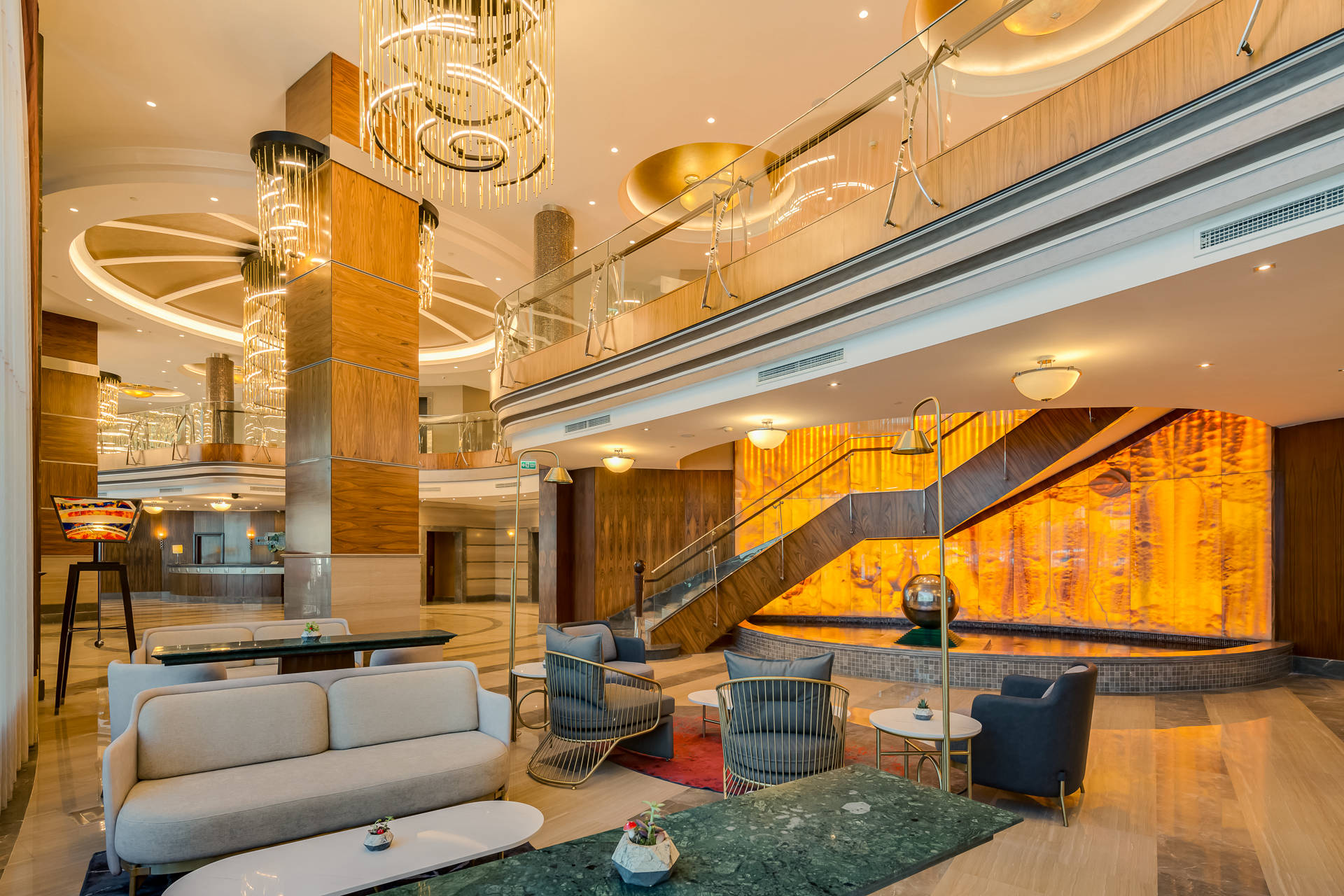Architectural Photography Shoot
As with any subject, it is necessary to work regularly in photographing architectural subjects. Unless material and planning is done in the architectural photograph, photos cannot be taken on demand. Preparations for architectural photography begin with the study of the plastic elements and functions of the building. However, the right perspective, the right lighting, the right camera, and the selection of lenses with appropriate focal length and auxiliary materials are required.
The purpose of architectural photography is to transfer the structures to the photo frame according to certain aesthetic values in line with different aims and approaches. Architectural photography can have many purposes. This aim varies depending on why the building is photographed. A structure can be photographed for many reasons, because the attraction to describe a structure and the shootings to describe its functions are different. For this reason, before photographing the building, it must determine how to approach the subject because there are various approaches to architectural photography. A meaningful architectural photograph should not only show the architecture in an interesting way, but also reflect the perspective of the architecture. Each structure requires a certain analysis in terms of location and order. Every architect solves this problem differently. Therefore, the main purpose of architectural photography is to express certain reasons behind this architectural expression in a photographic sense.
In some special cases, architectural photography plays an active role in defining the building with its topography or environment. In such cases, our task is to study not only the building but also the surroundings of the building and transfer it to the photo.
We usually do it in order to perceive the structure by the target audience in the shots made for tourism and promotion purposes. In architectural shots, we aim to introduce the building in all aspects of the building by photographing it from the outside and inside according to the customer's request. If the architectural structure is a holiday village, we would definitely like to photograph the areas where the activities in the holiday village, sports facilities, SPA, swimming pools, shops, bars, etc. are targeted for the target audience.
When the producer firms or the architect of the building want to be photographed for the promotion of the structures they make, we take the most comprehensive shots because the shooting will be done for the architect or producer firm that has done the most competent and detailed work. The work of the architect, which he has created with very long efforts, is very valuable for him in terms of energy and time. To show their future customers, they ask us for photos describing all the functions and functions of that building. For this reason, we collect as much information about the structure as possible. Communicating with the architect or site chief, talking on the plan of the building helps us a lot when photographing the building.
We would like to read the appropriate architectural photographs required for books, magazines, encyclopedia for architectural purposes, and the article to be published with the photograph before shooting. If there is an illustration to be added to the article, we would also like to see it. The completed text acts as a shooting plan for us, and this article can reveal the photographic attitude of the magazine or that publication.
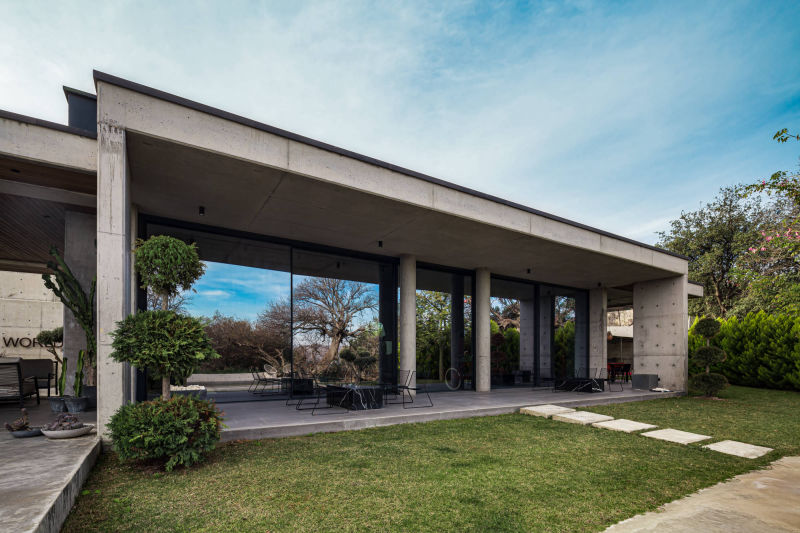 Cortizo - Bodrum
Cortizo - Bodrum
 Cortizo - Bodrum
Cortizo - Bodrum
 Cortizo - Bodrum
Cortizo - Bodrum
 Cortizo - Bodrum
Cortizo - Bodrum
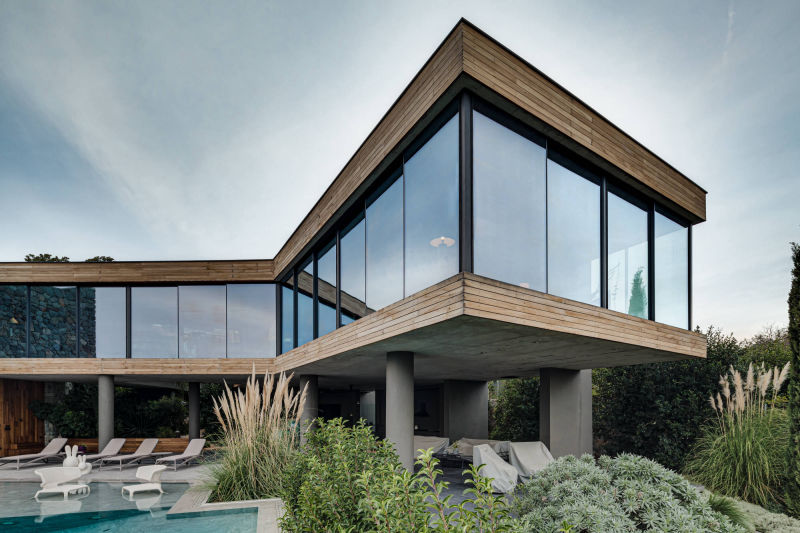 Cortizo - Bodrum
Cortizo - Bodrum
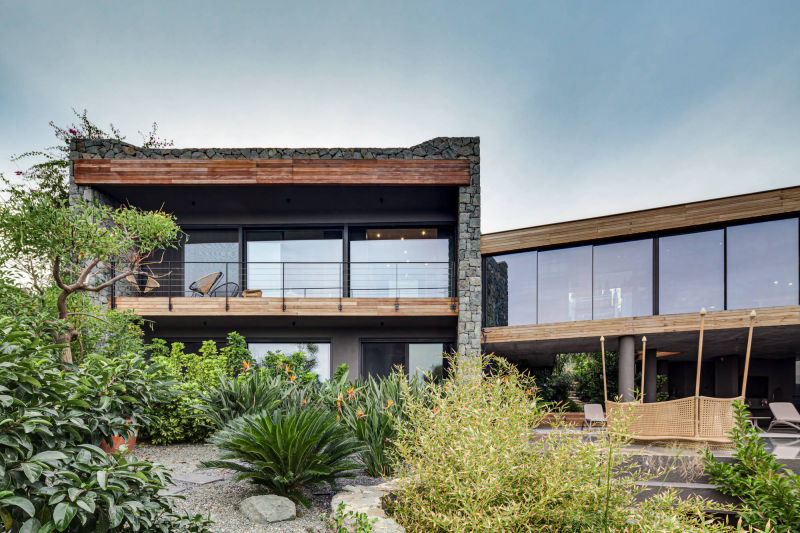 Cortizo - Bodrum
Cortizo - Bodrum
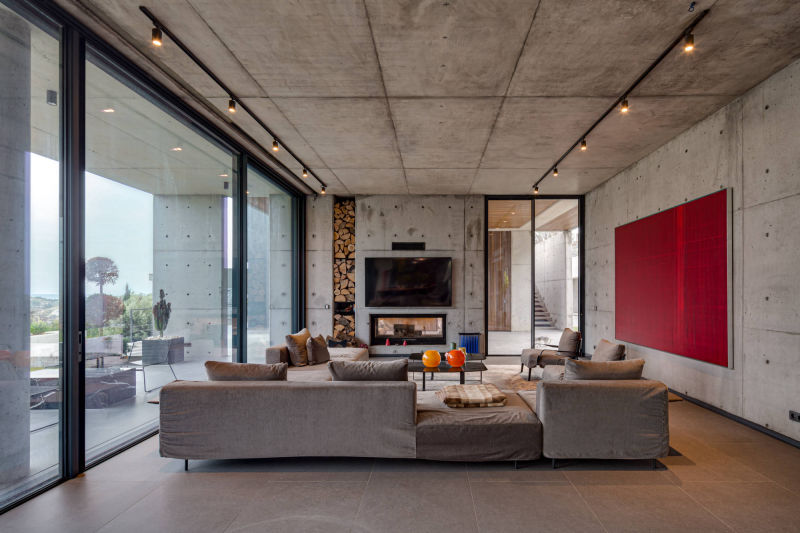 Cortizo - Bodrum
Cortizo - Bodrum
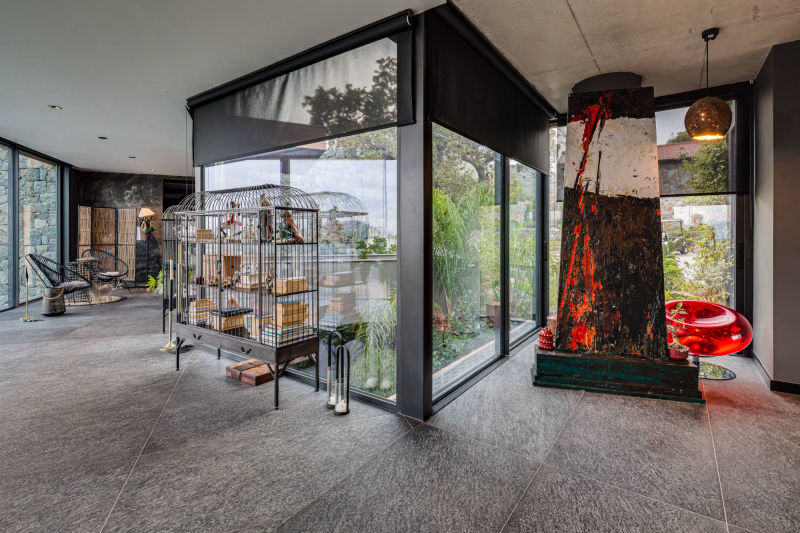 Cortizo - Bodrum
Cortizo - Bodrum
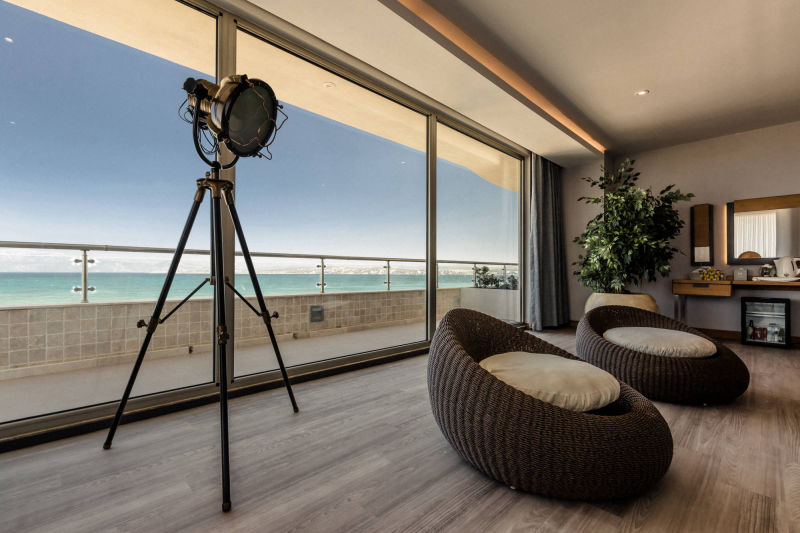 Ilica Hotel Cesme
Ilica Hotel Cesme
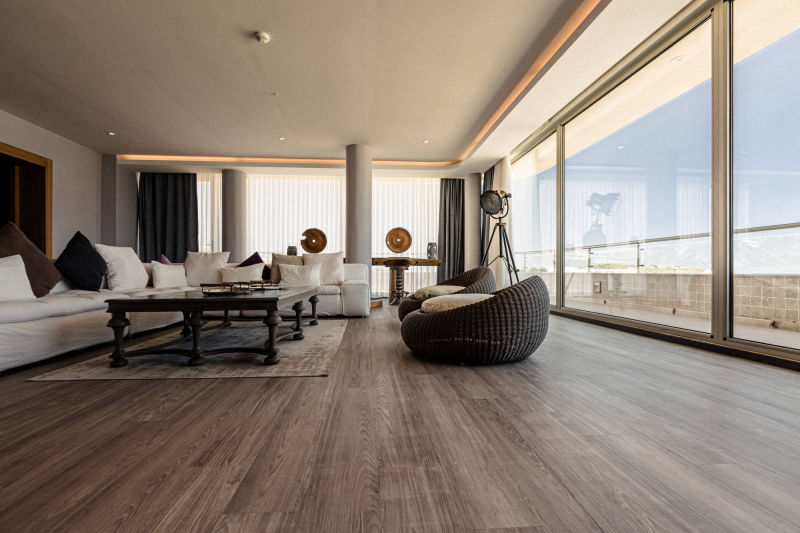 Ilica Hotel Cesme
Ilica Hotel Cesme
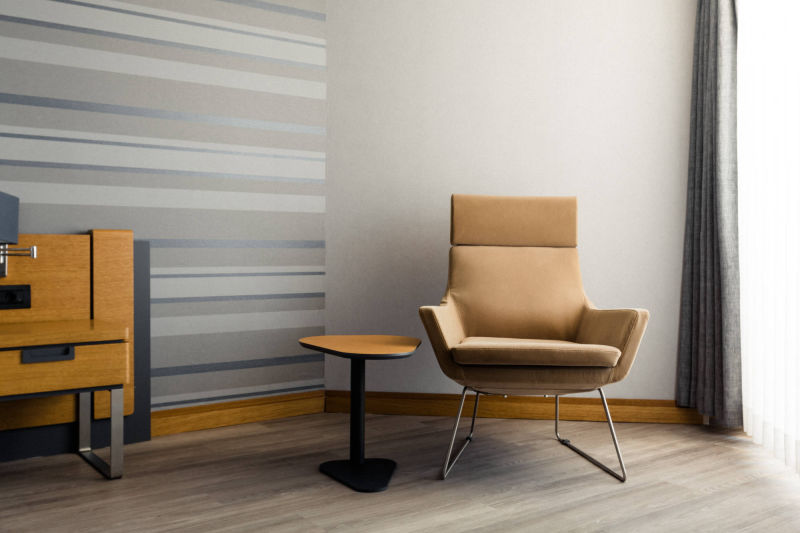 Ilica Hotel Cesme
Ilica Hotel Cesme
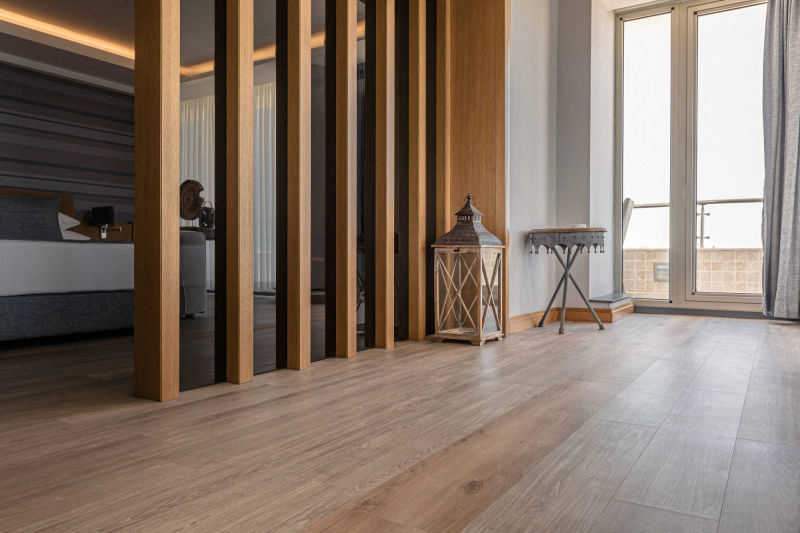 Ilica Hotel Cesme
Ilica Hotel Cesme
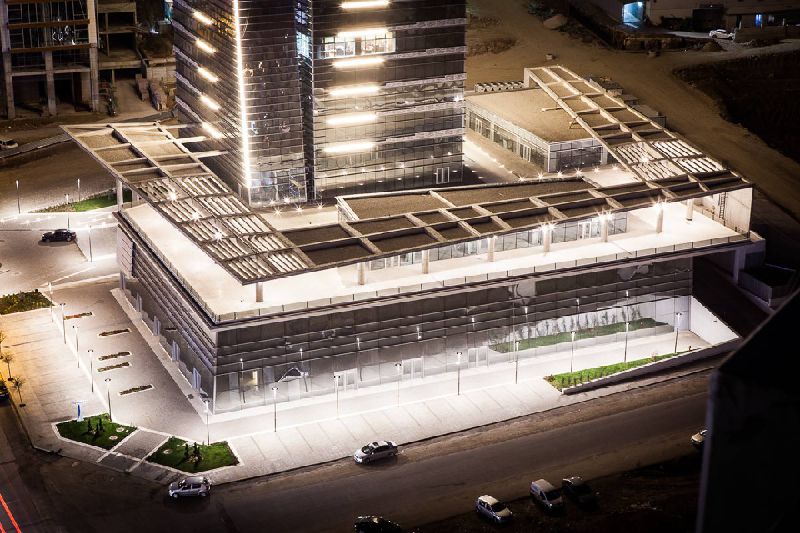 Ankara Paragon İş Merkezi
Ankara Paragon İş Merkezi
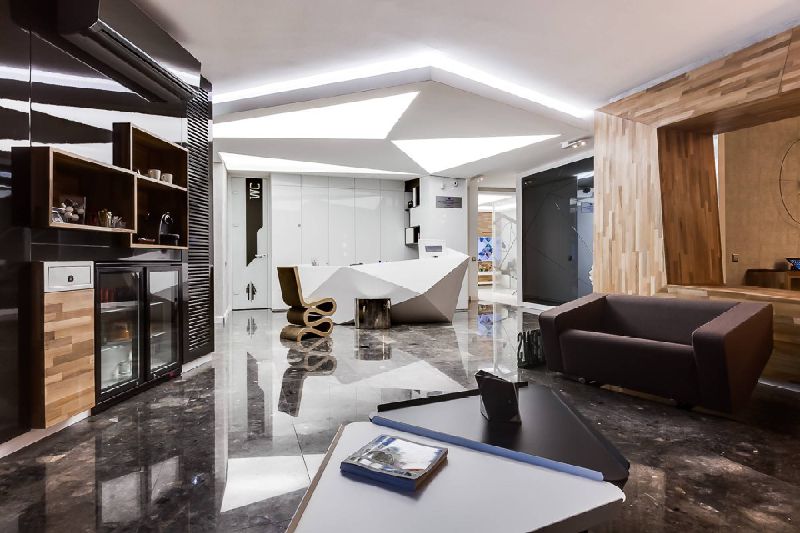 Dentafine
Dentafine
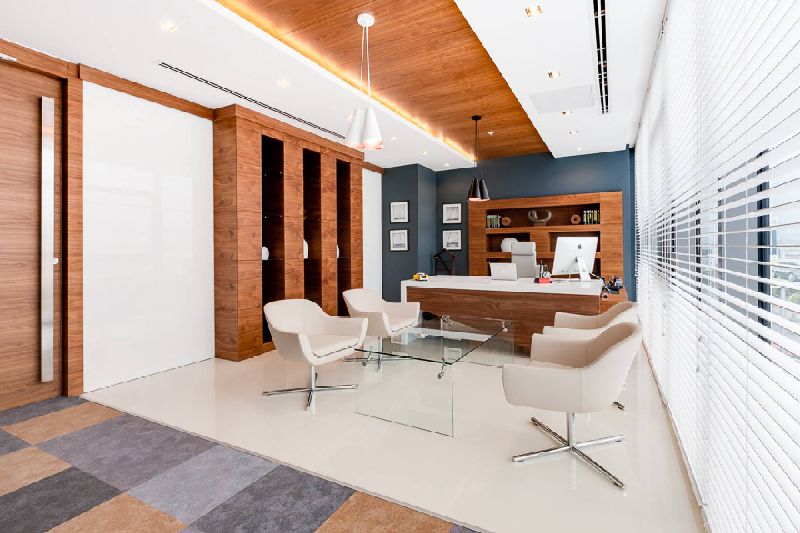 Kronos Ofis
Kronos Ofis
 Ankara Paragon İş Merkezi
Ankara Paragon İş Merkezi
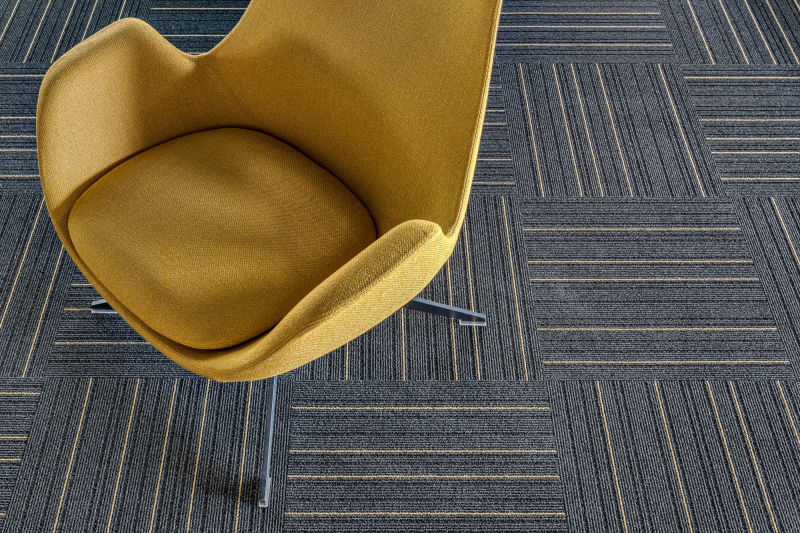 Tarkett
Tarkett
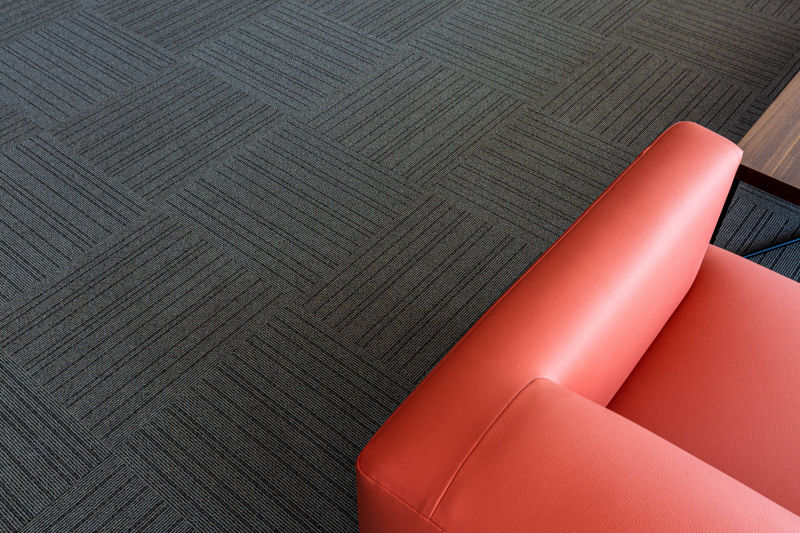 Tarkett
Tarkett
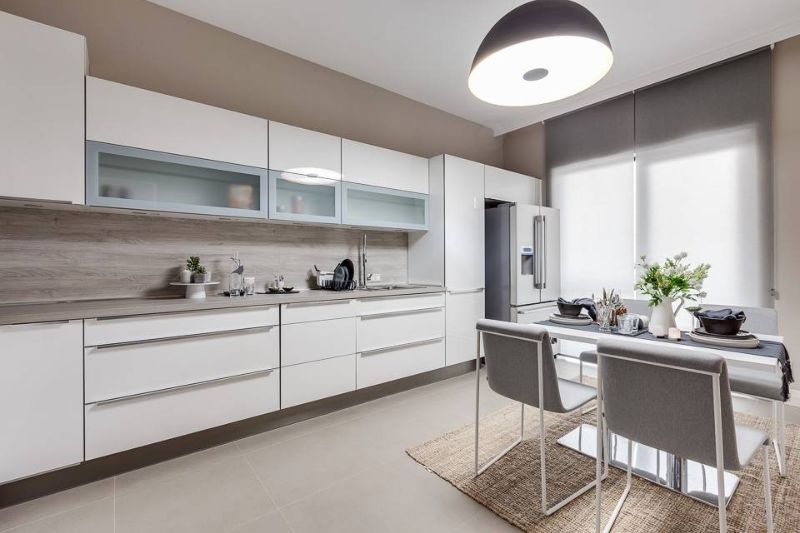 Tumer Onaran Mimarlık
Tumer Onaran Mimarlık
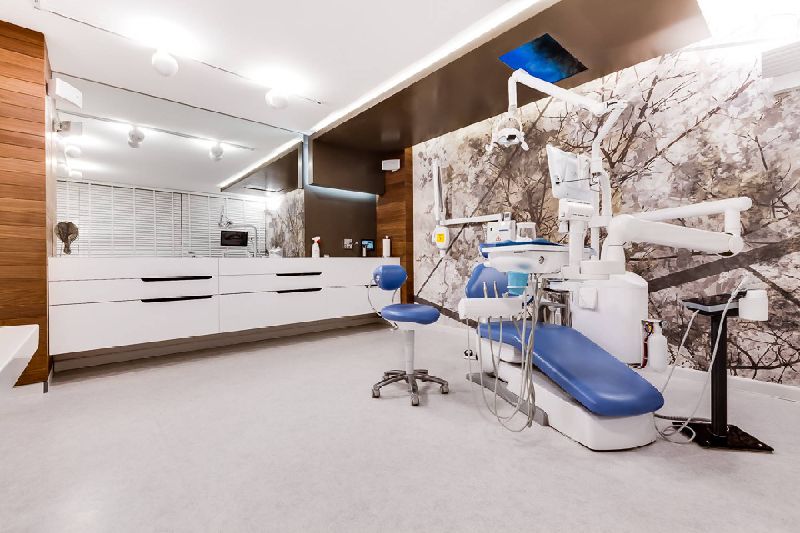 Dentafine
Dentafine
 Superdry
Superdry
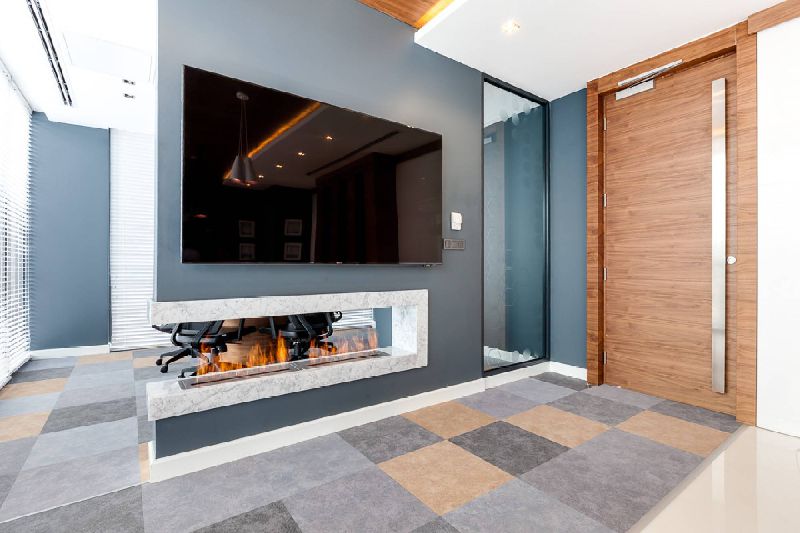 Kronos Ofis
Kronos Ofis
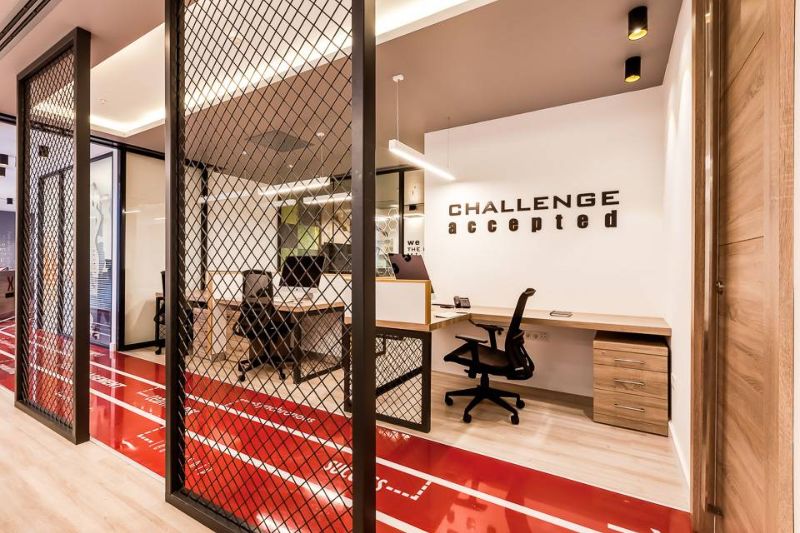 Kronos Ofis
Kronos Ofis
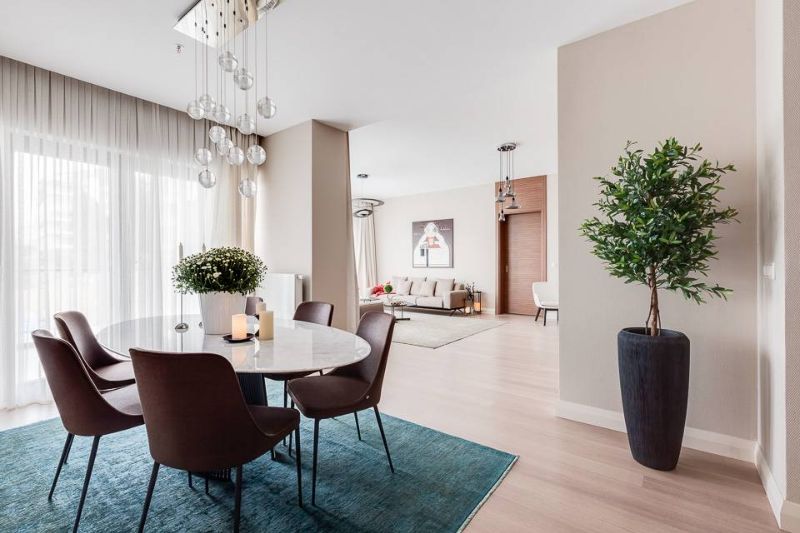 Tumer Onaran Mimarlık
Tumer Onaran Mimarlık
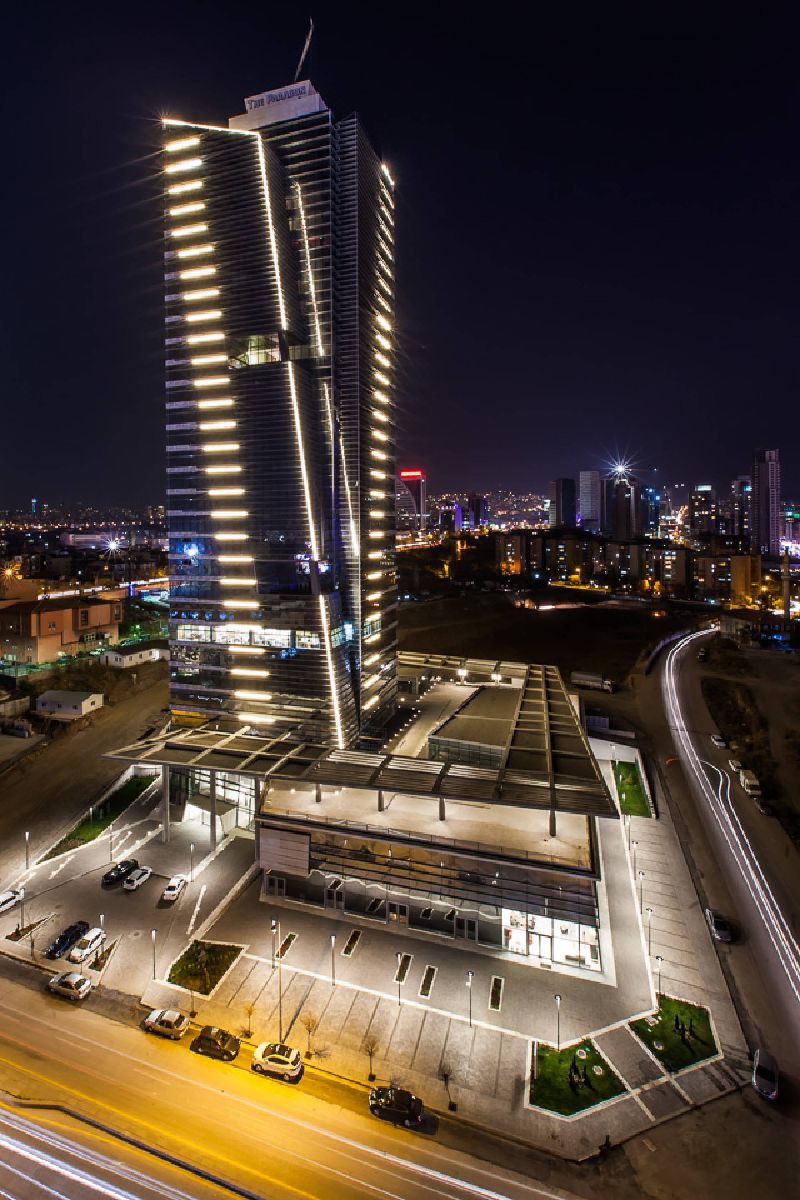 Ankara Paragon İş Merkezi
Ankara Paragon İş Merkezi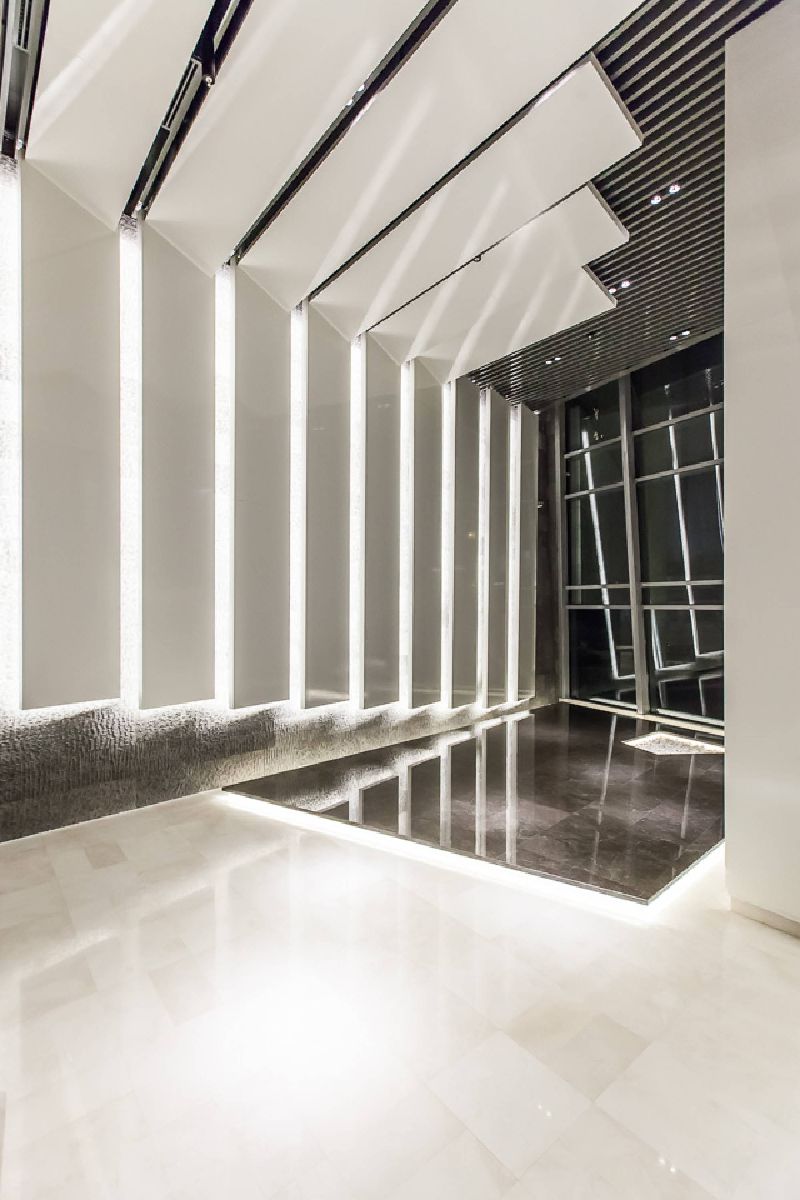 Ankara Paragon İş Merkezi
Ankara Paragon İş Merkezi
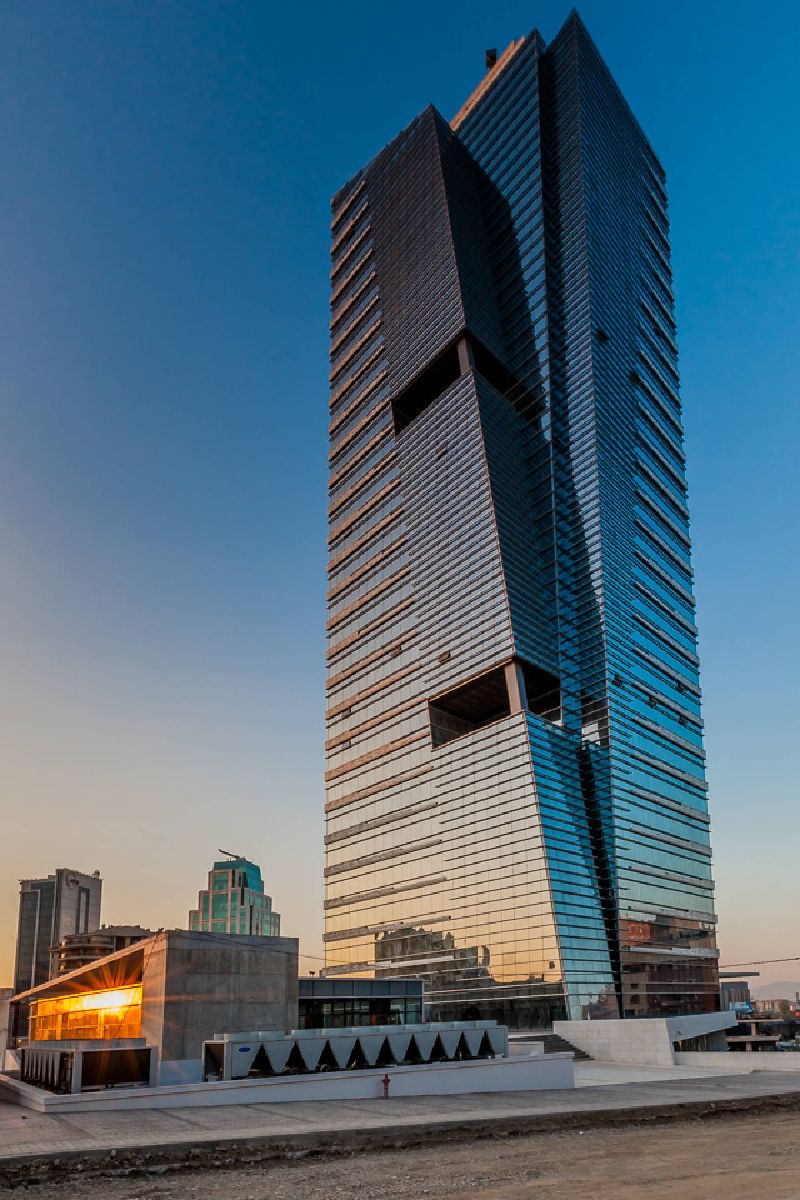 Ankara Paragon İş Merkezi
Ankara Paragon İş Merkezi
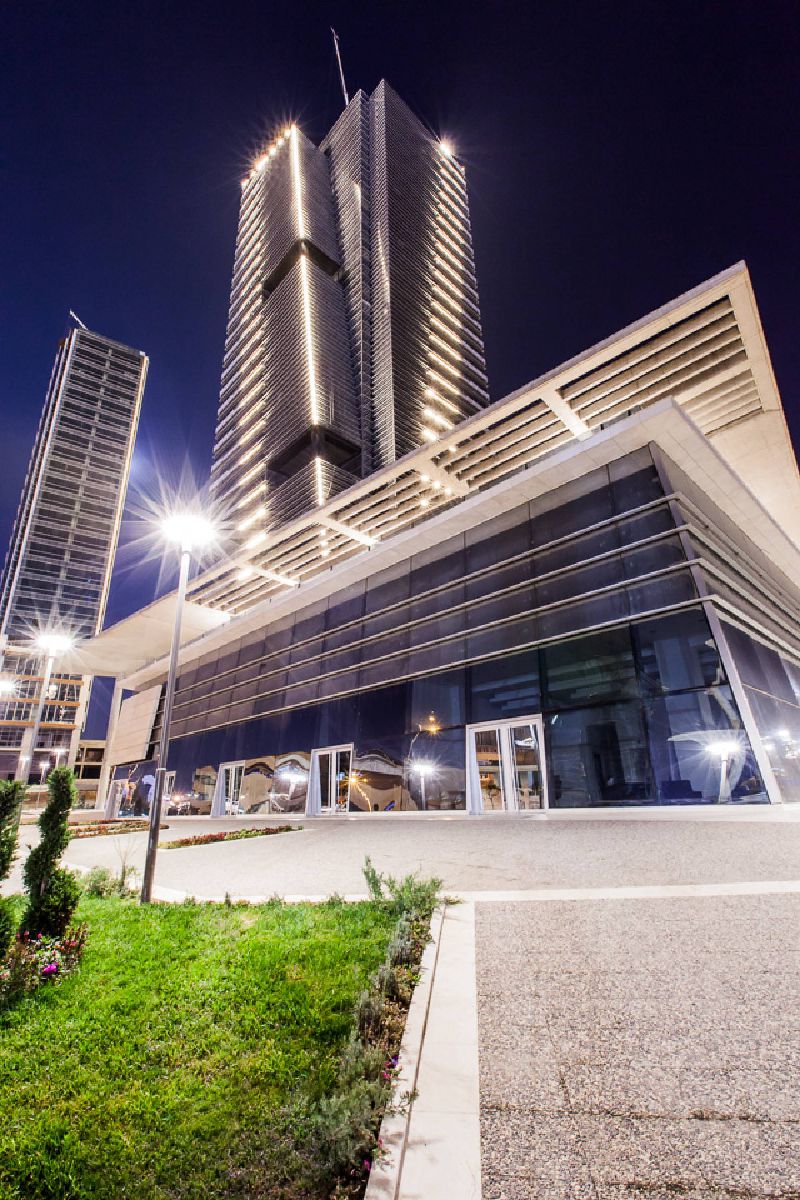 Ankara Paragon İş Merkezi
Ankara Paragon İş Merkezi
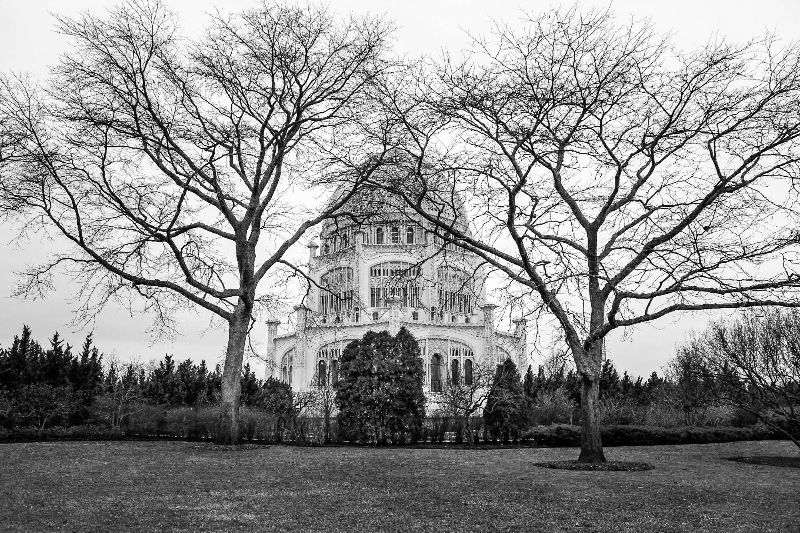 The Baha'i House of Worship - Chicago
The Baha'i House of Worship - Chicago
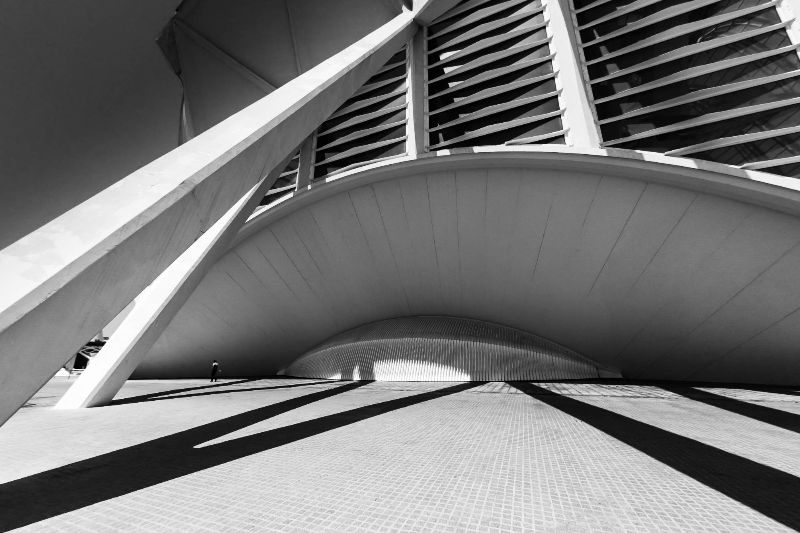 Santiago Calatrava's The City of Arts & Sciences
Santiago Calatrava's The City of Arts & Sciences
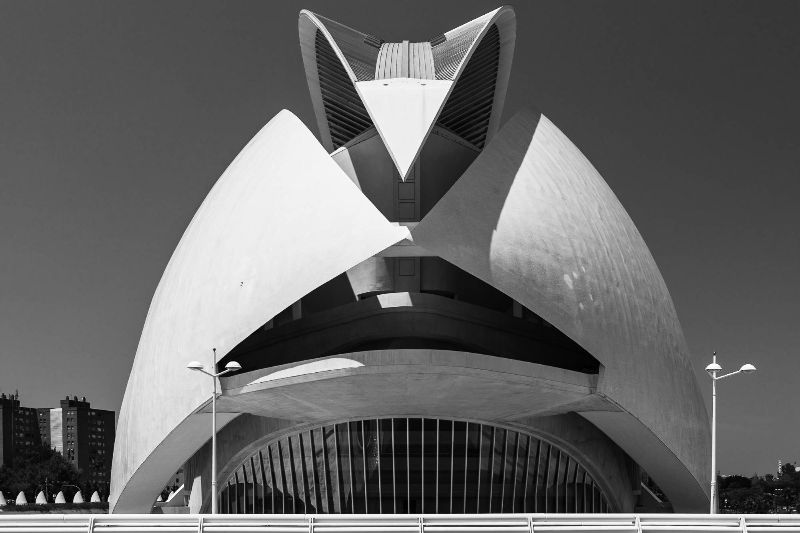 Santiago Calatrava's The City of Arts & Sciences
Santiago Calatrava's The City of Arts & Sciences
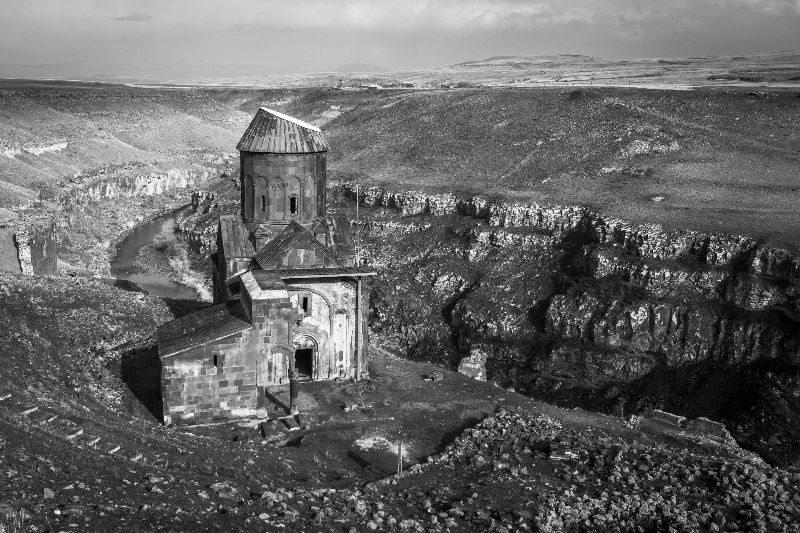 Ani Harabeleri
Ani Harabeleri
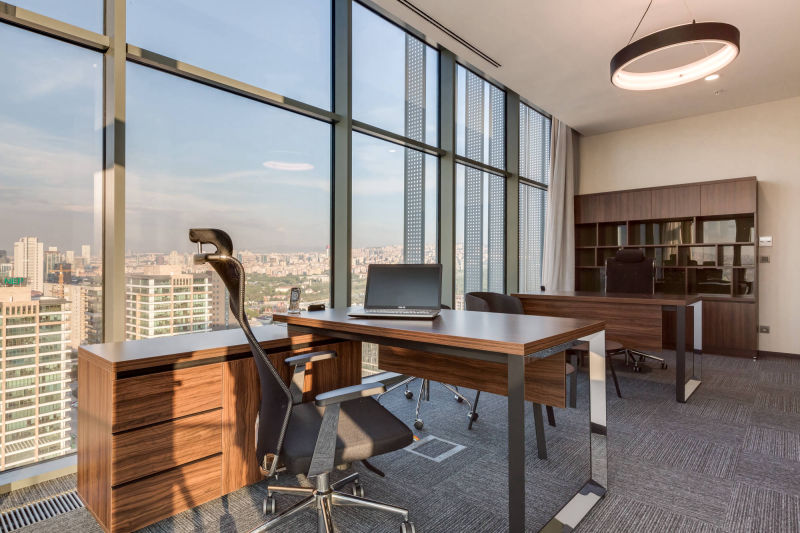 Tumer Onaran Mimarlık
Tumer Onaran Mimarlık
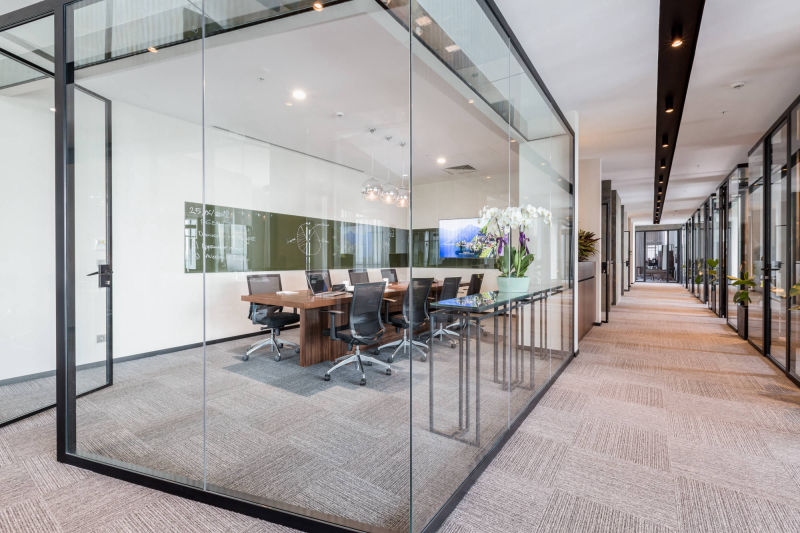 Tumer Onaran Mimarlık
Tumer Onaran Mimarlık
 Kayak Atlama Kulesi - Erzurum
Kayak Atlama Kulesi - Erzurum
 Metro Tunnel Construction - India
Metro Tunnel Construction - India
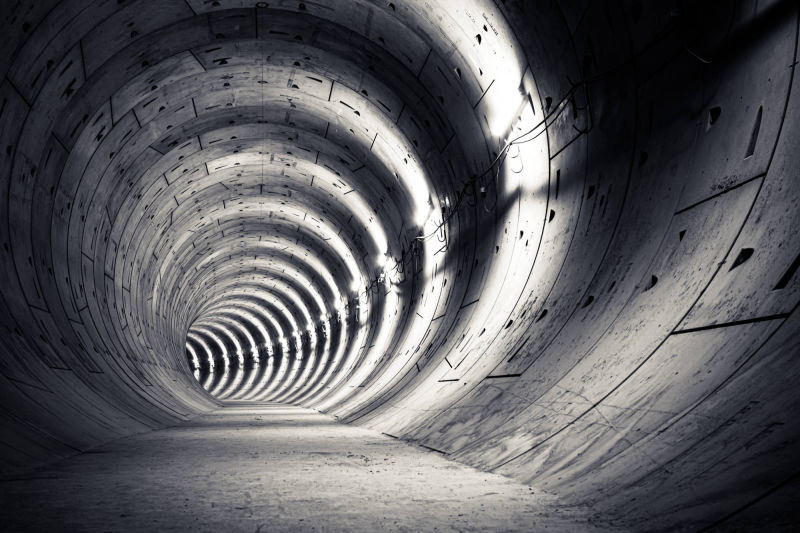 Metro Tunnel Construction - India
Metro Tunnel Construction - India
 Haliç Köprüsü - İstanbul
Haliç Köprüsü - İstanbul
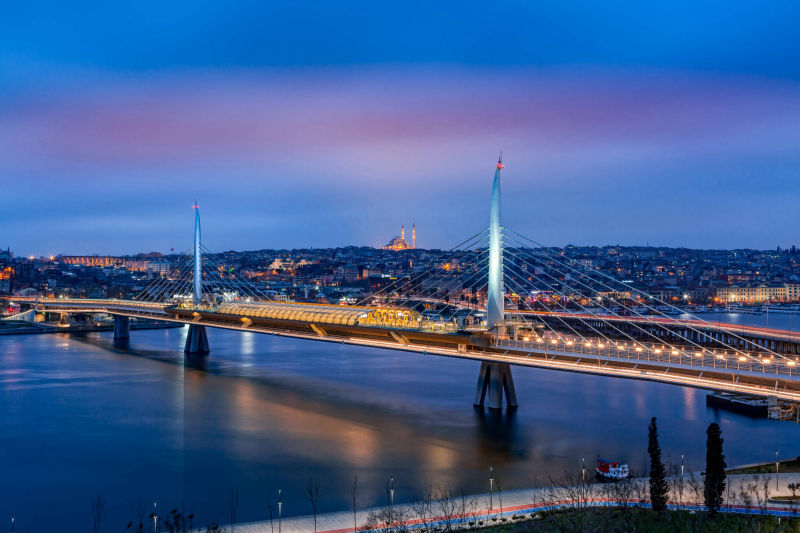 Haliç Köprüsü - İstanbul
Haliç Köprüsü - İstanbul
 Sun Seeker Predator 84 - Didim
Sun Seeker Predator 84 - Didim
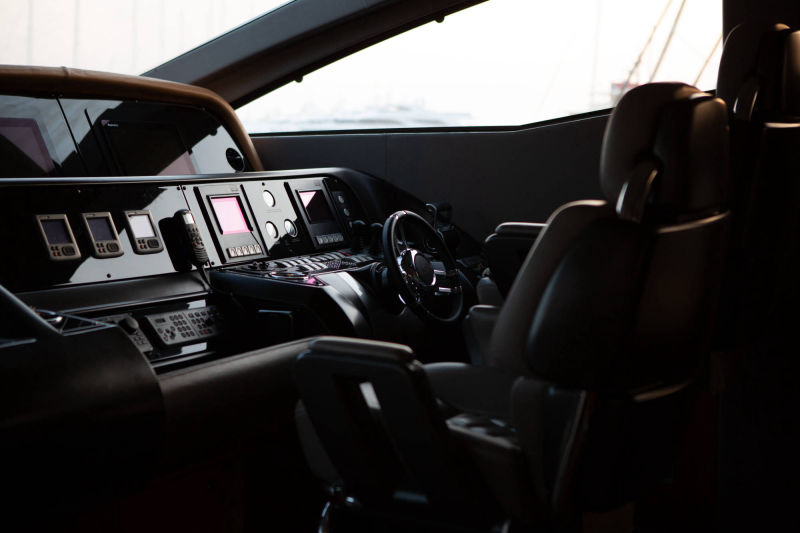 Sun Seeker Predator 84 - Didim
Sun Seeker Predator 84 - Didim
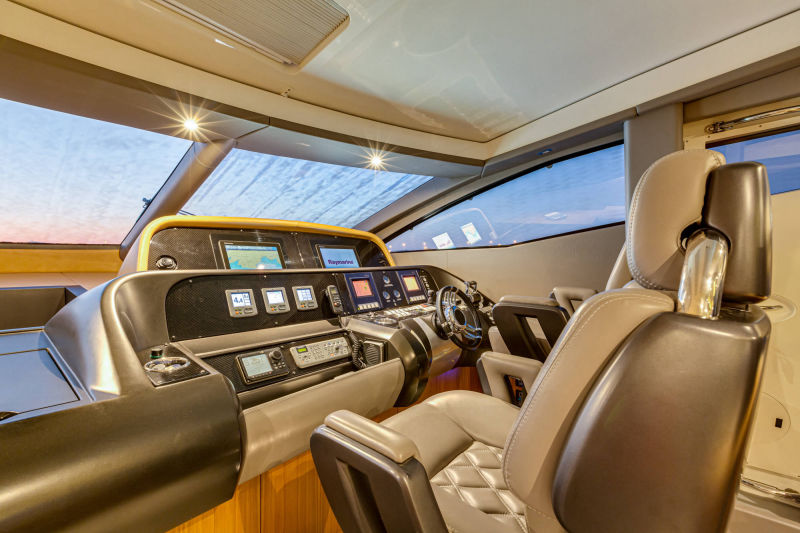 Sun Seeker Predator 84 - Didim
Sun Seeker Predator 84 - Didim
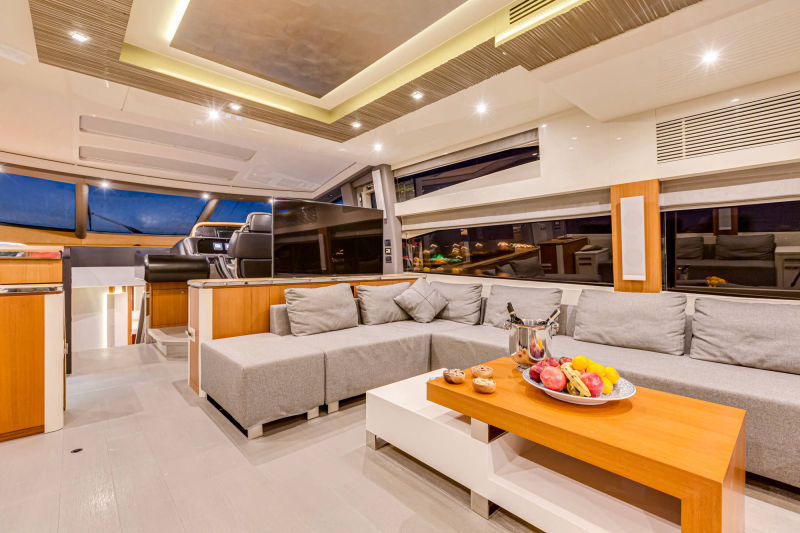 Sun Seeker Predator 84 - Didim
Sun Seeker Predator 84 - Didim
 Tarkett
Tarkett
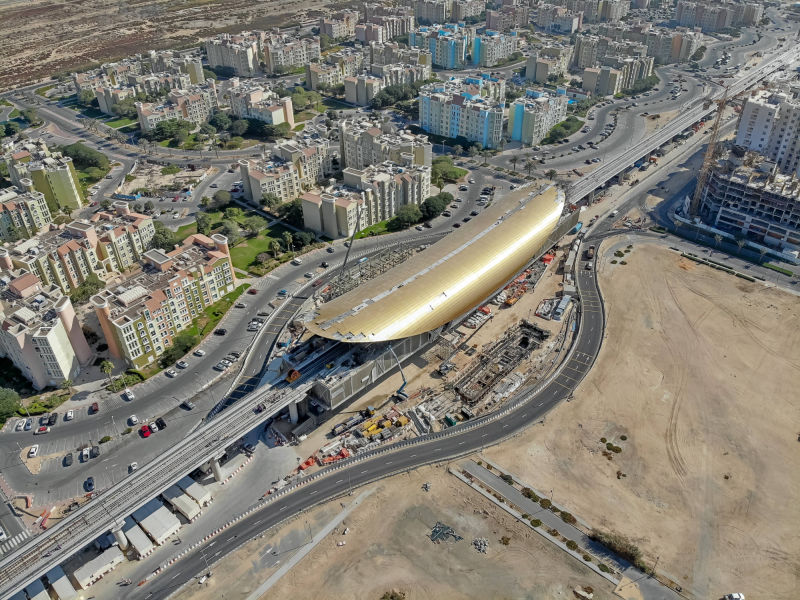 Expo2020 - Dubai
Expo2020 - Dubai
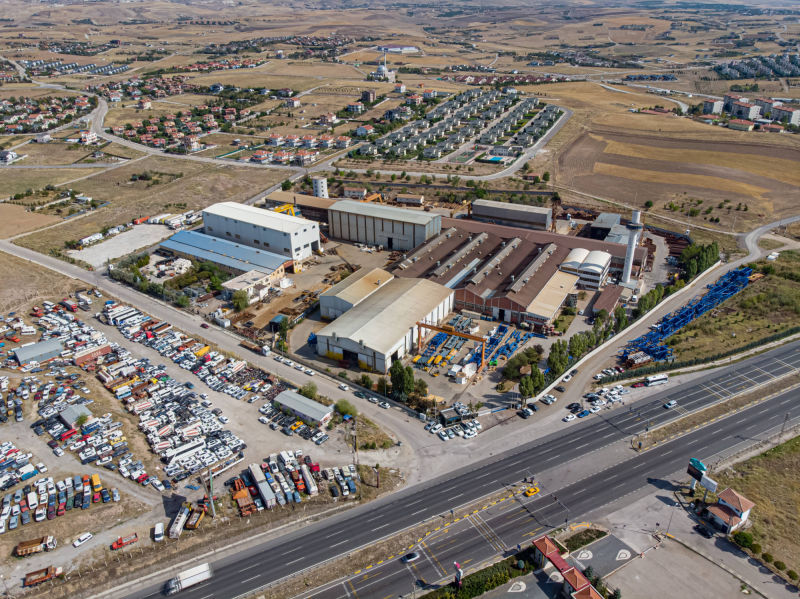 Gulermak - Ankara
Gulermak - Ankara
 Expo2020 - Dubai
Expo2020 - Dubai
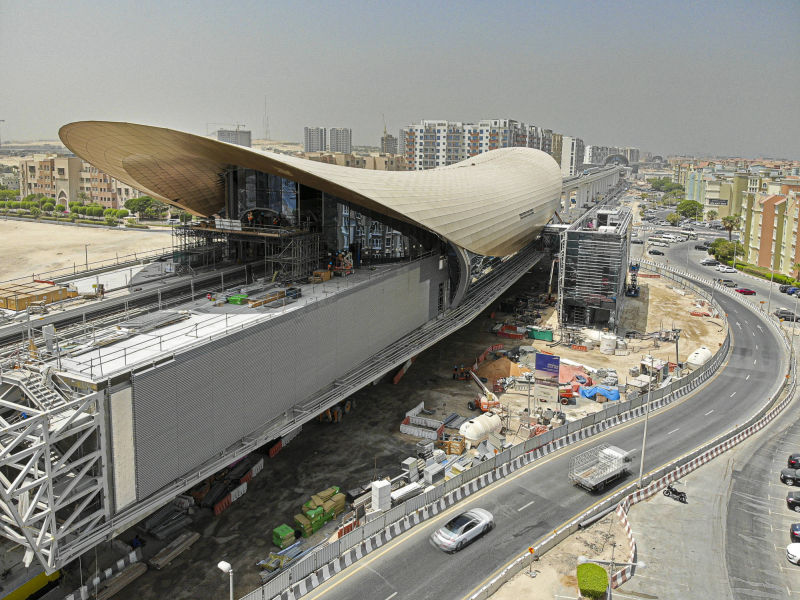 Expo2020 - Dubai
Expo2020 - Dubai
 Deco|Vita
Deco|Vita
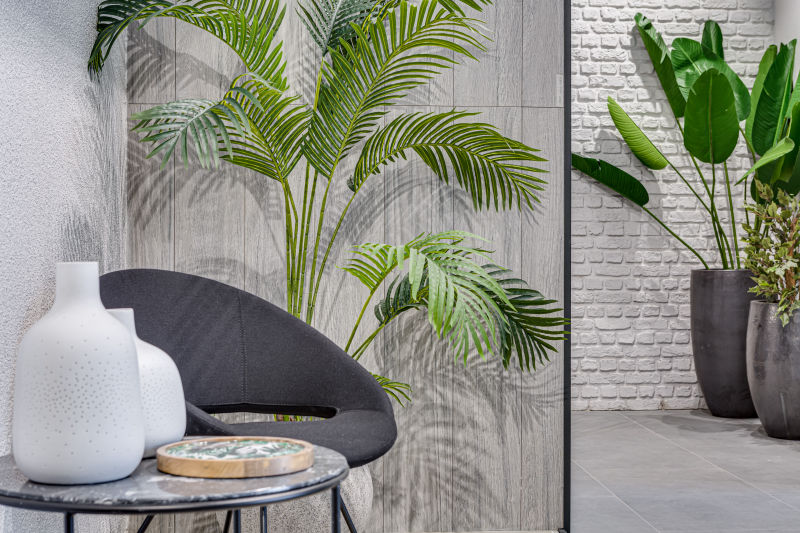 Deco|Vita
Deco|Vita
 Ilica Hotel Cesme
Ilica Hotel Cesme
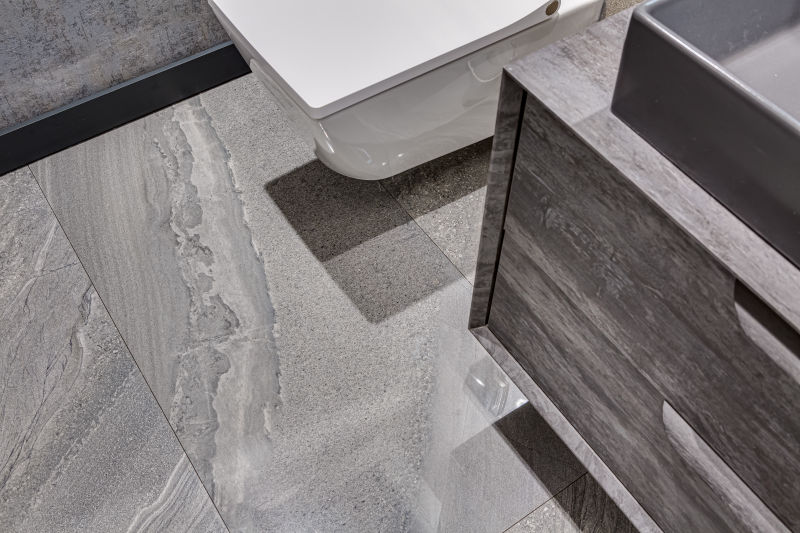 Deco|Vita
Deco|Vita
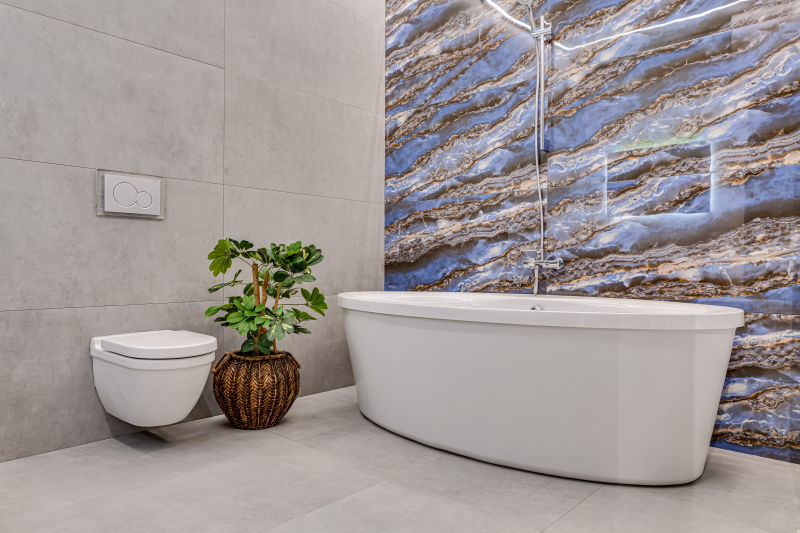 Deco|Vita
Deco|Vita
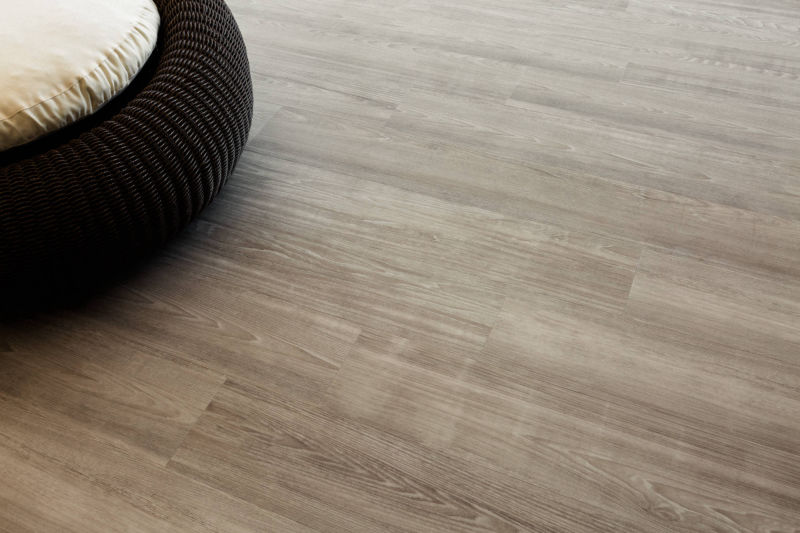 Tarkett
Tarkett
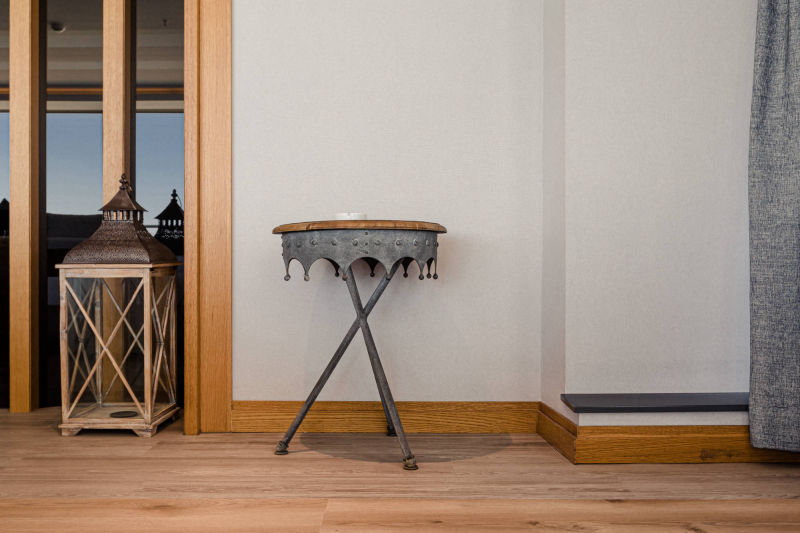 Ilica Hotel Cesme
Ilica Hotel Cesme
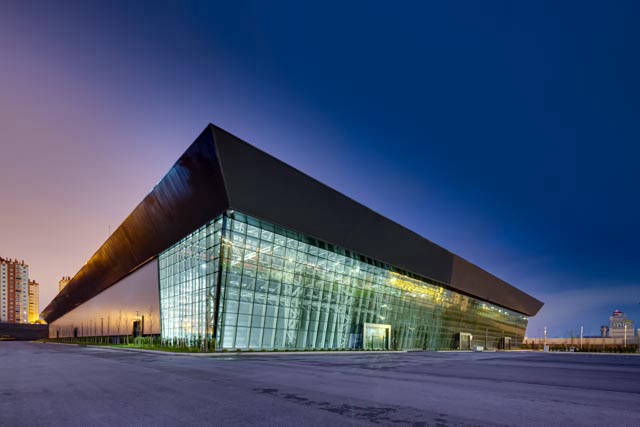 Tuyap Kayseri - Cortizo
Tuyap Kayseri - Cortizo
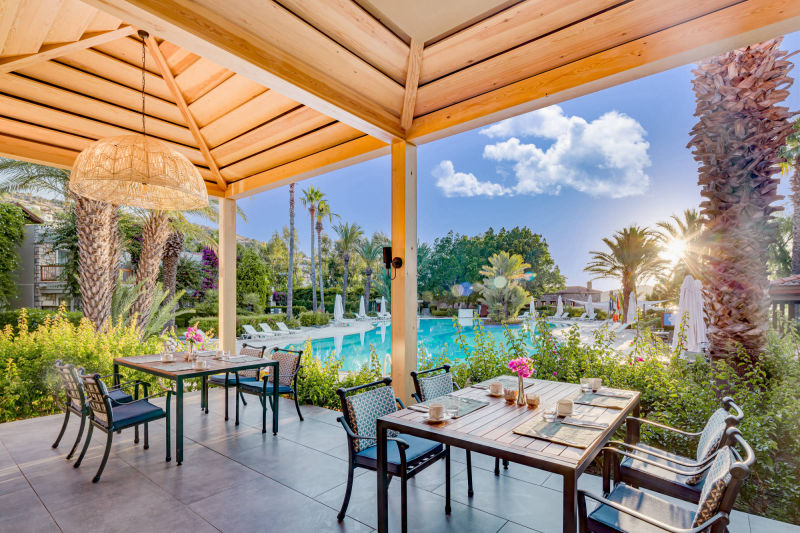 Divan Otel Bodrum
Divan Otel Bodrum
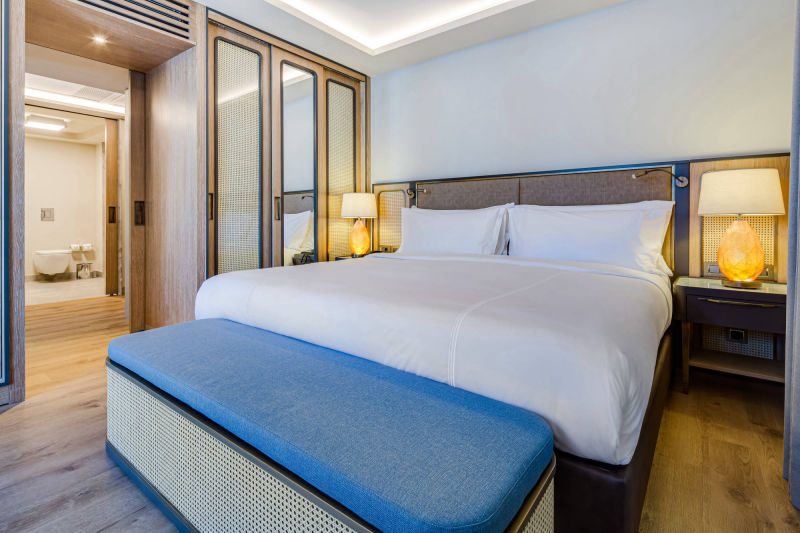 Divan Otel Bodrum
Divan Otel Bodrum
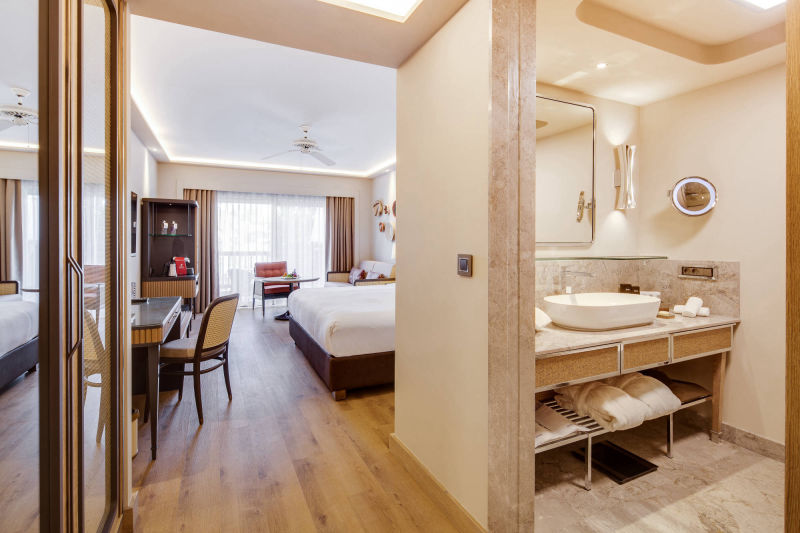 Divan Otel Bodrum
Divan Otel Bodrum
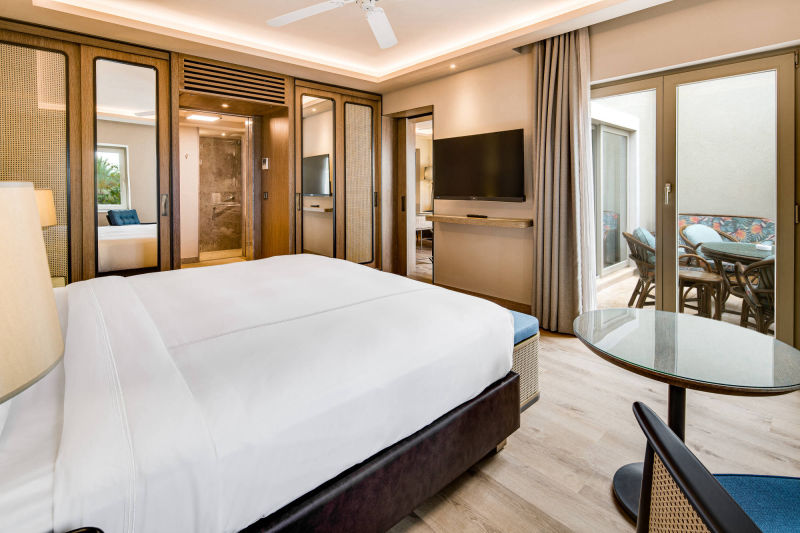 Divan Otel Bodrum
Divan Otel Bodrum
 Divan Otel Bodrum
Divan Otel Bodrum
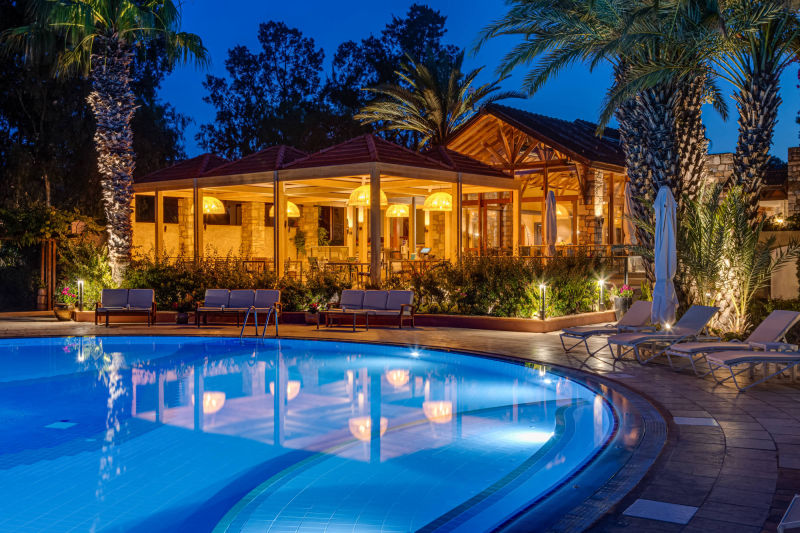 Divan Otel Bodrum
Divan Otel Bodrum
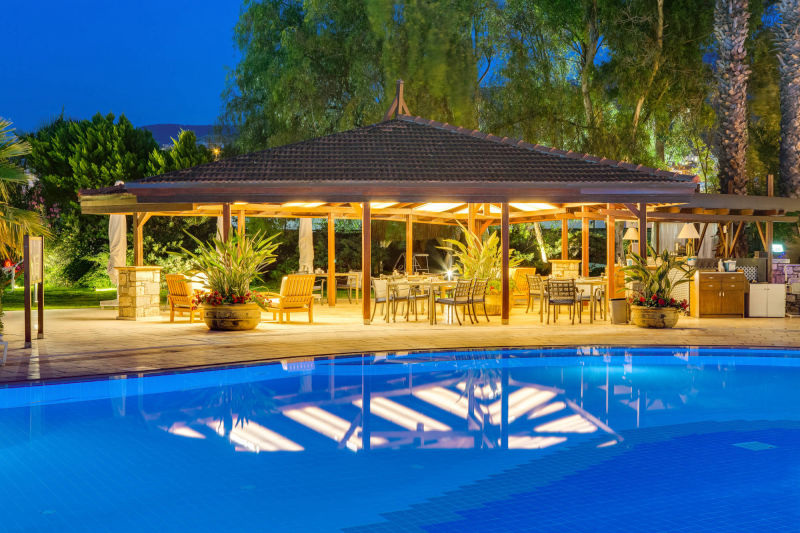 Divan Otel Bodrum
Divan Otel Bodrum
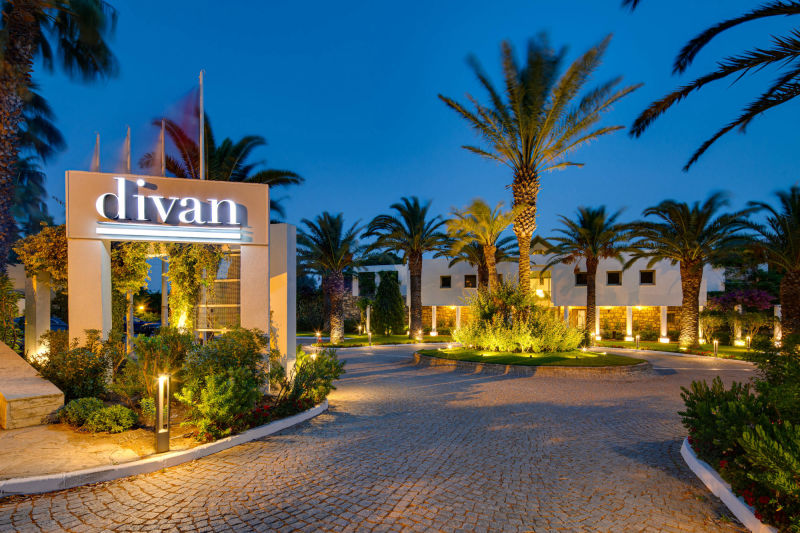 Divan Otel Bodrum
Divan Otel Bodrum
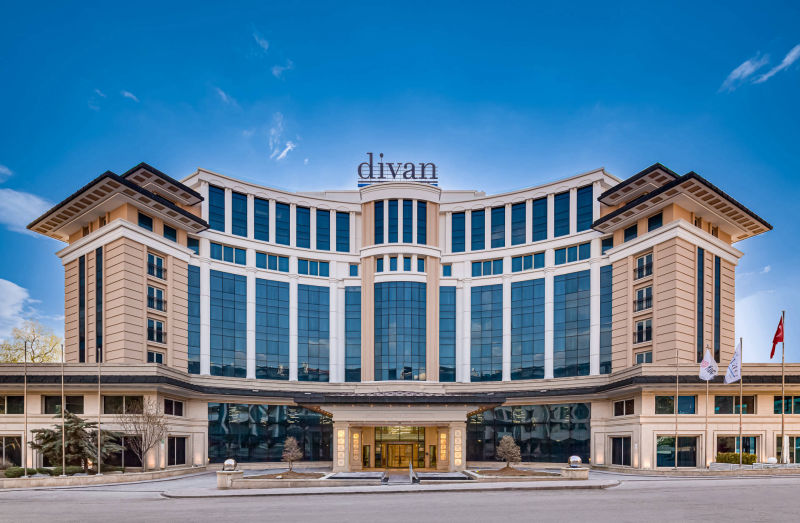 Divan Ankara Otel
Divan Ankara Otel
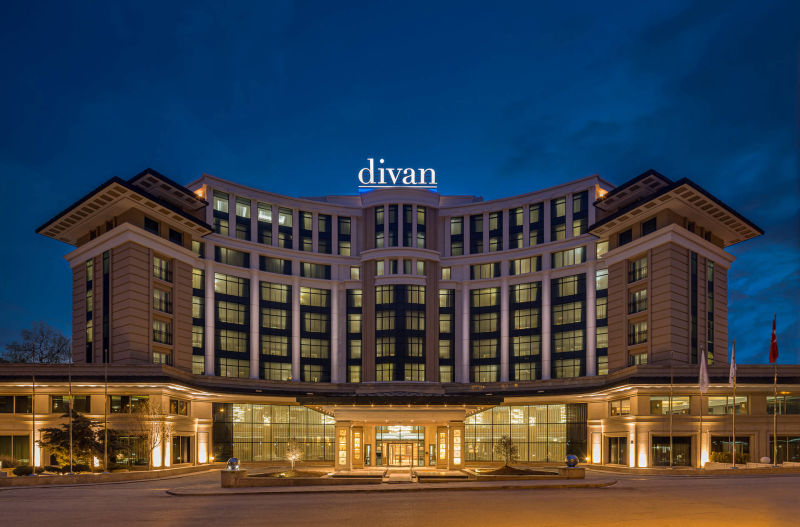 Divan Ankara Otel
Divan Ankara Otel
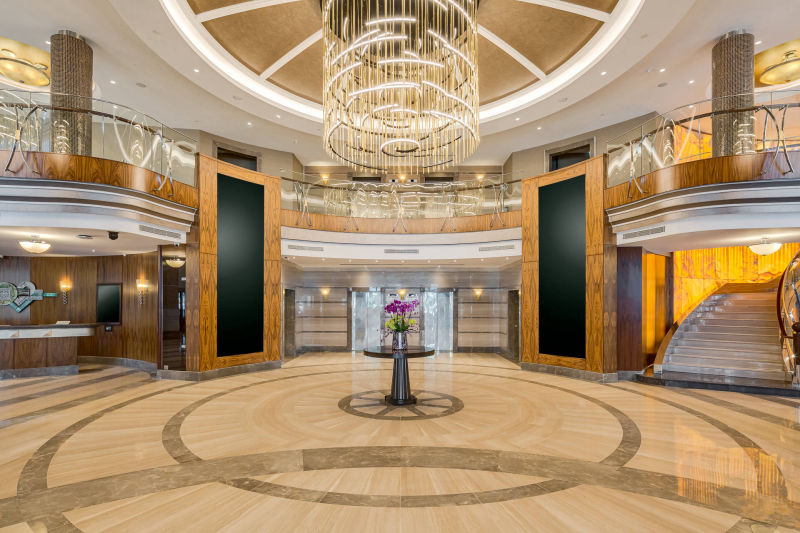 Divan Ankara Otel
Divan Ankara Otel
 Divan Ankara Otel
Divan Ankara Otel
